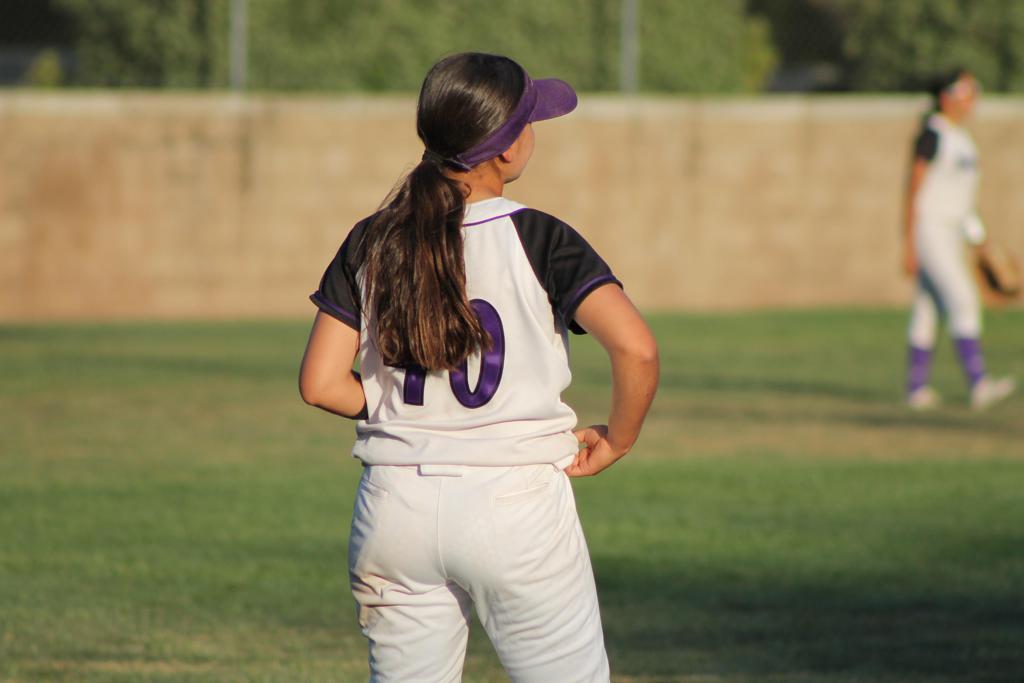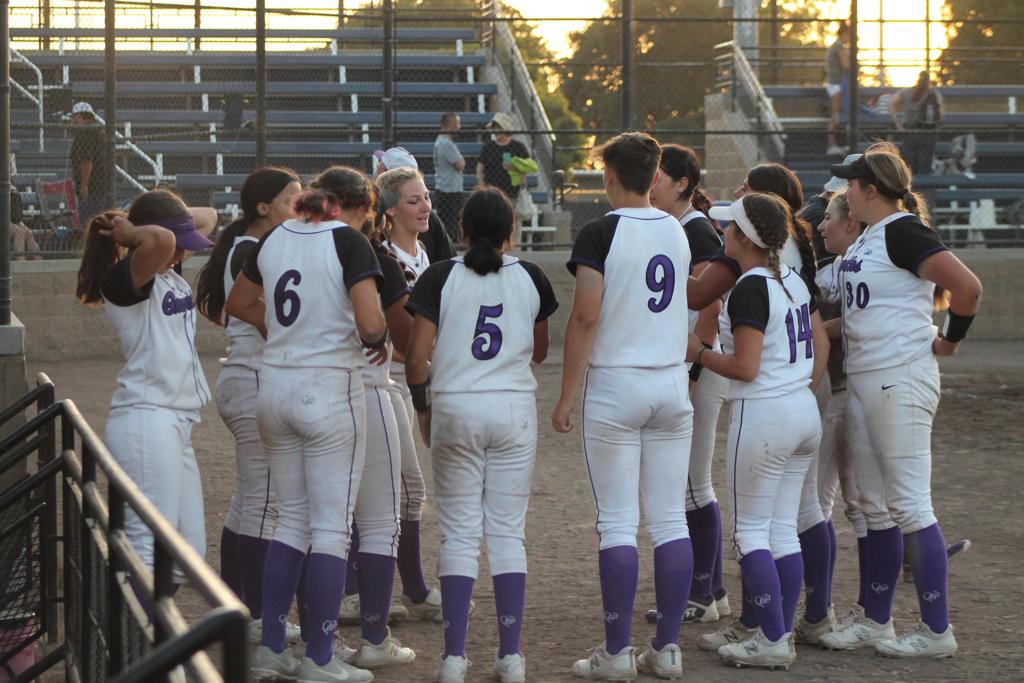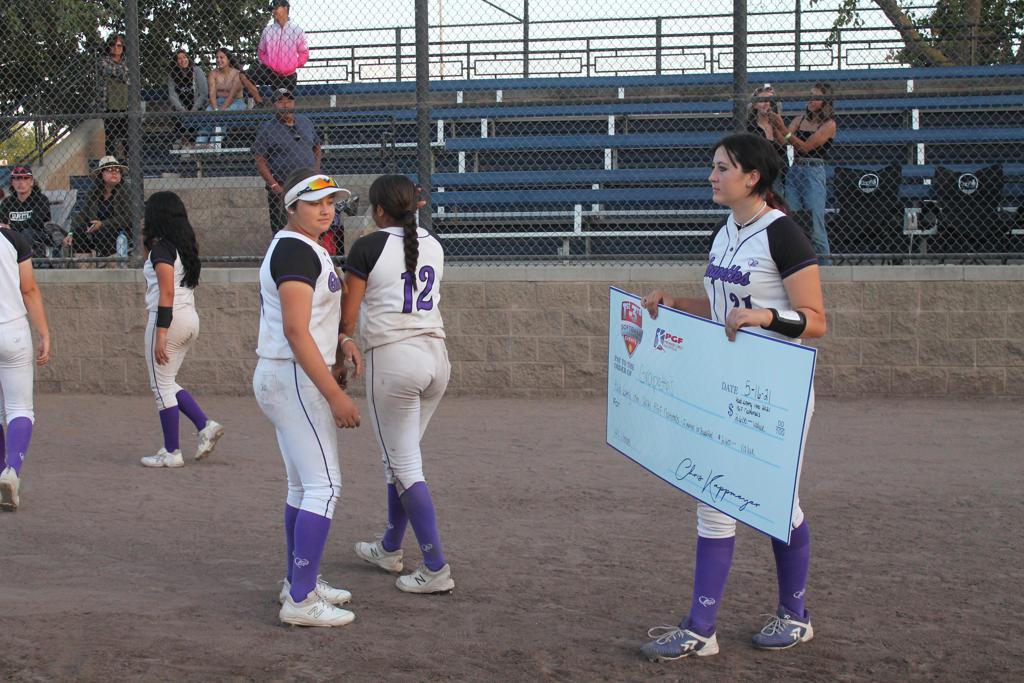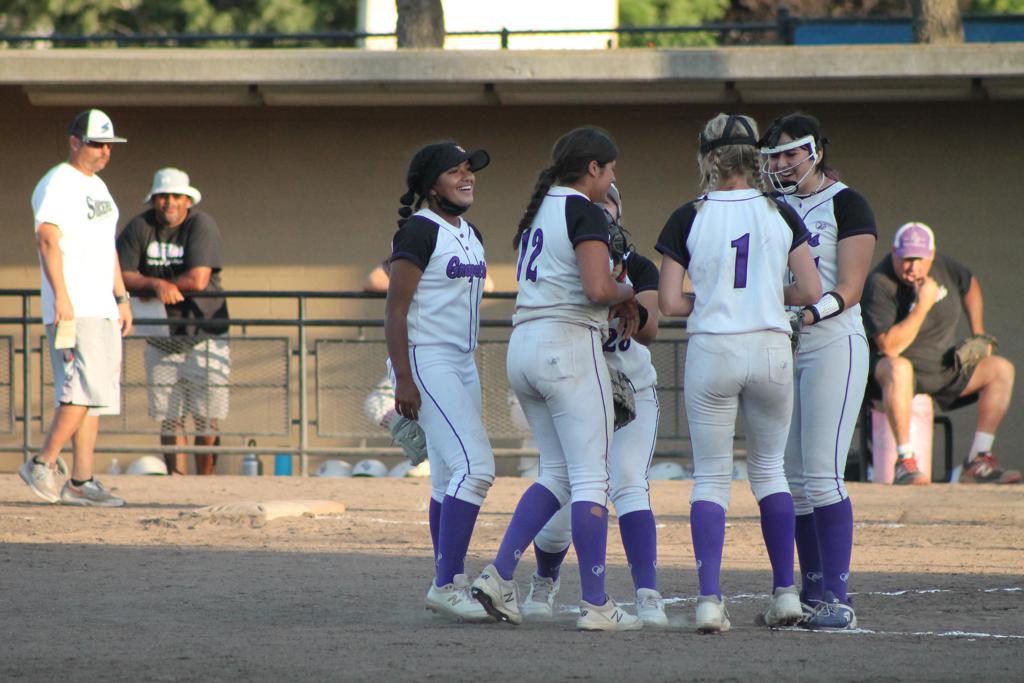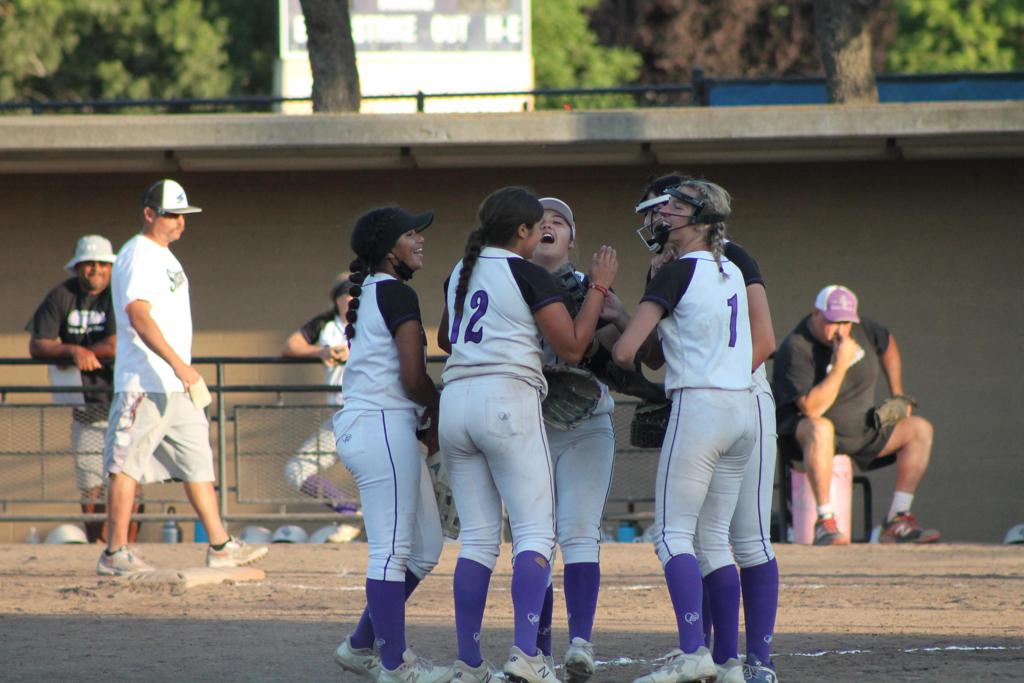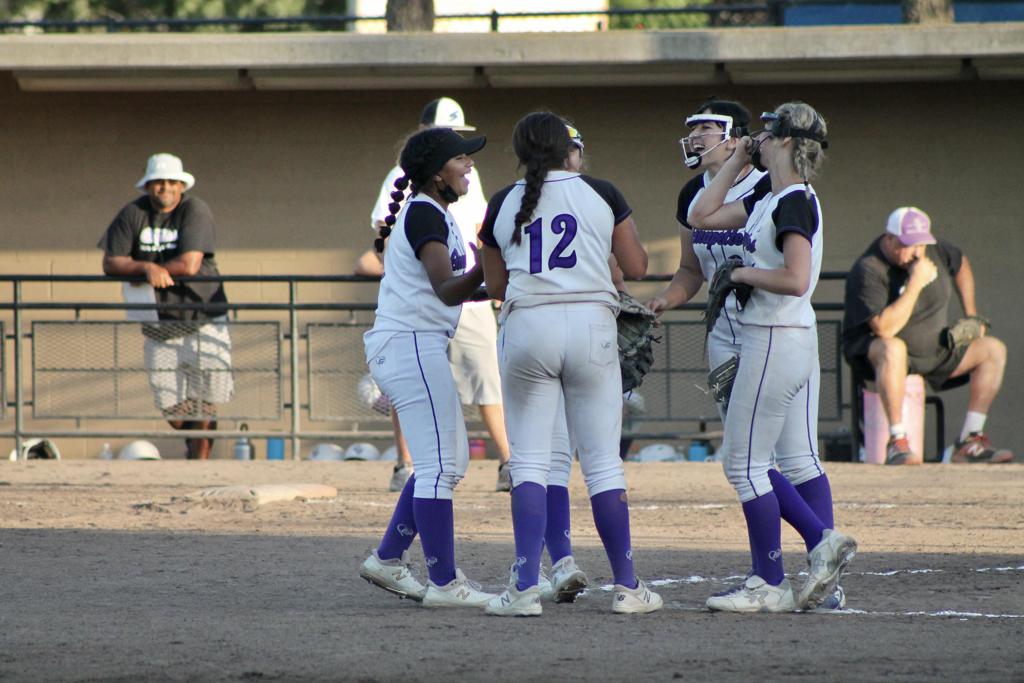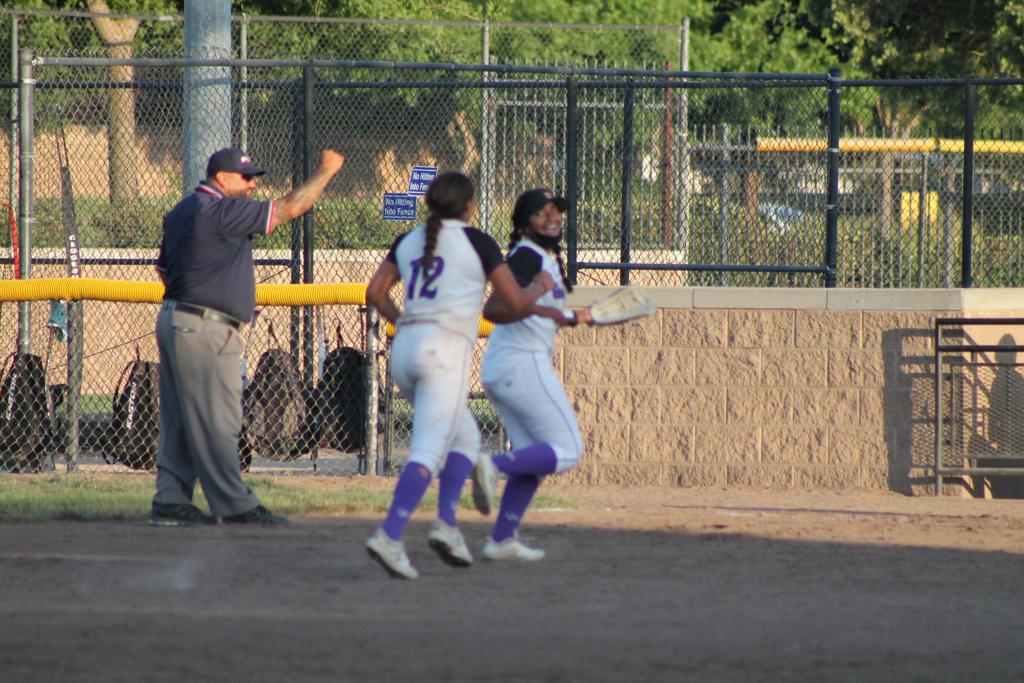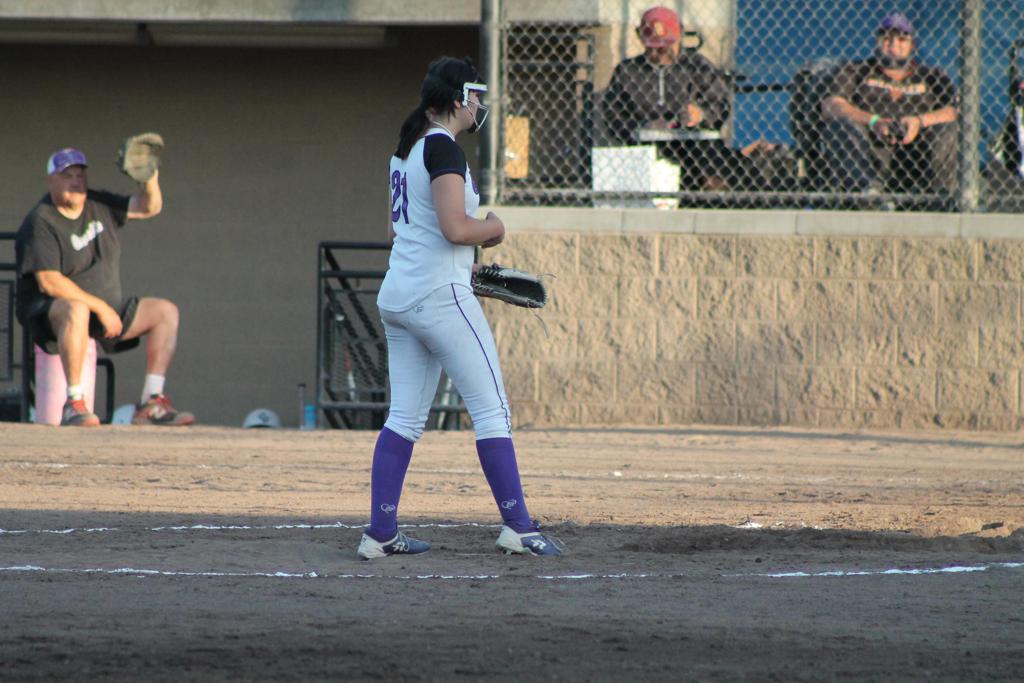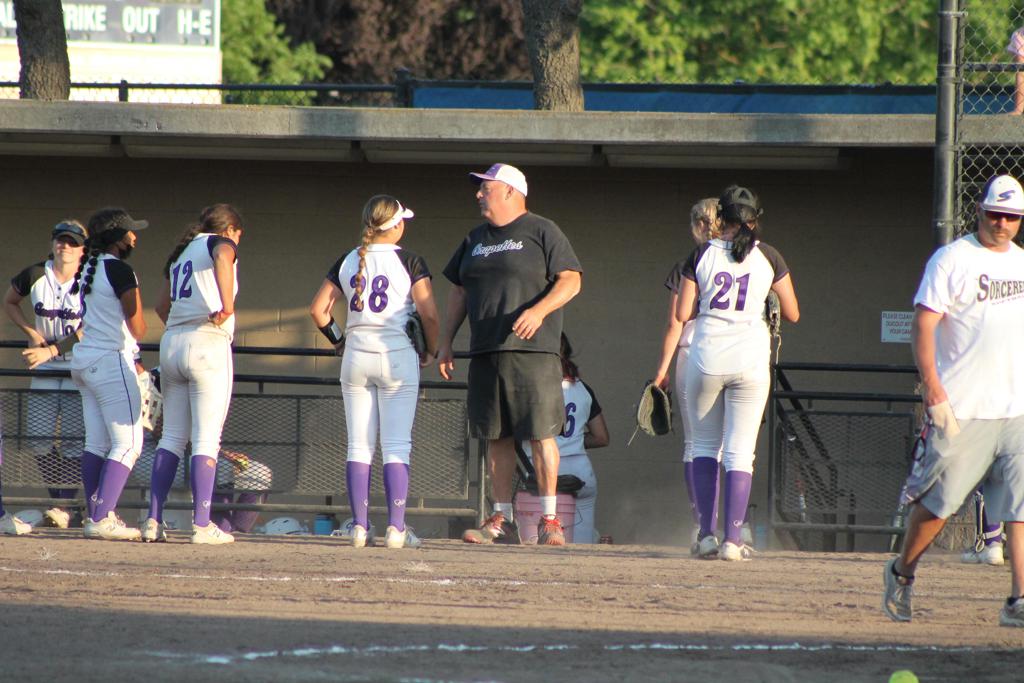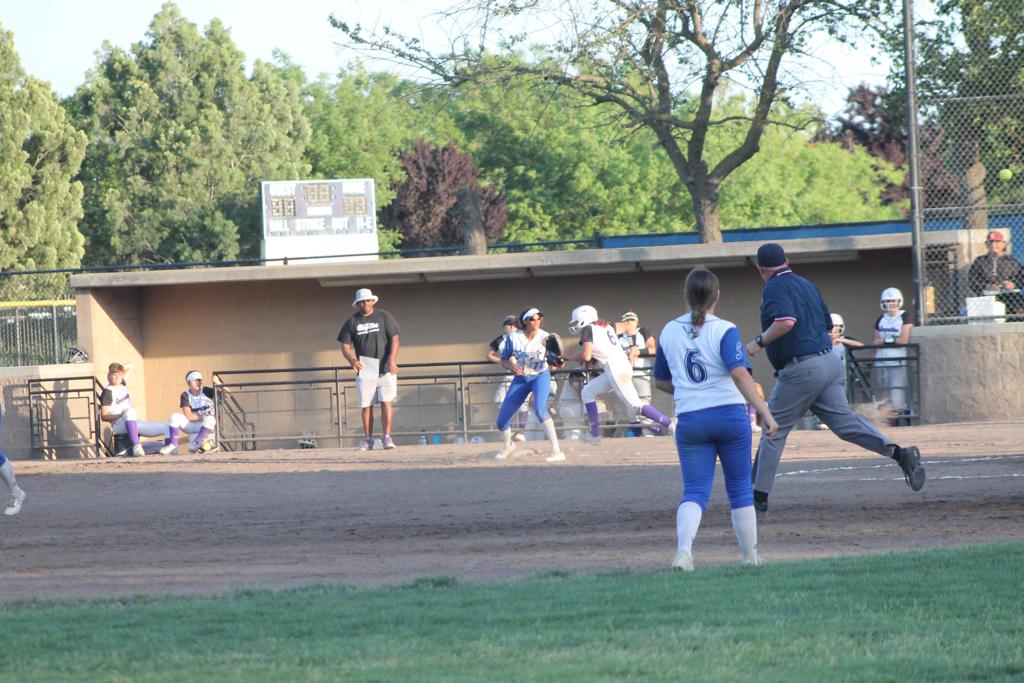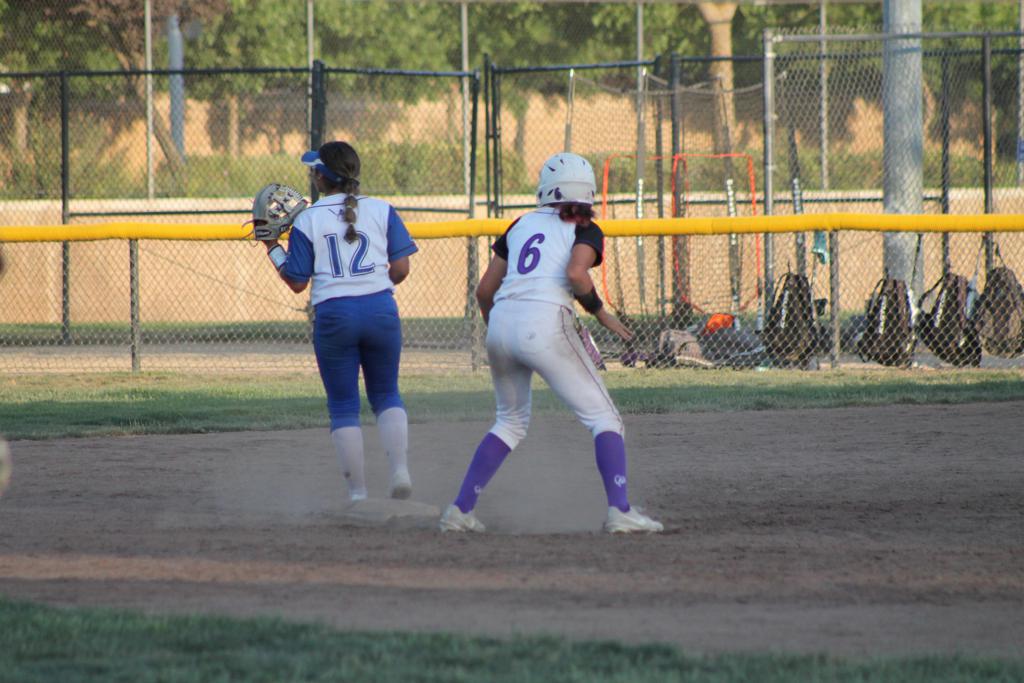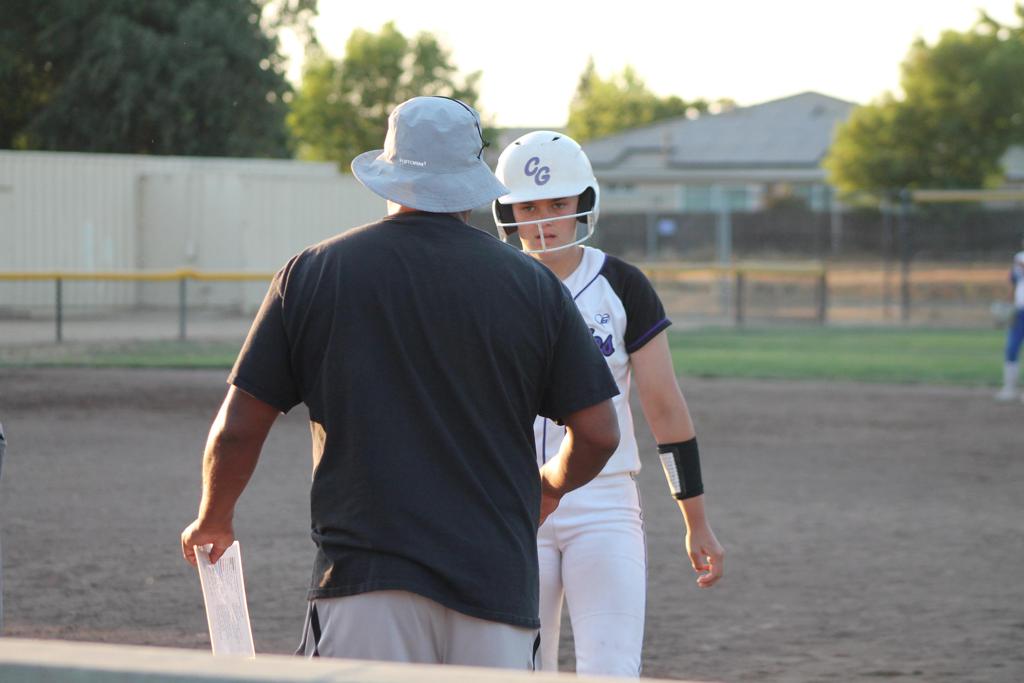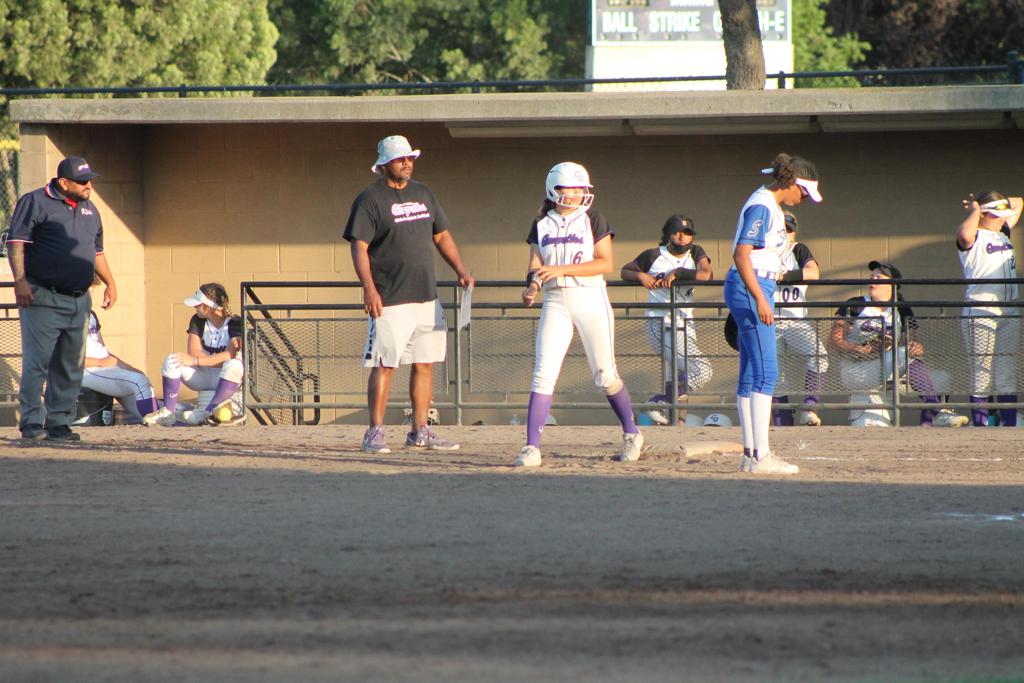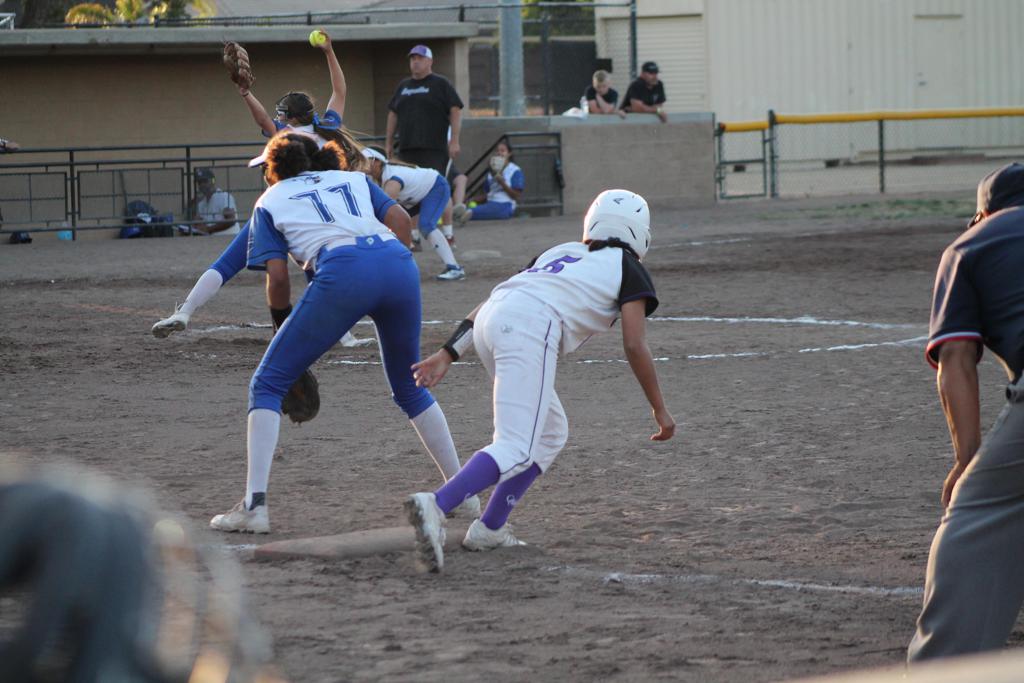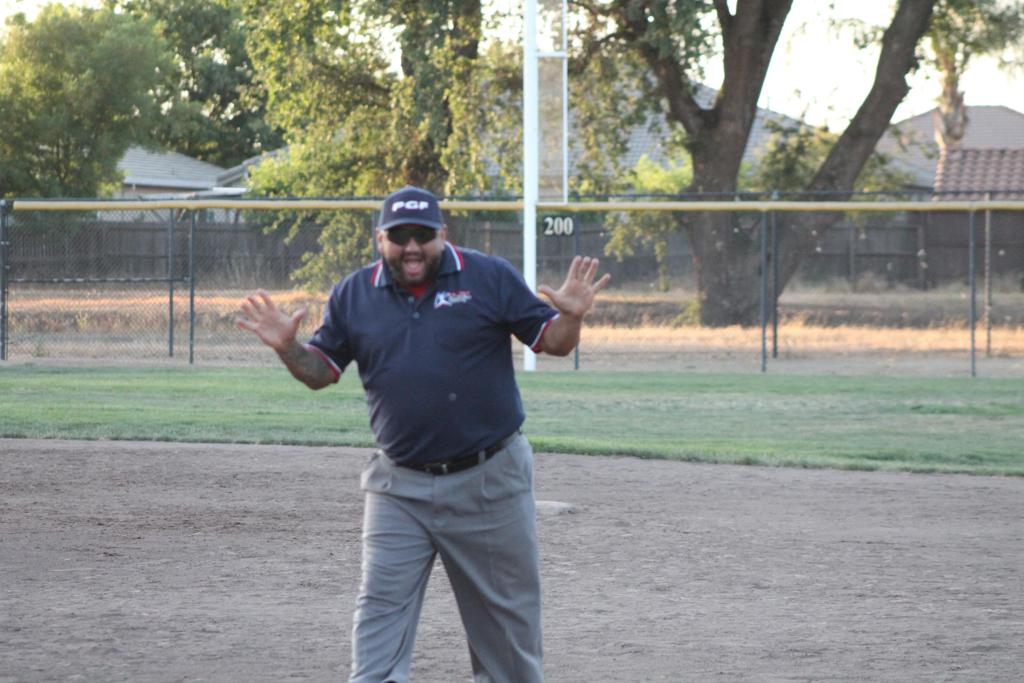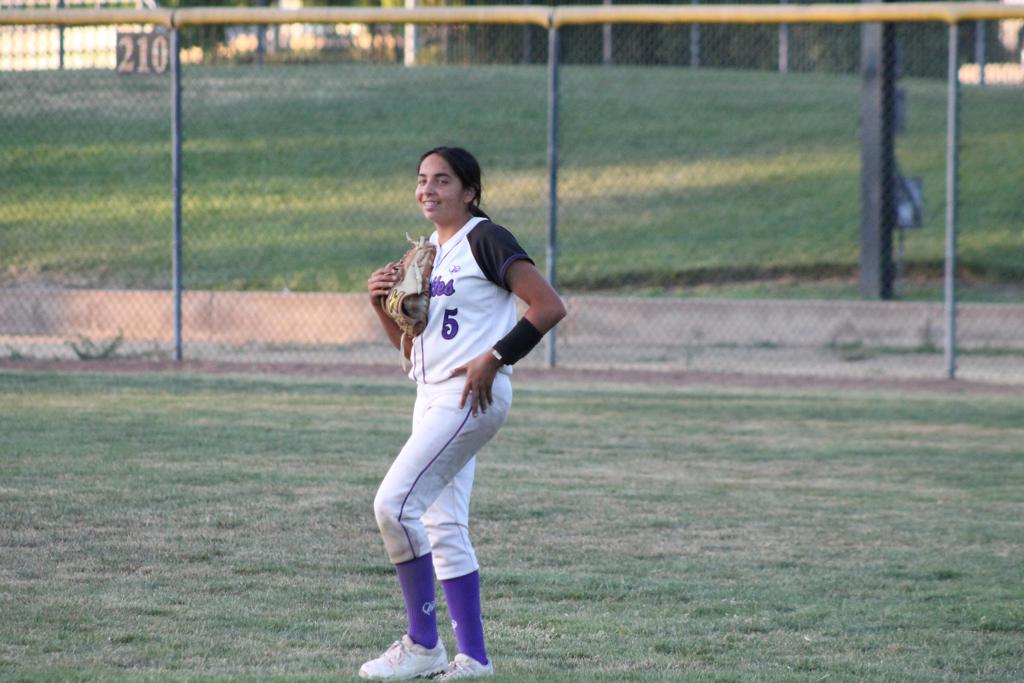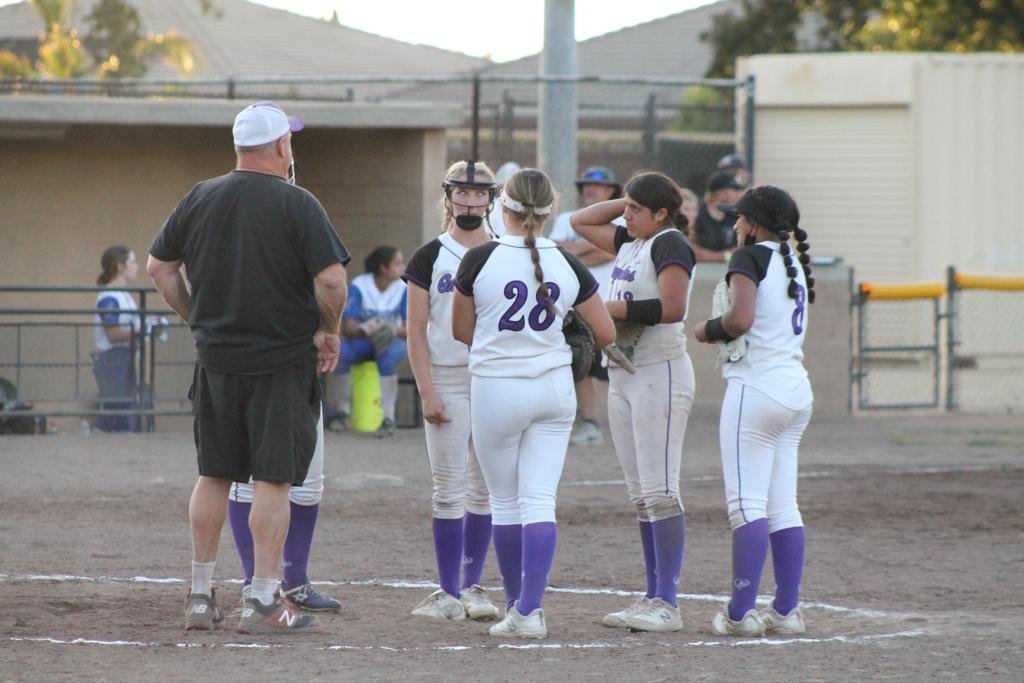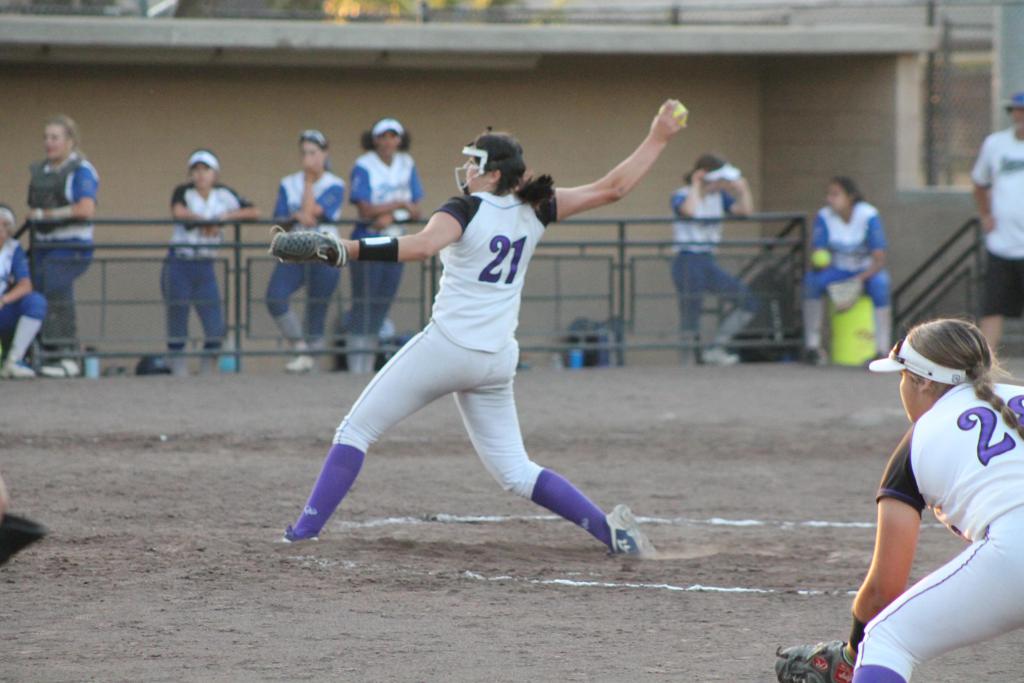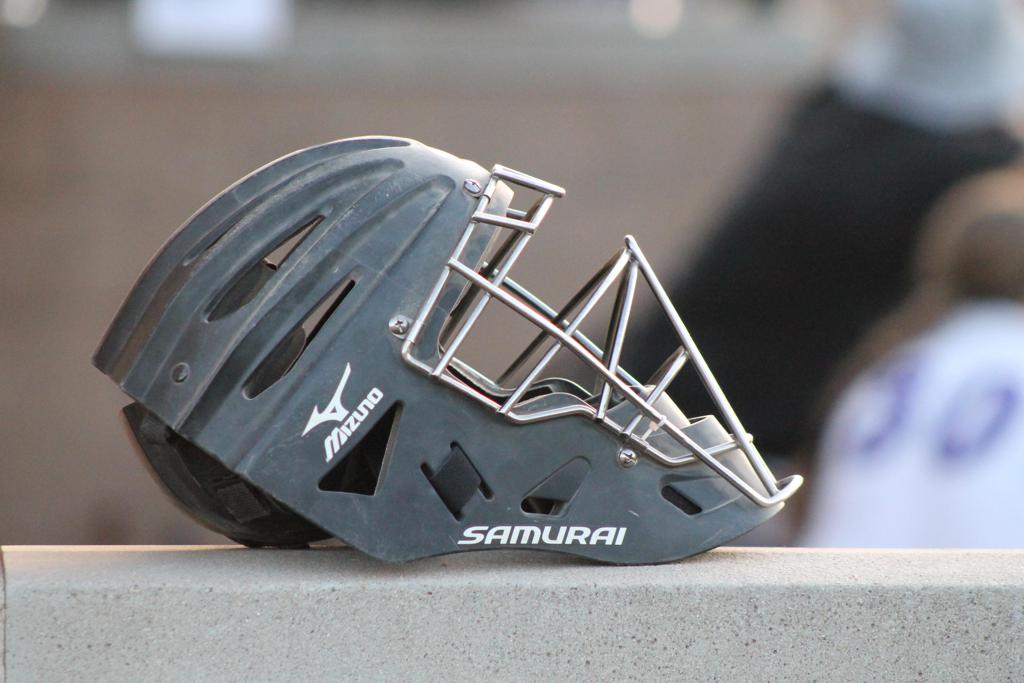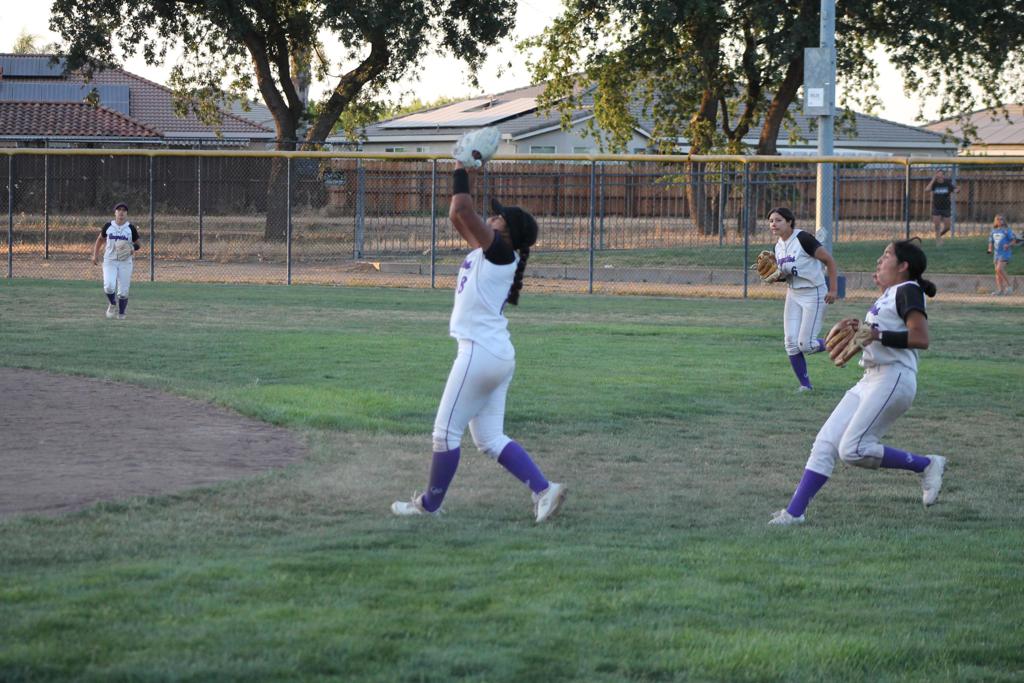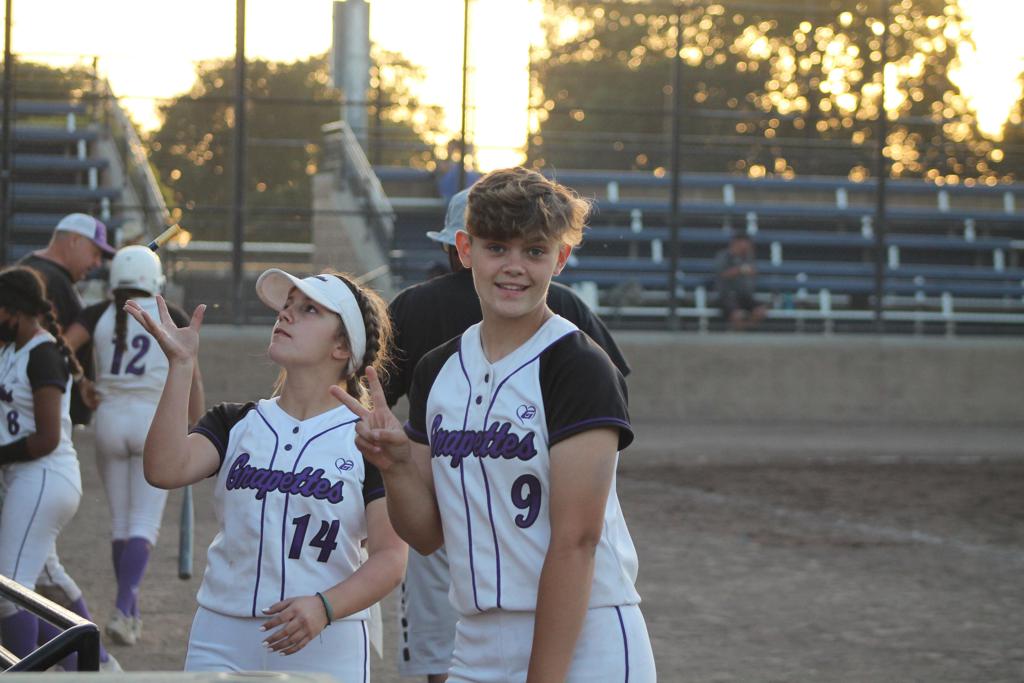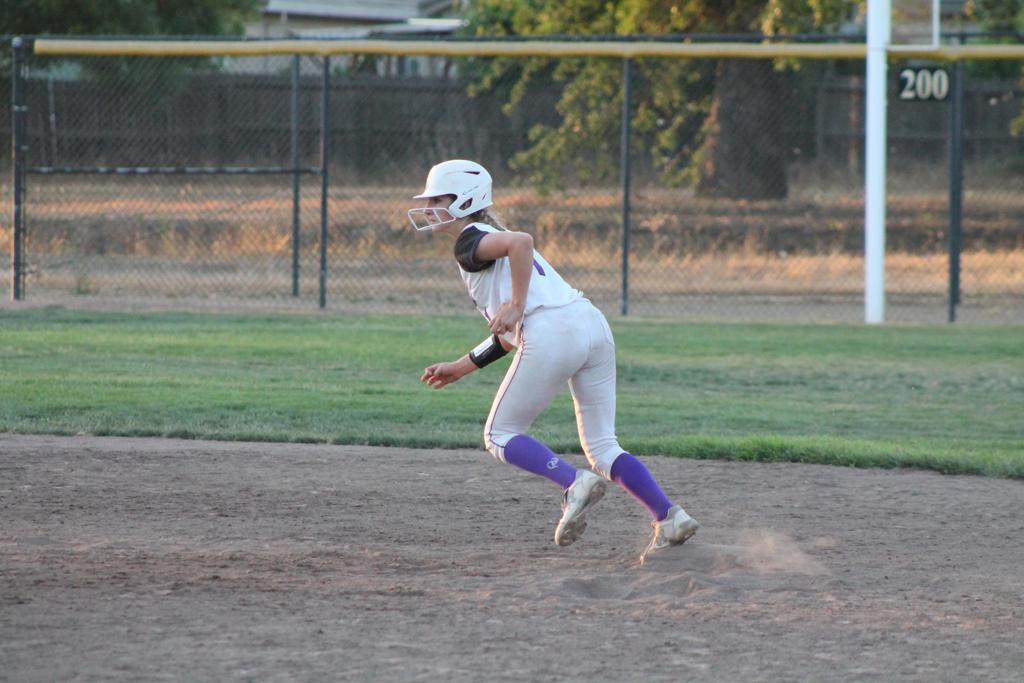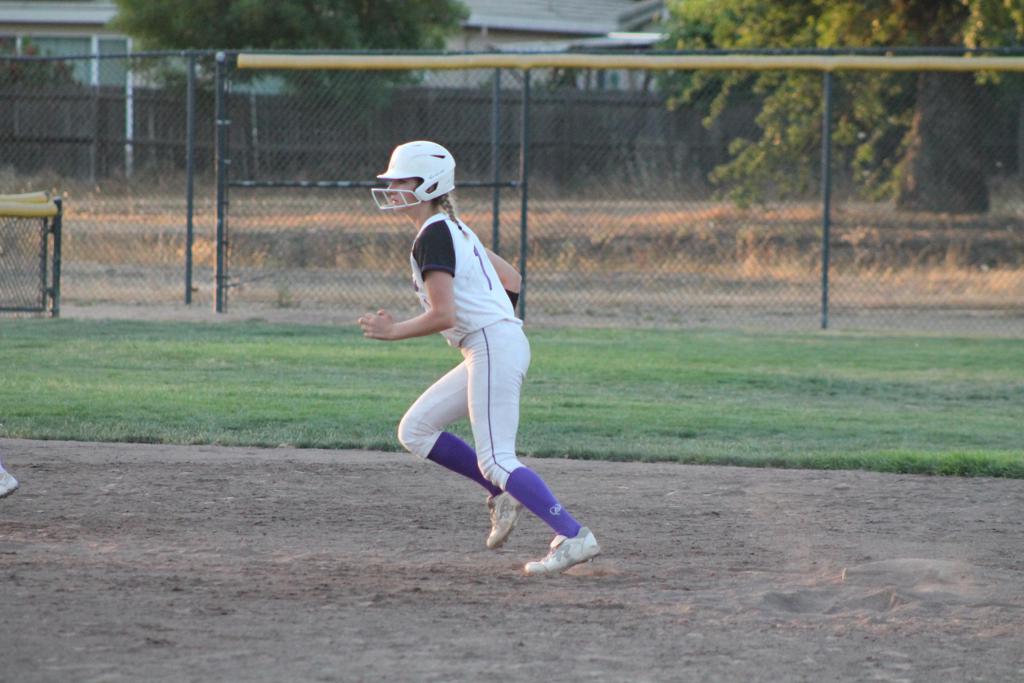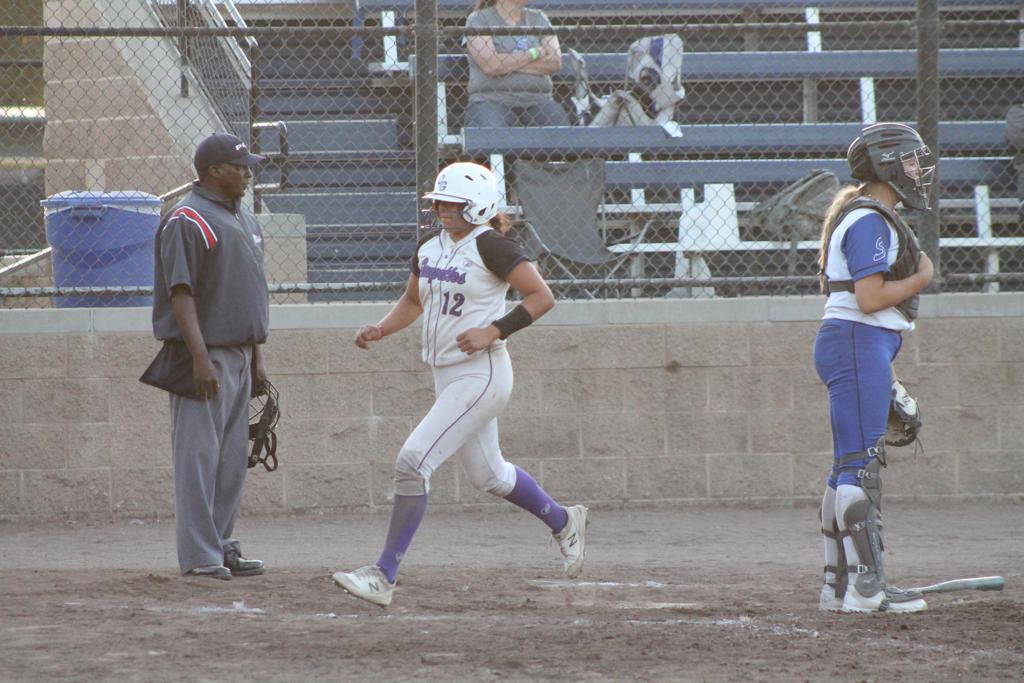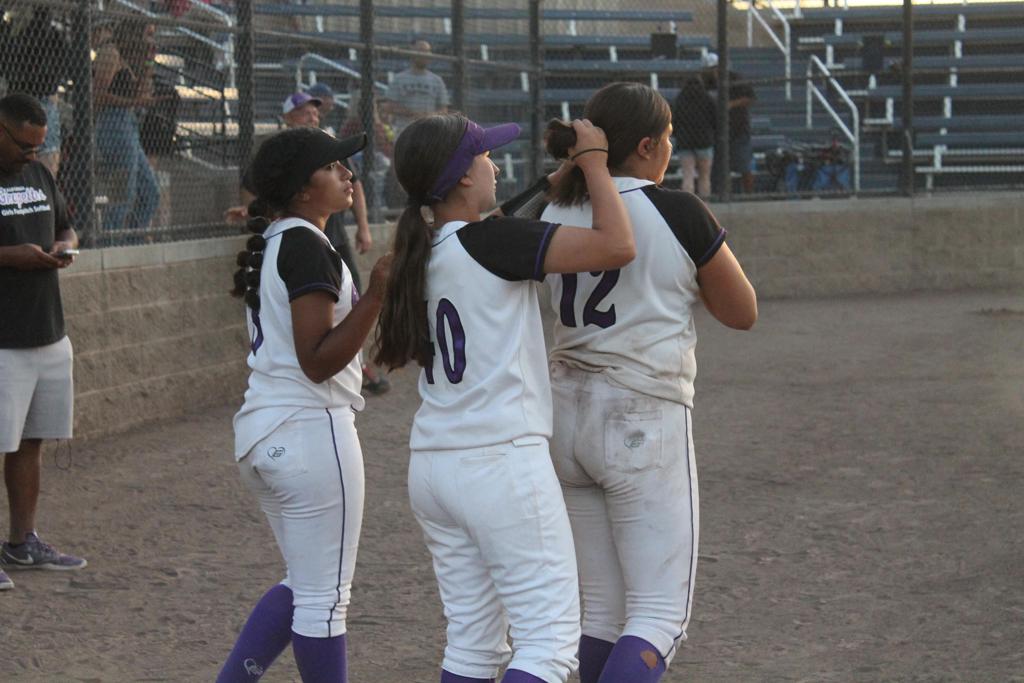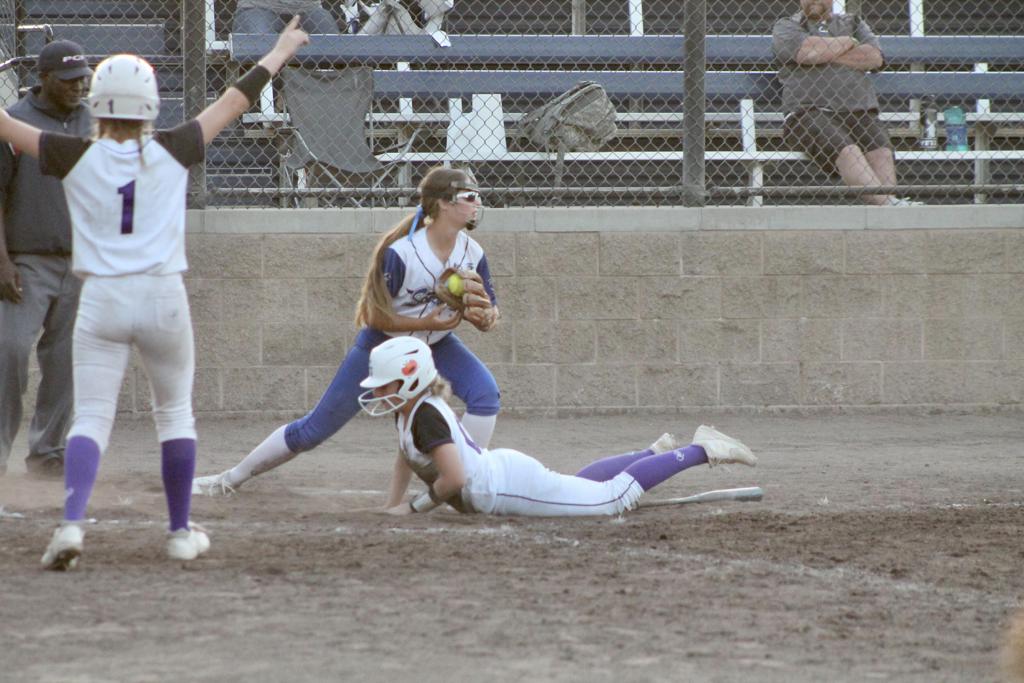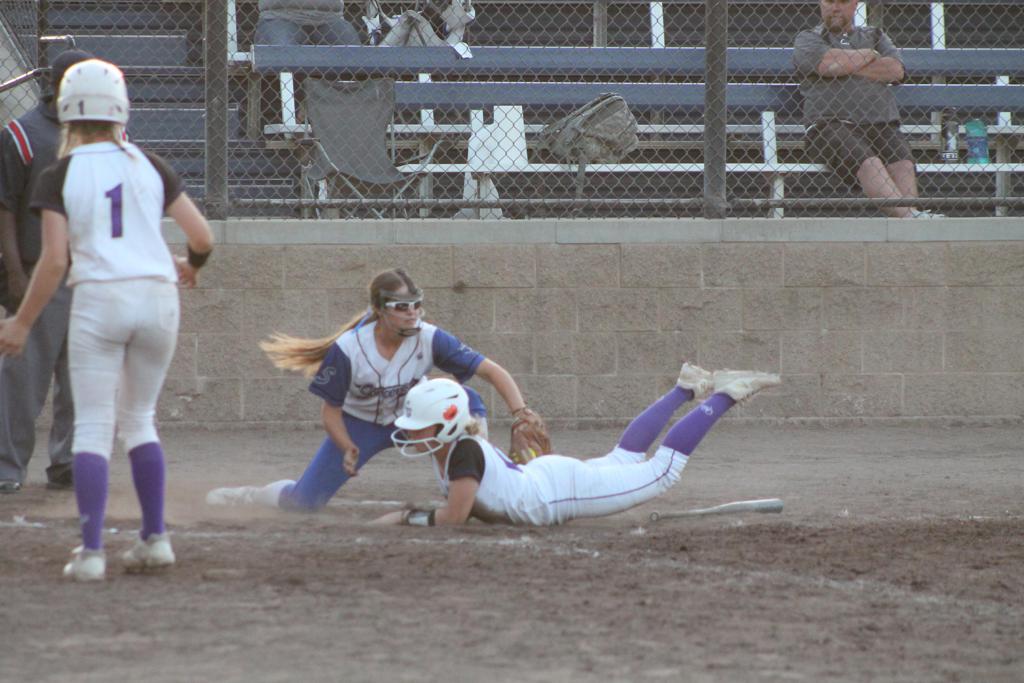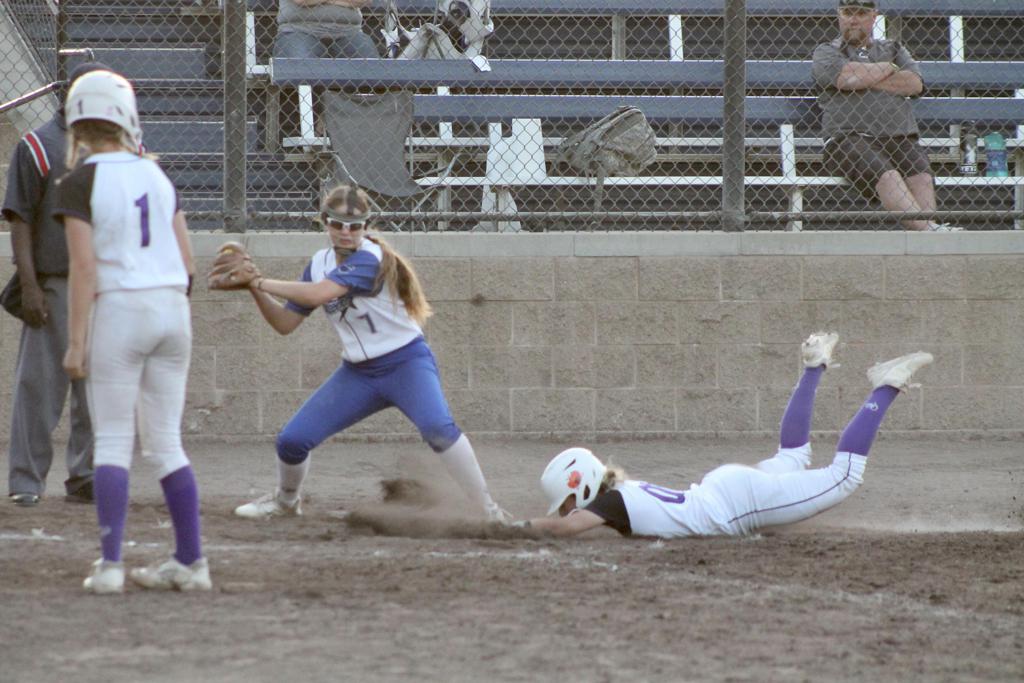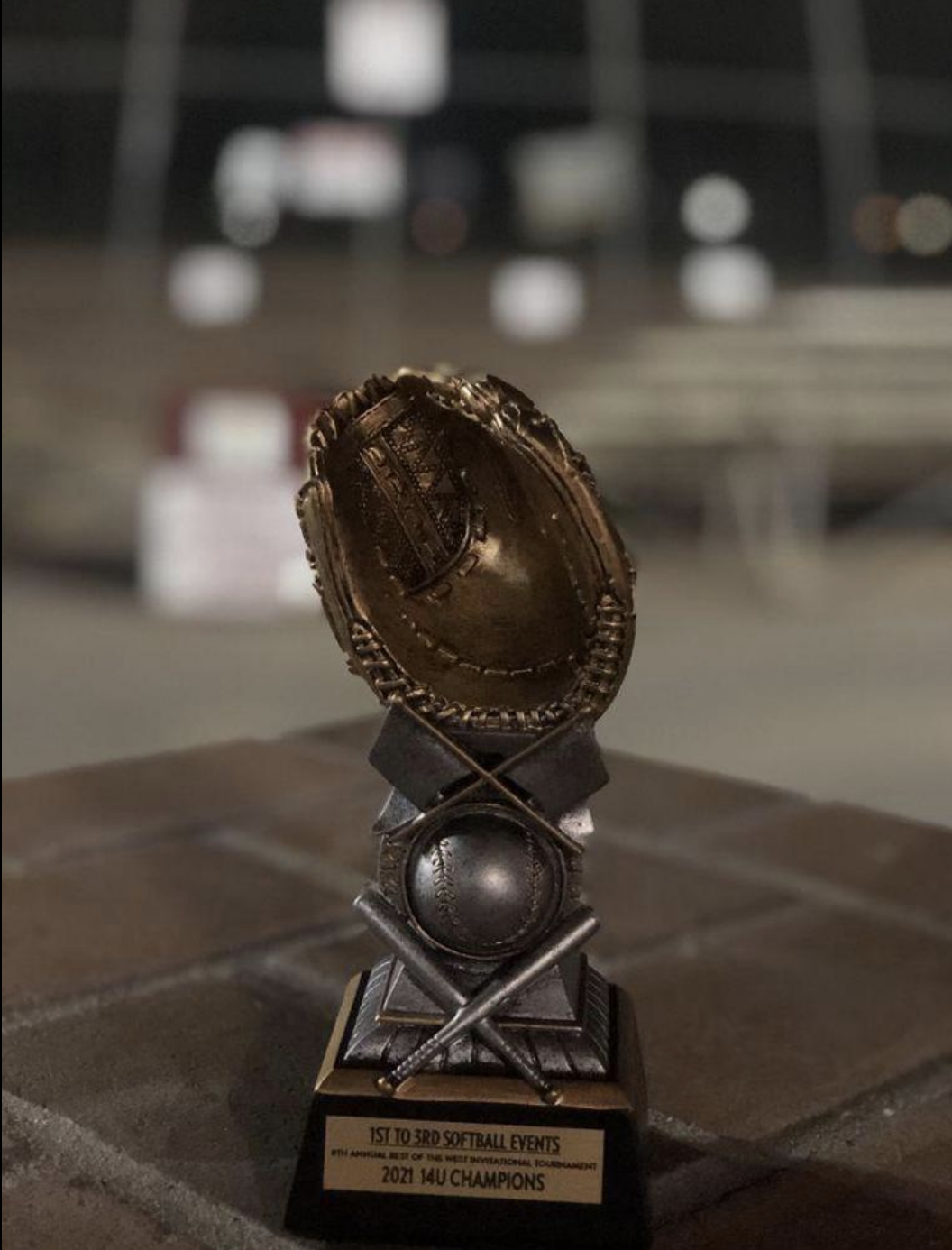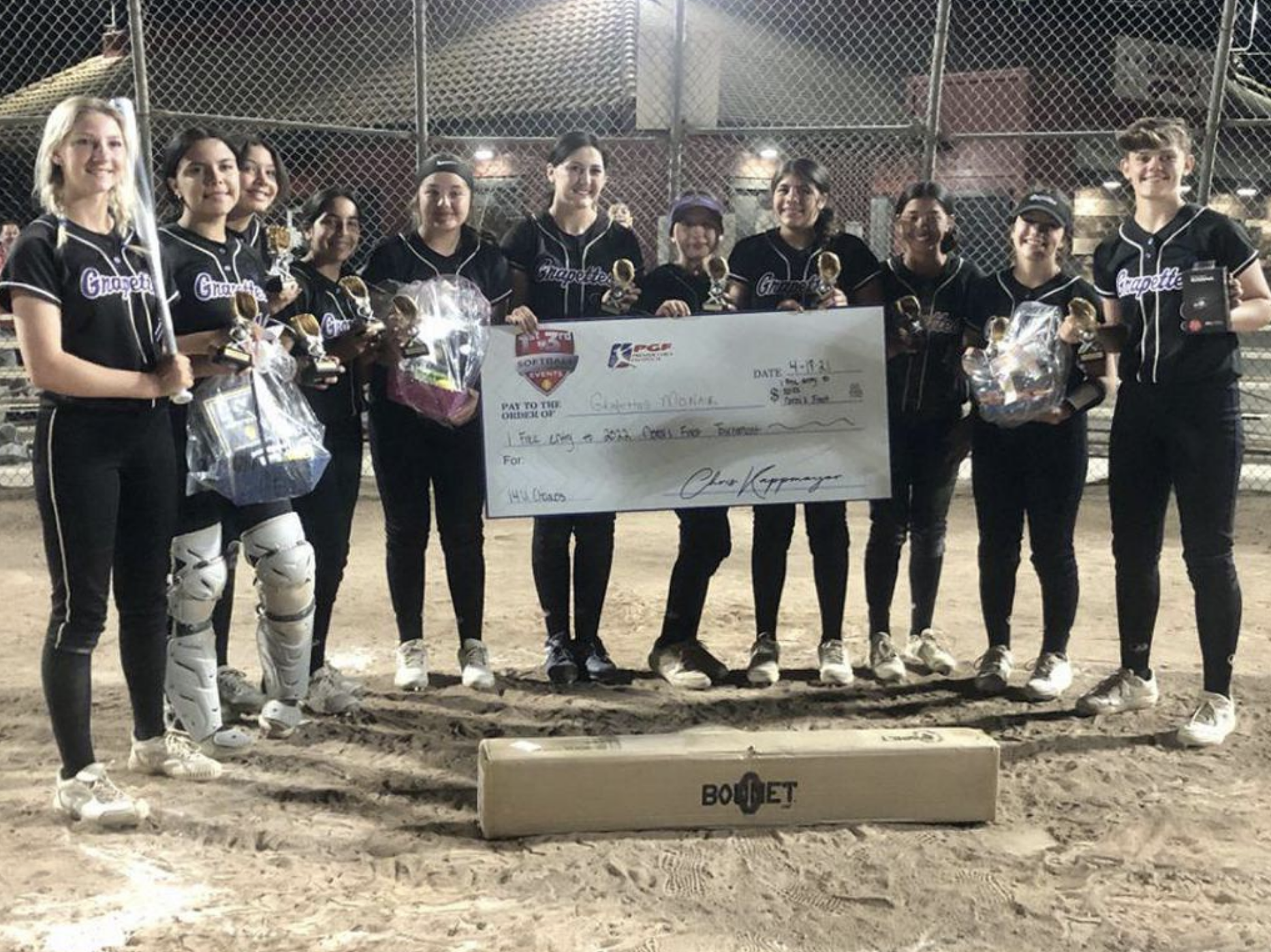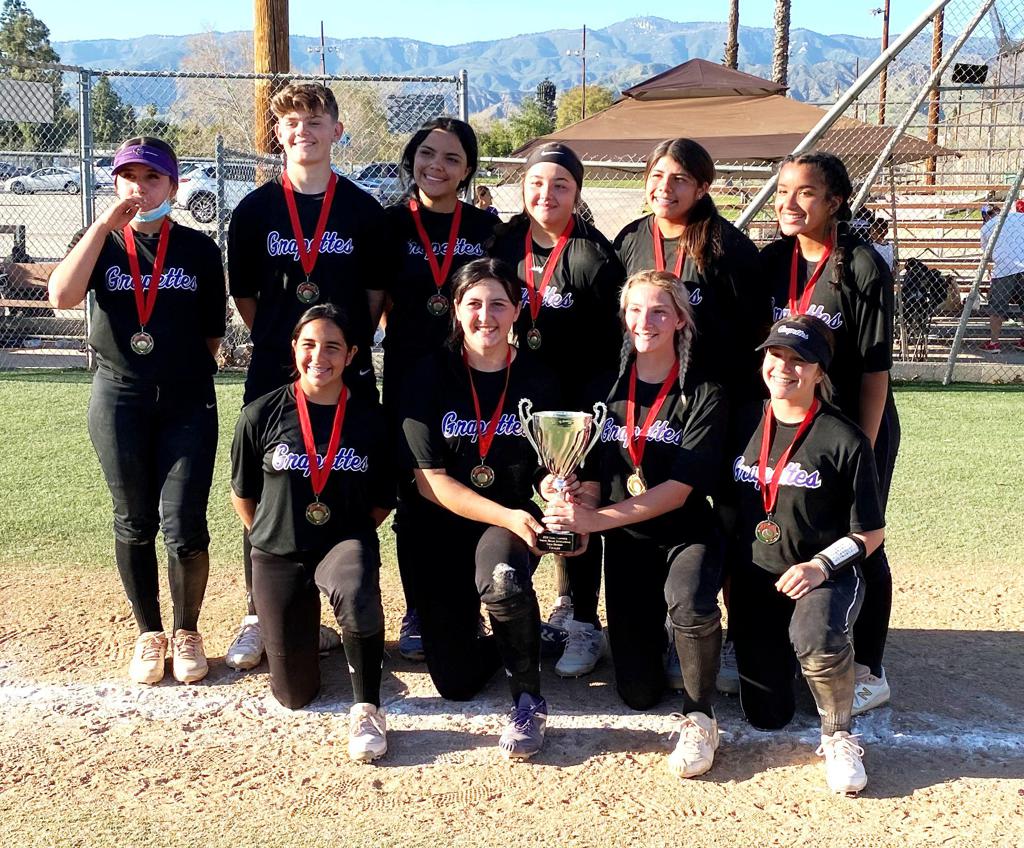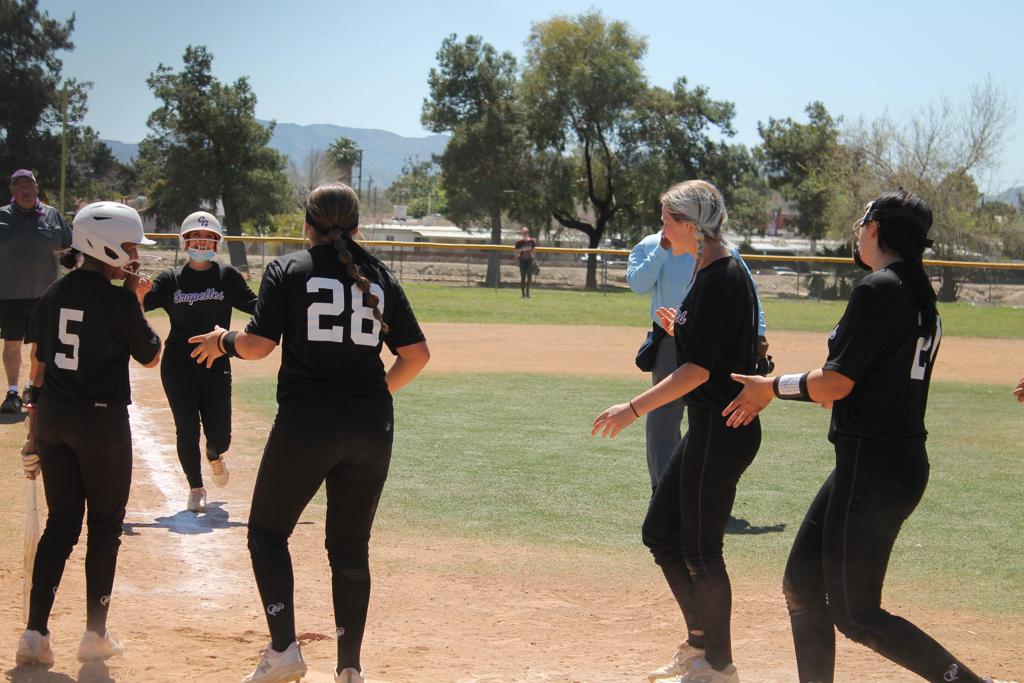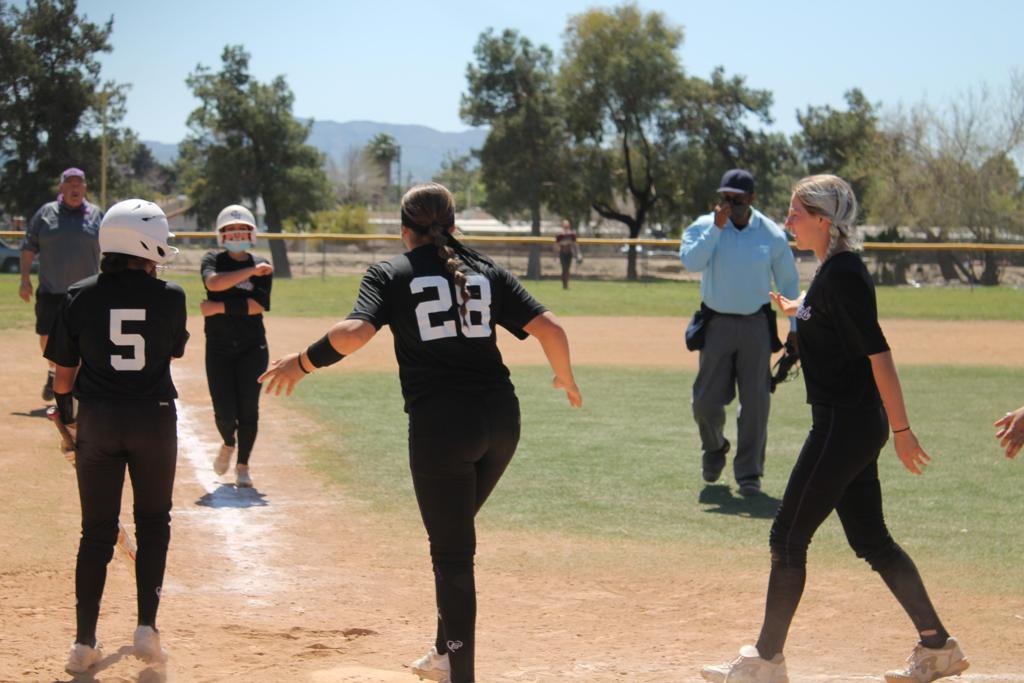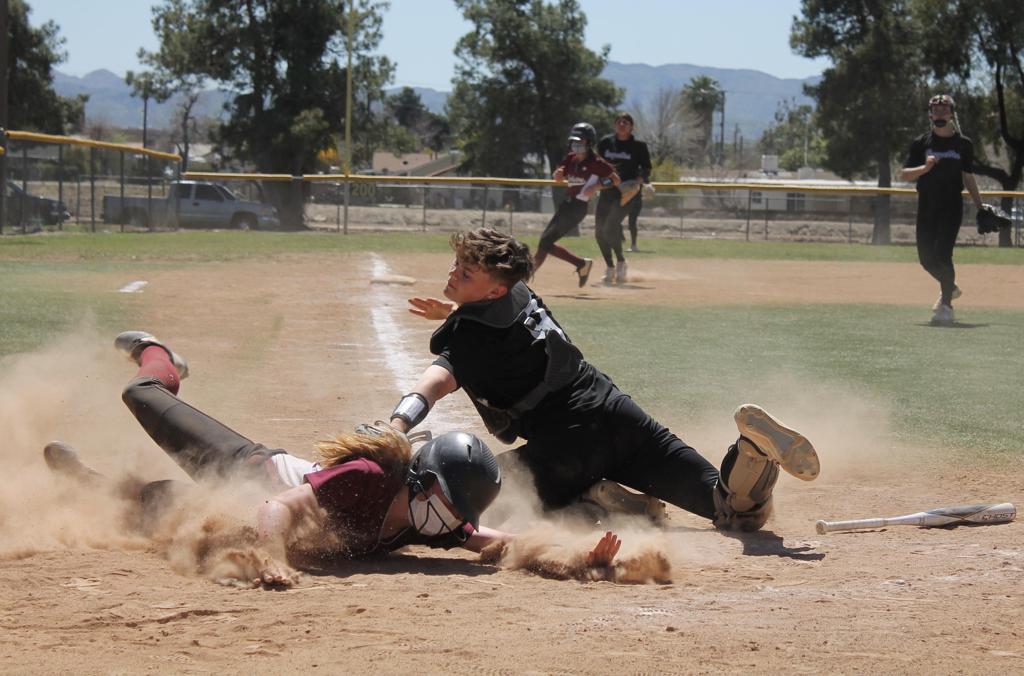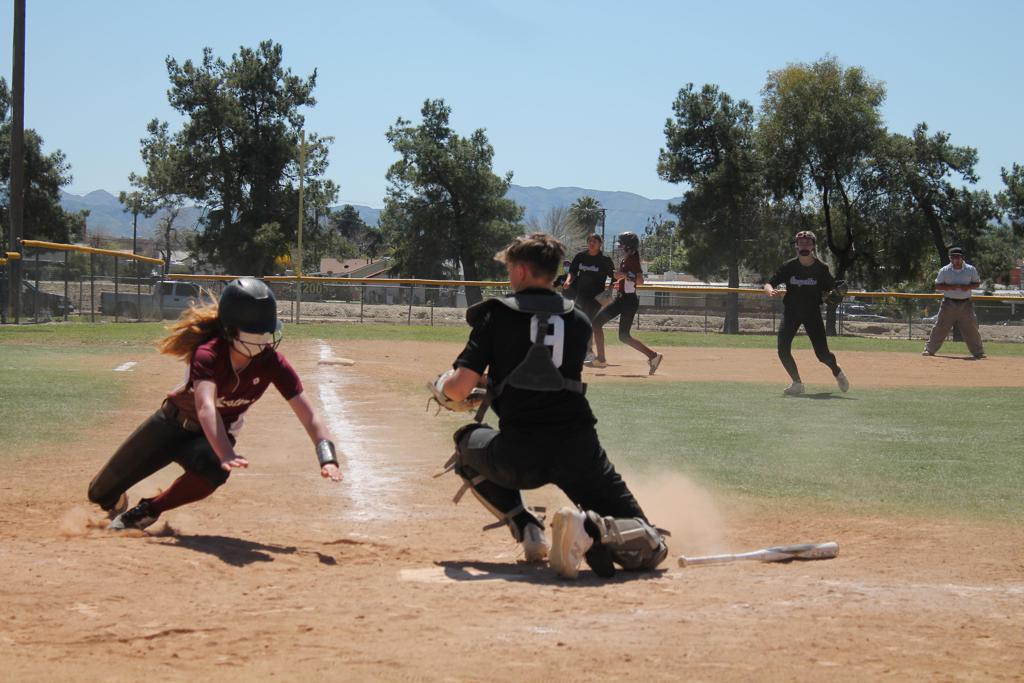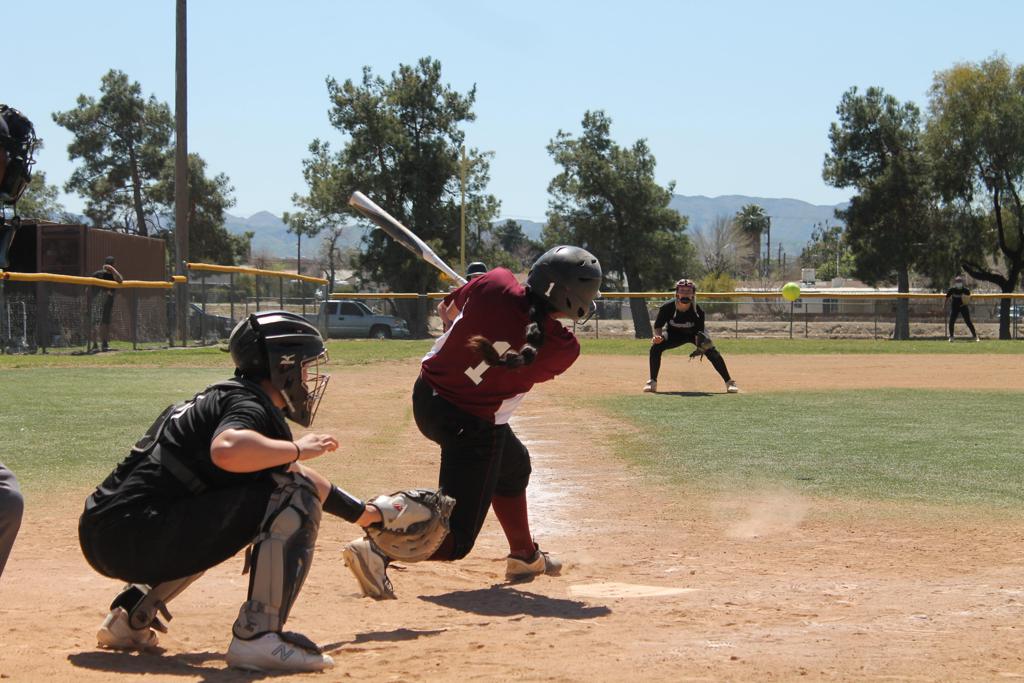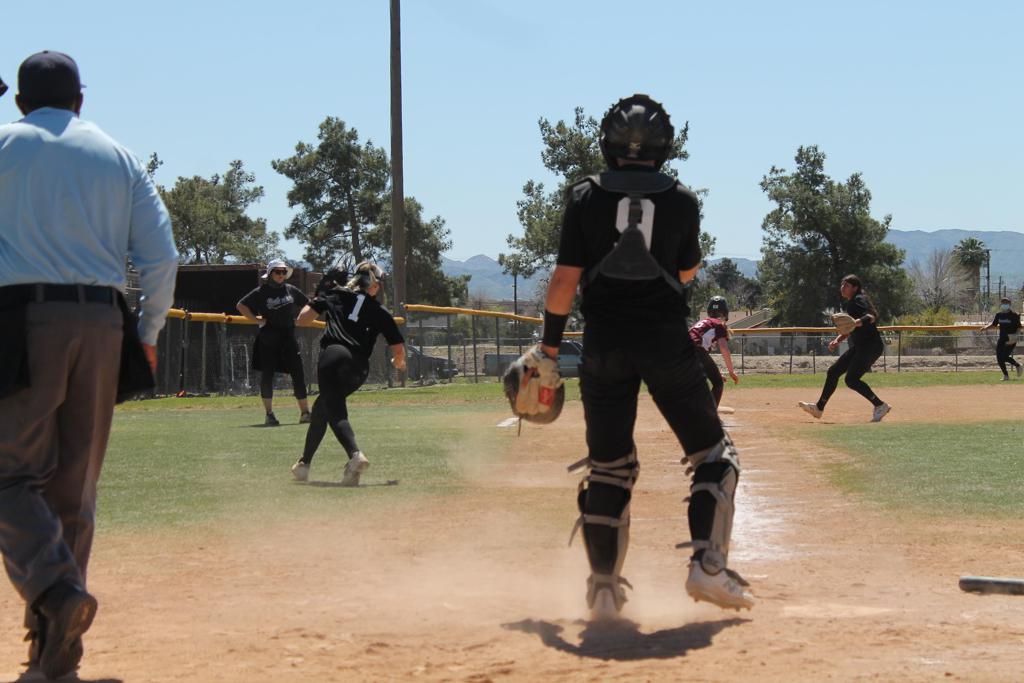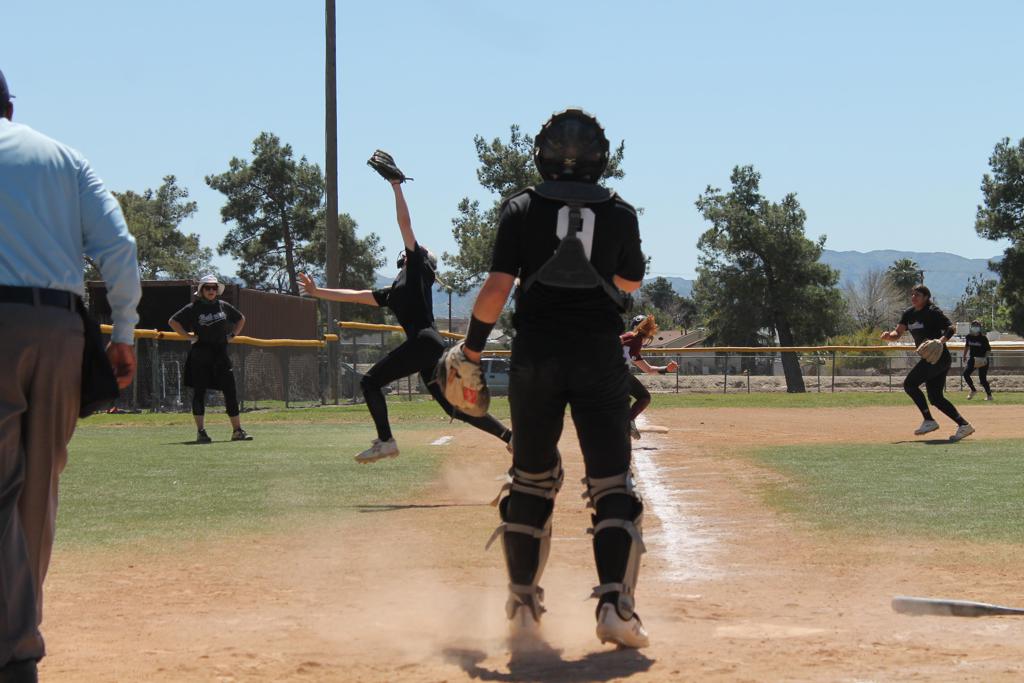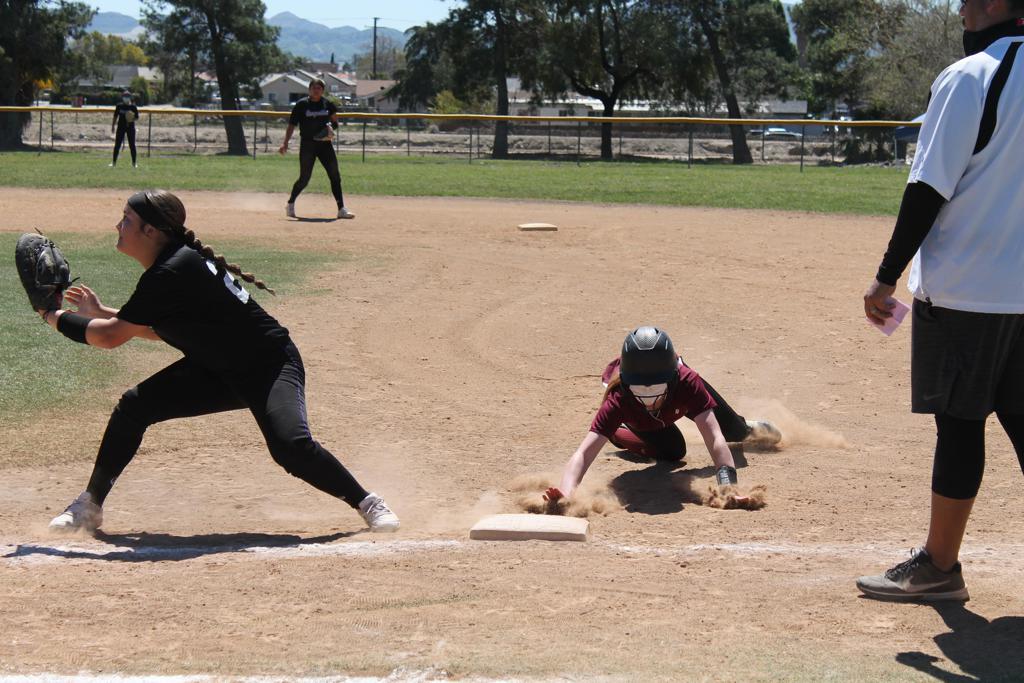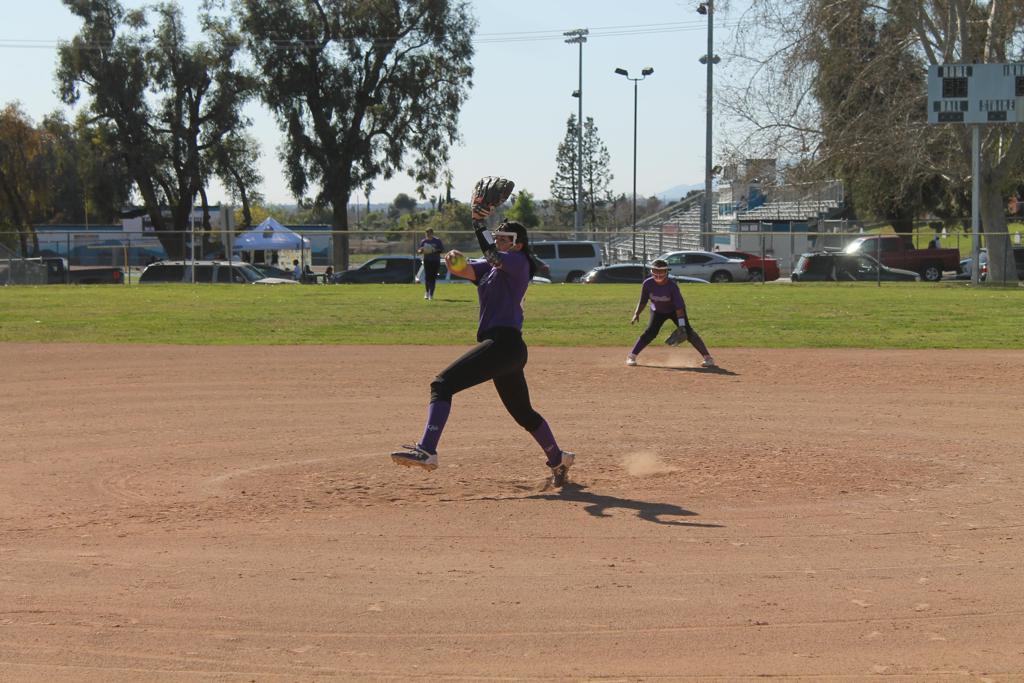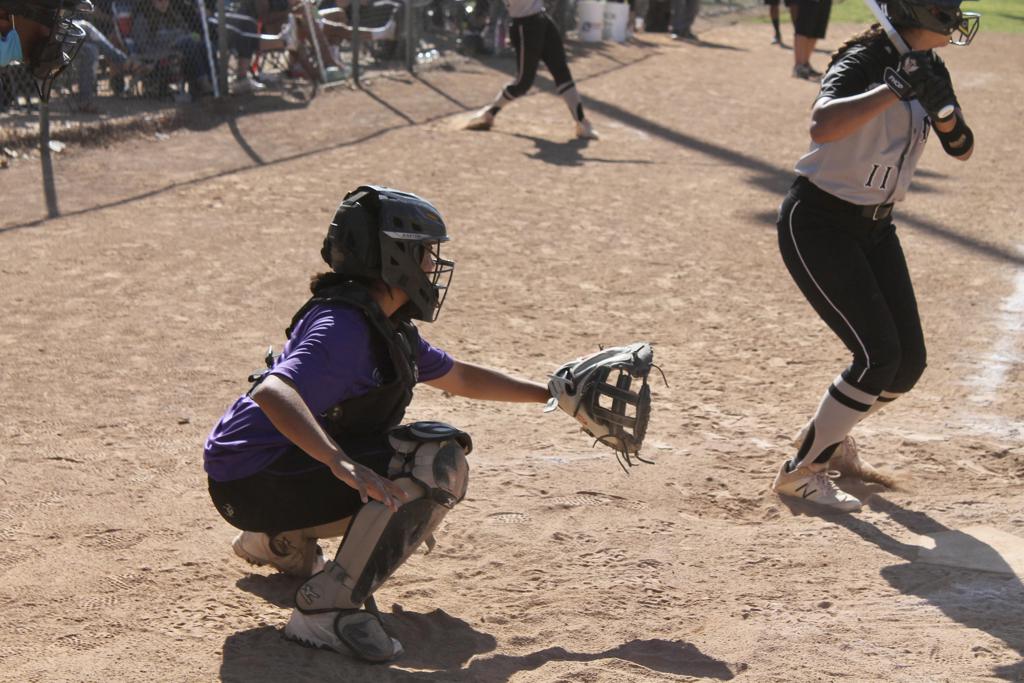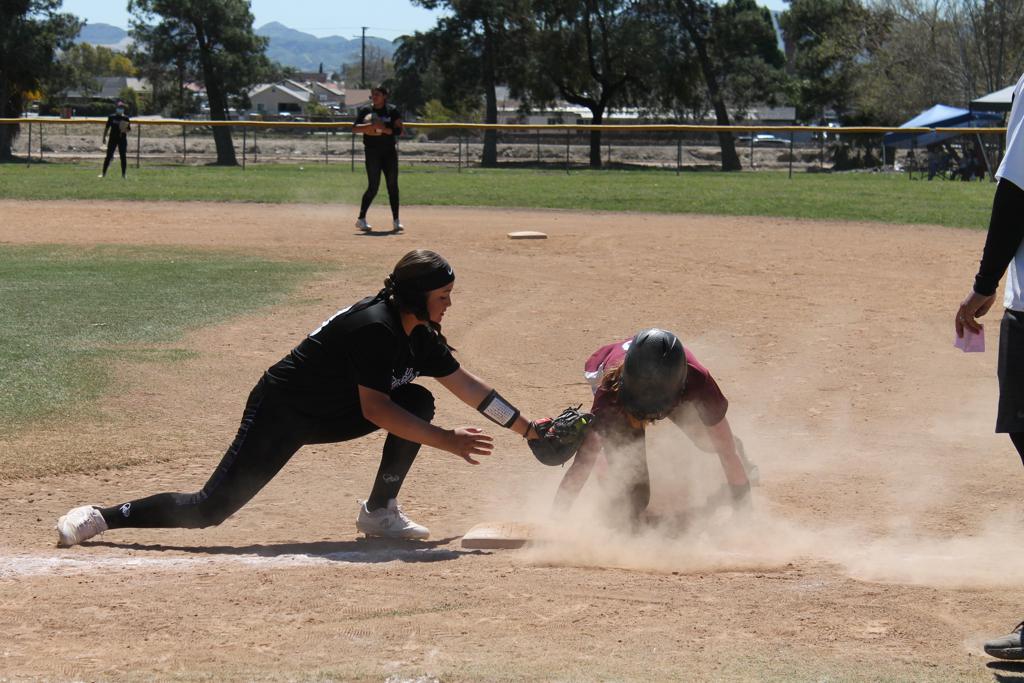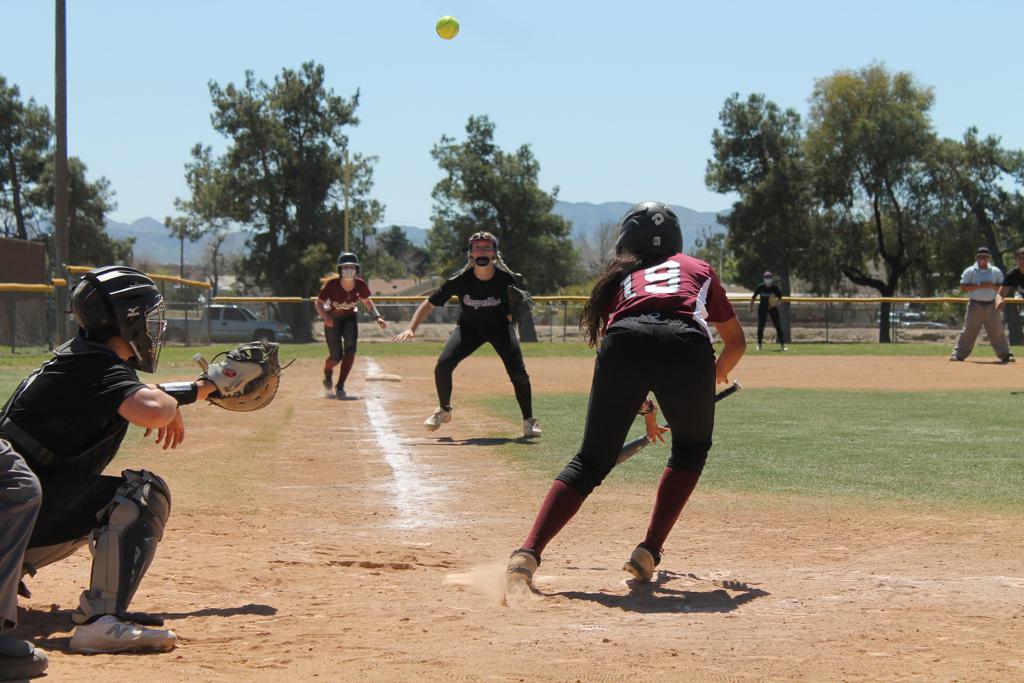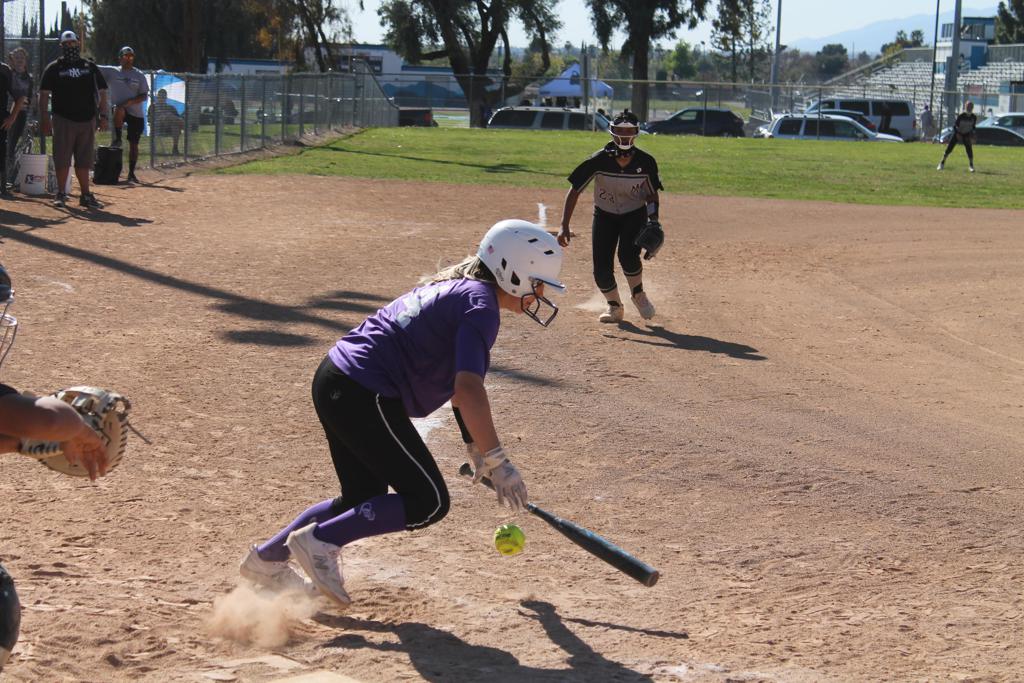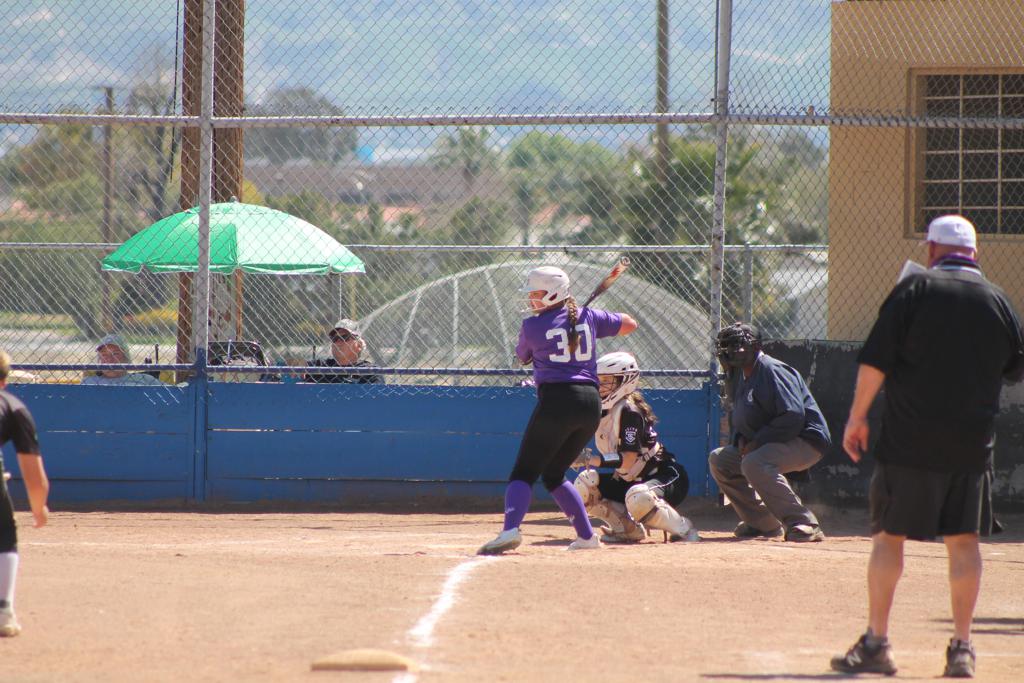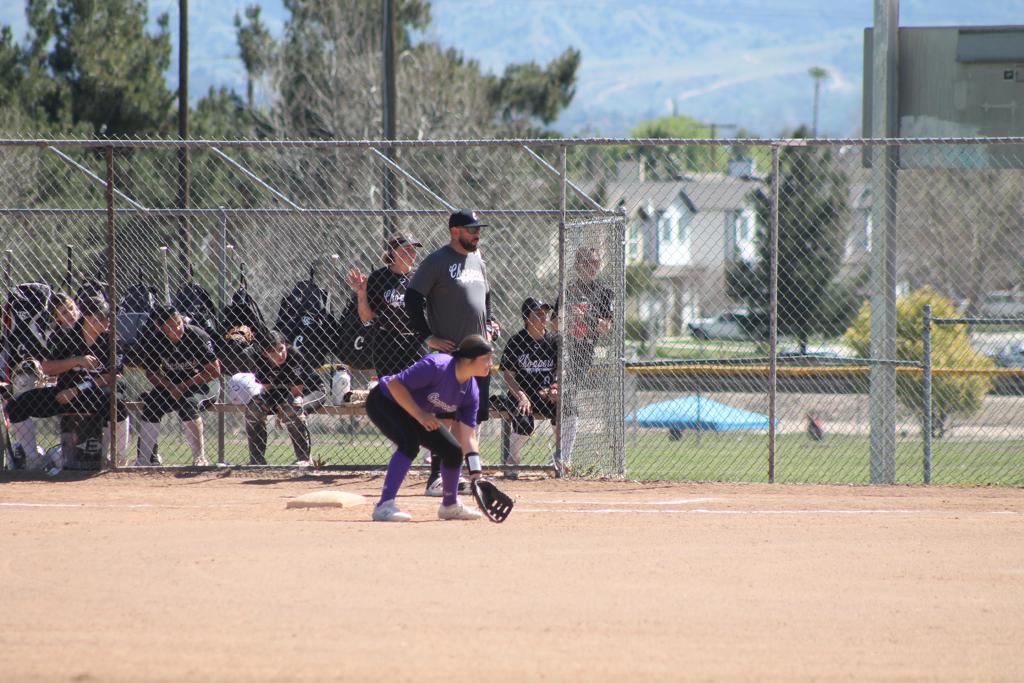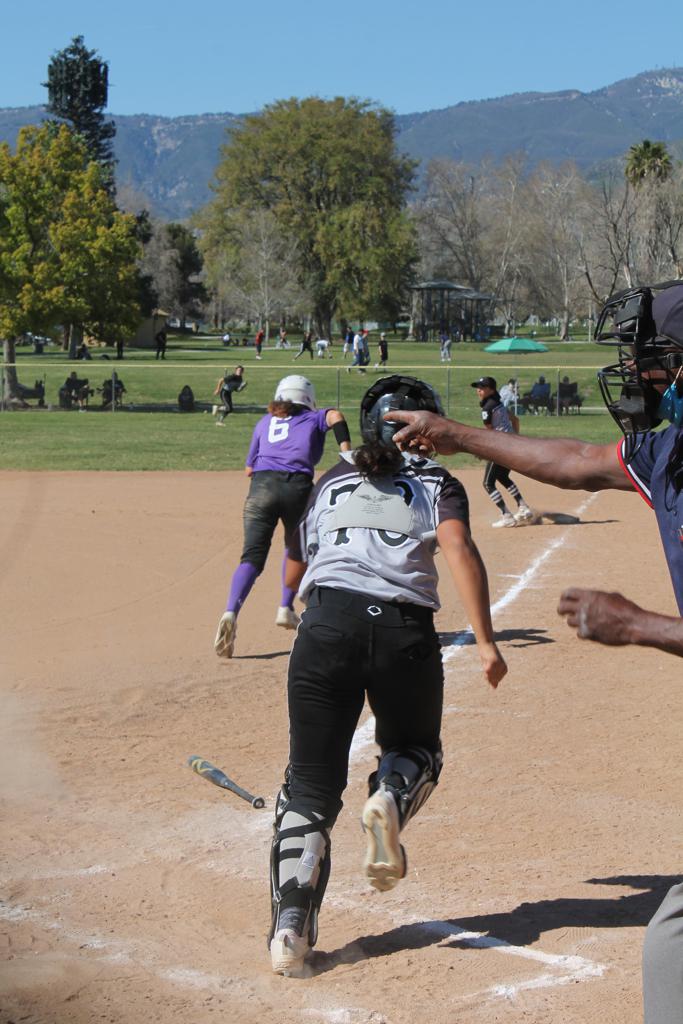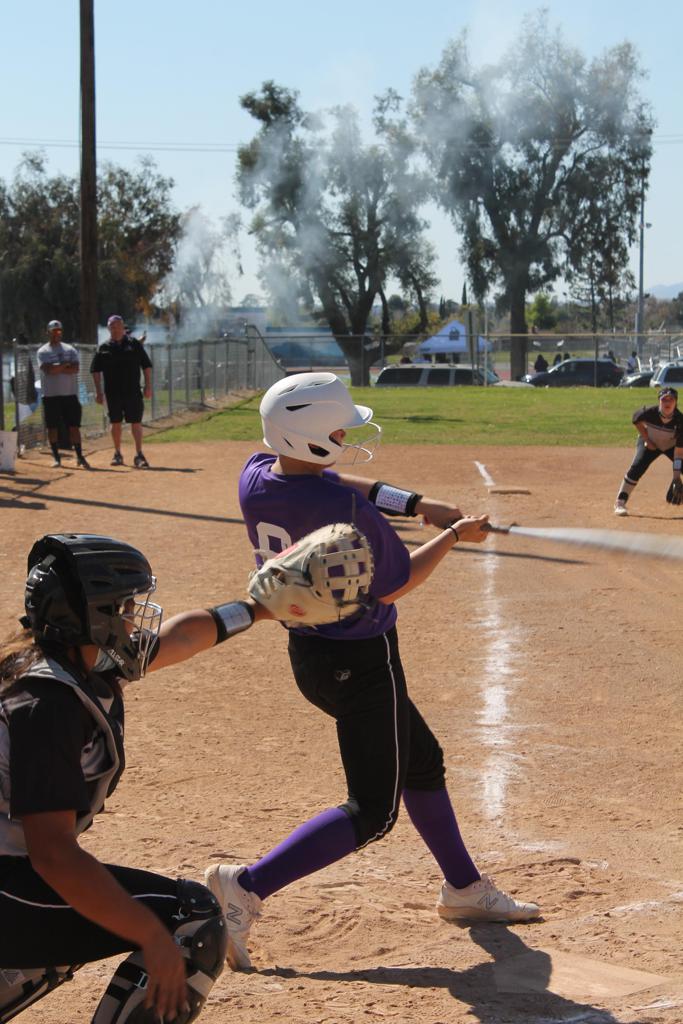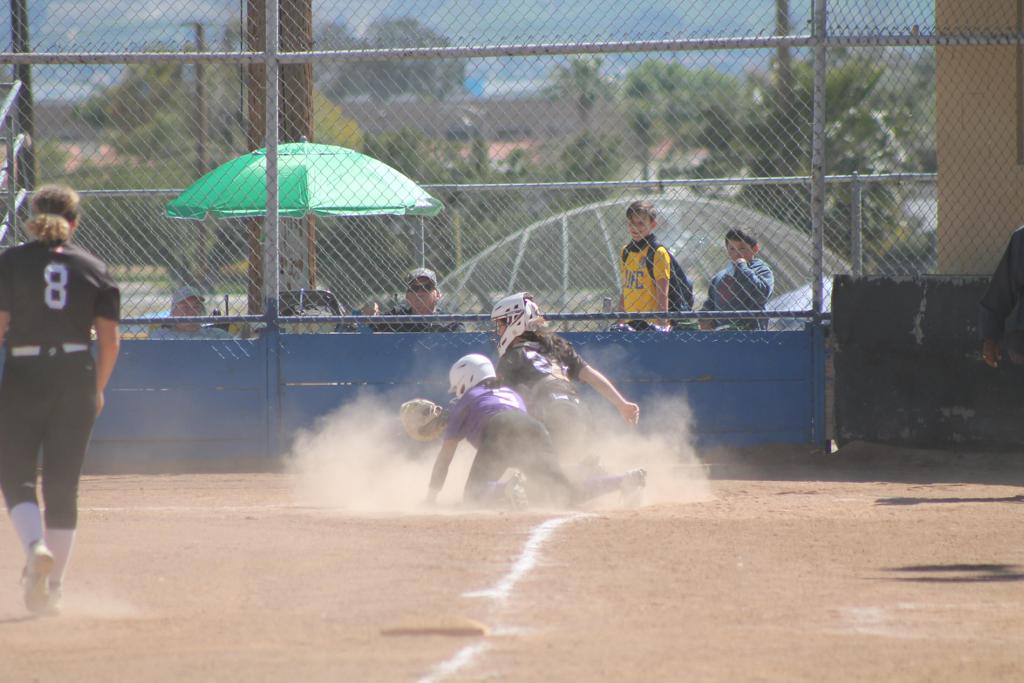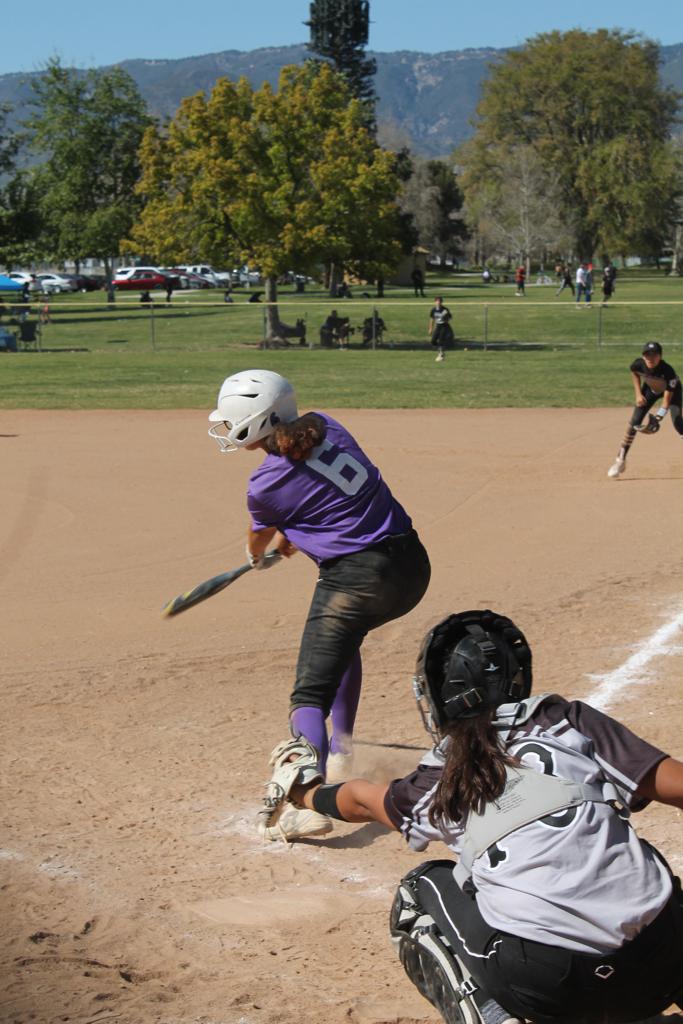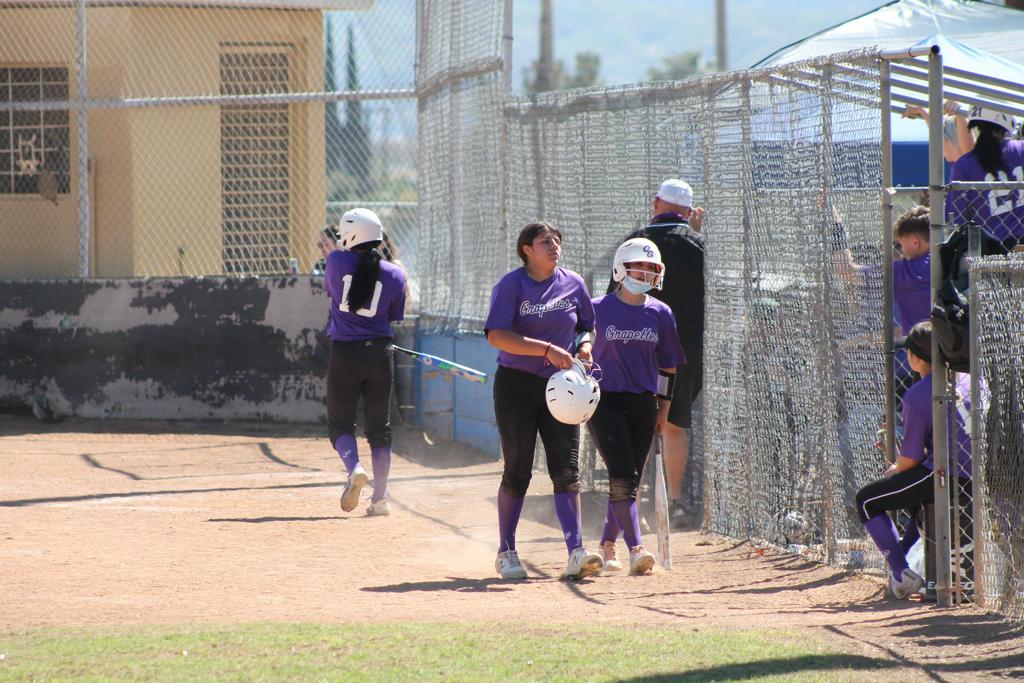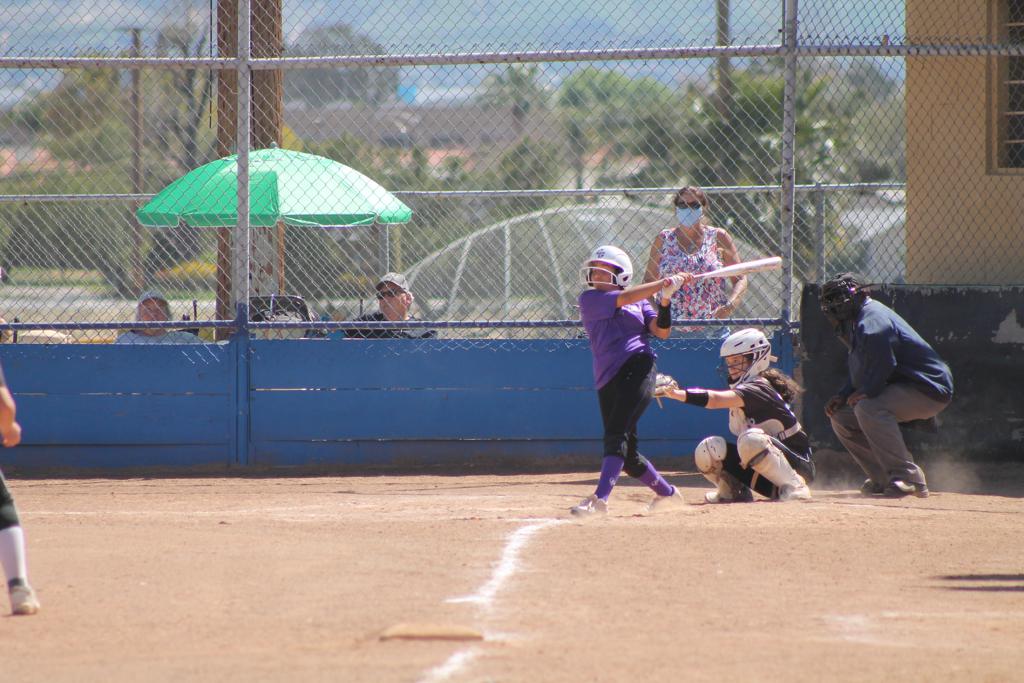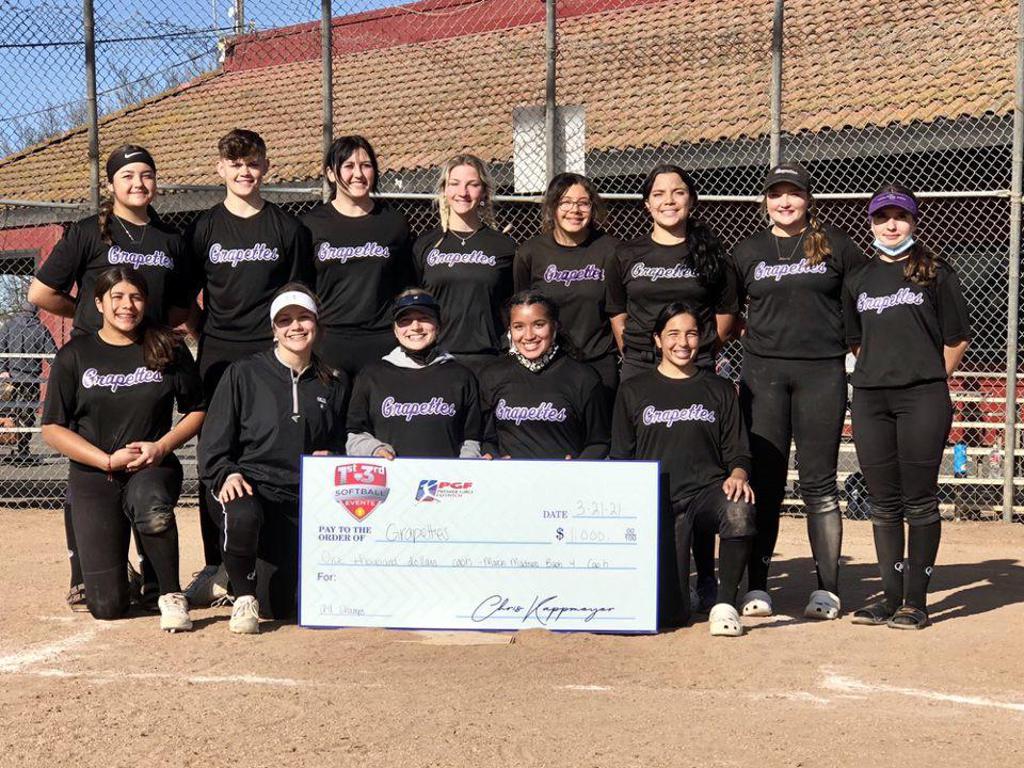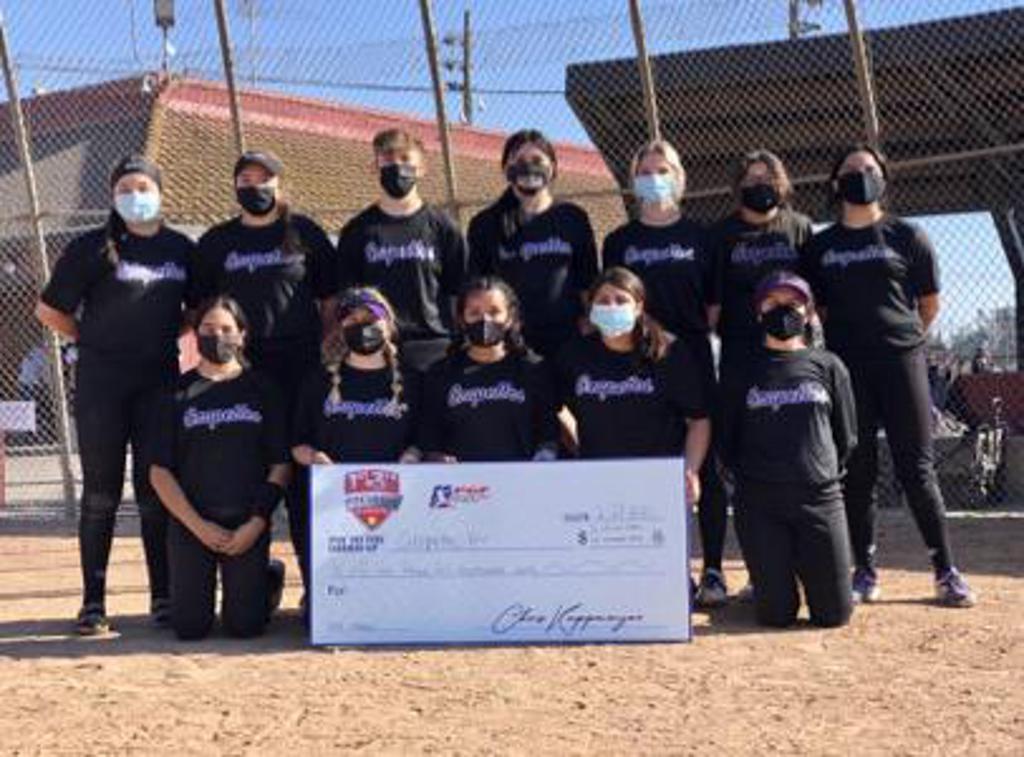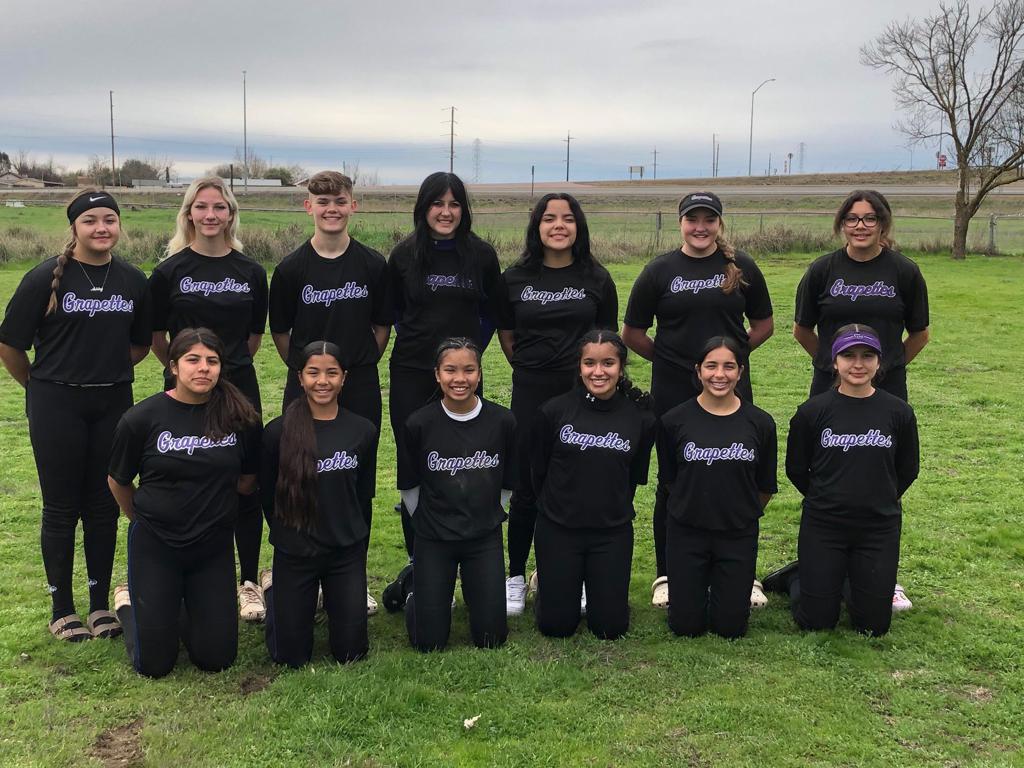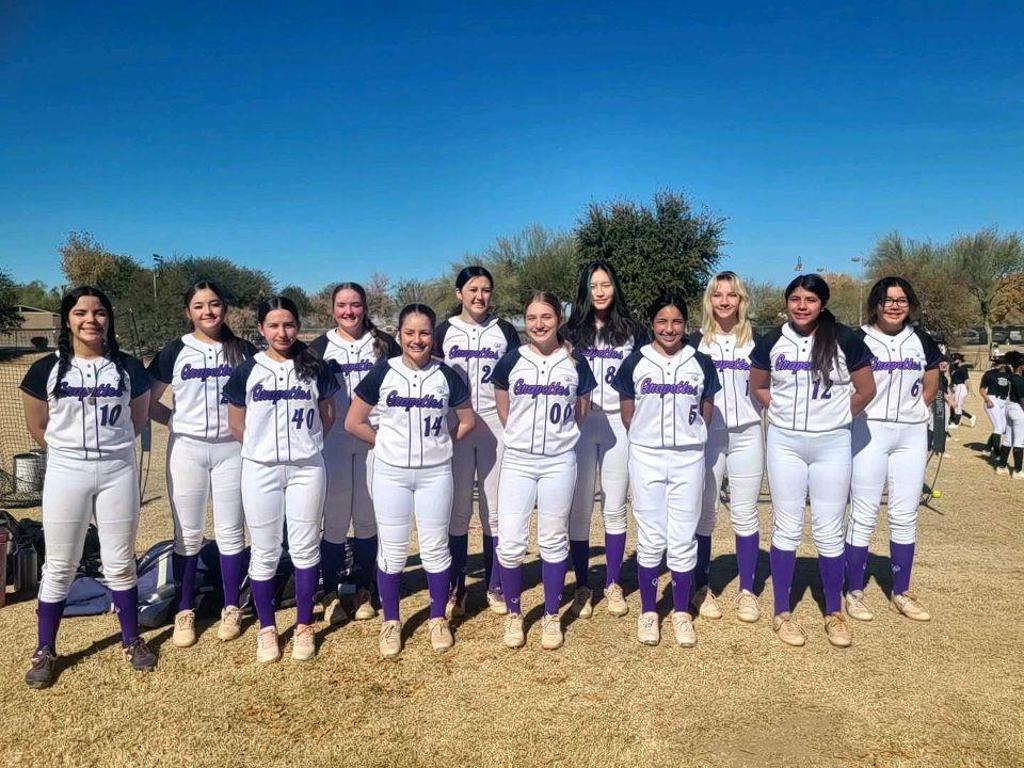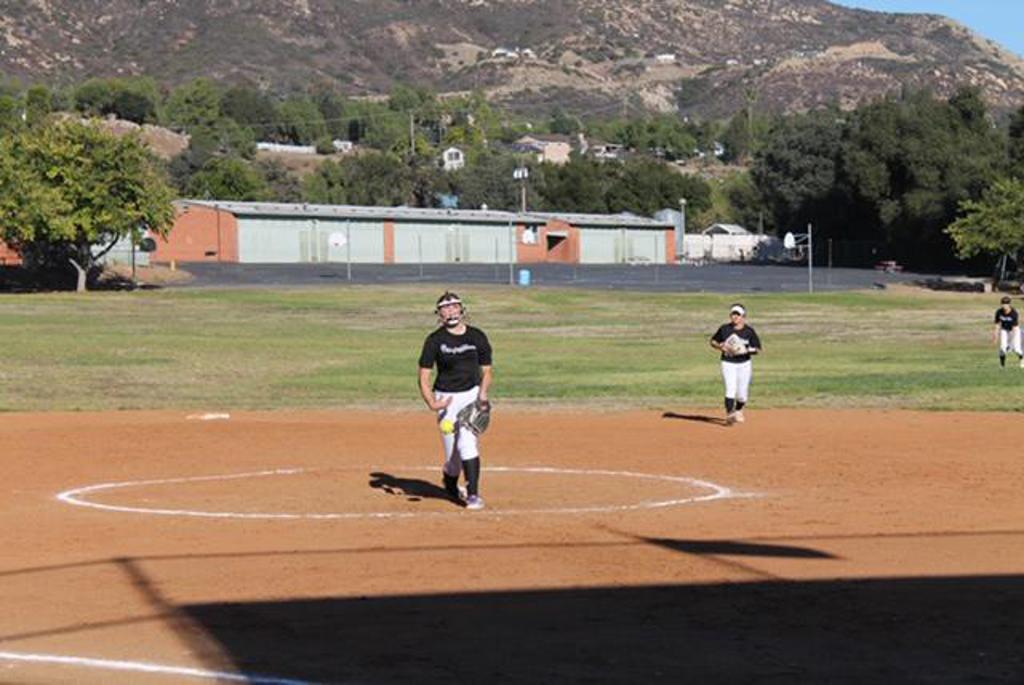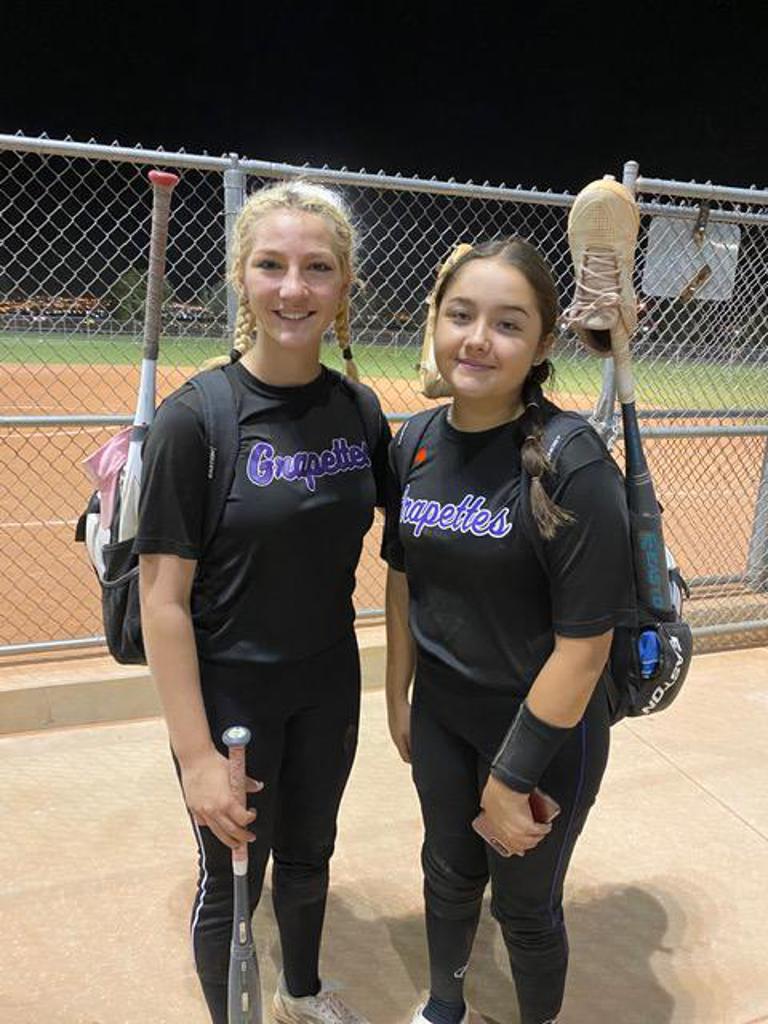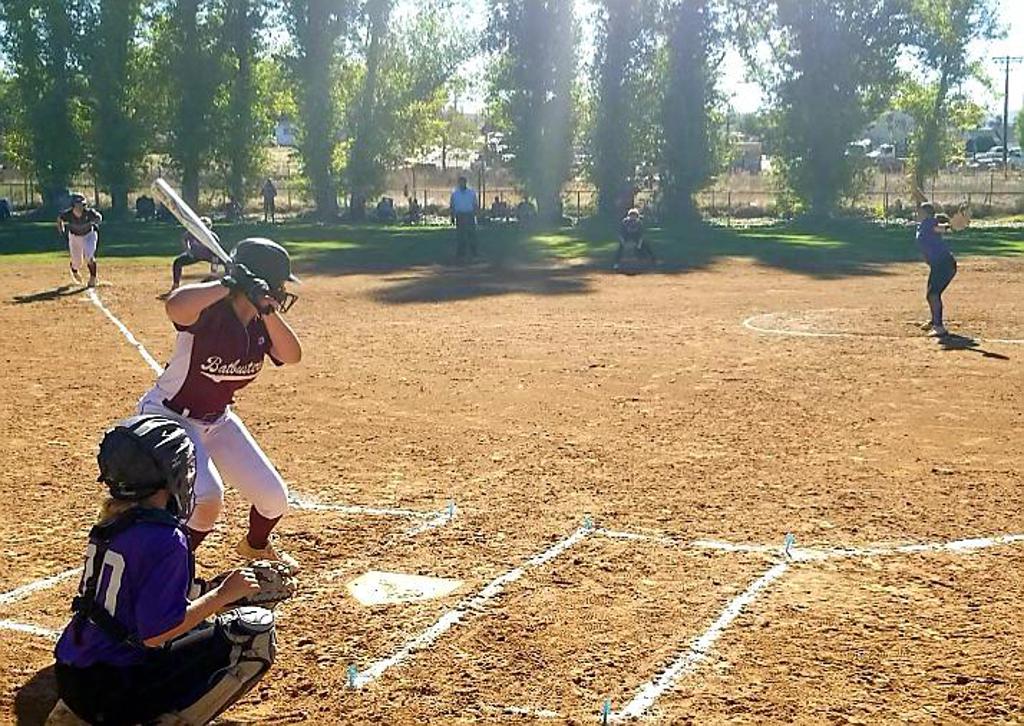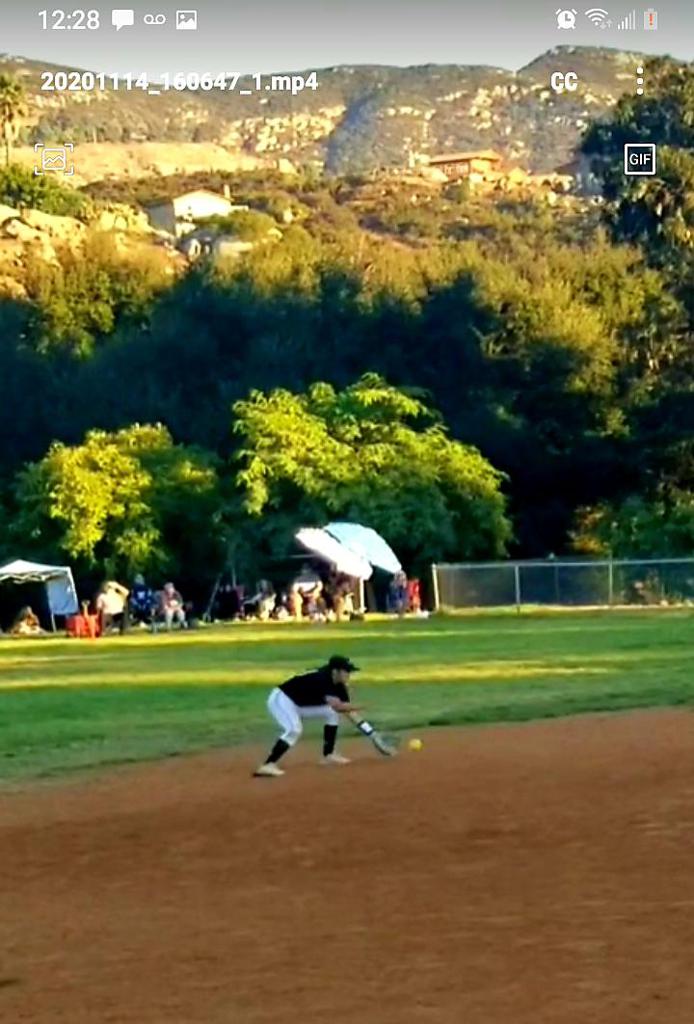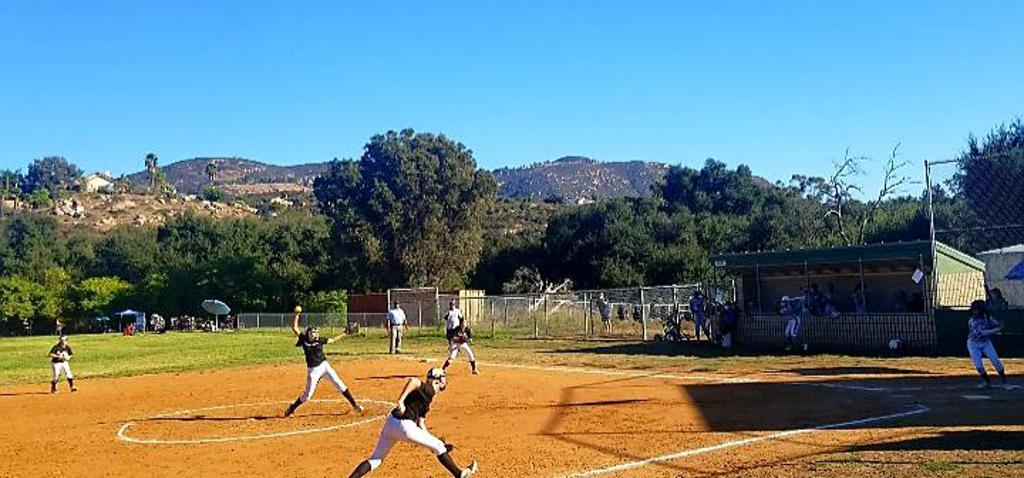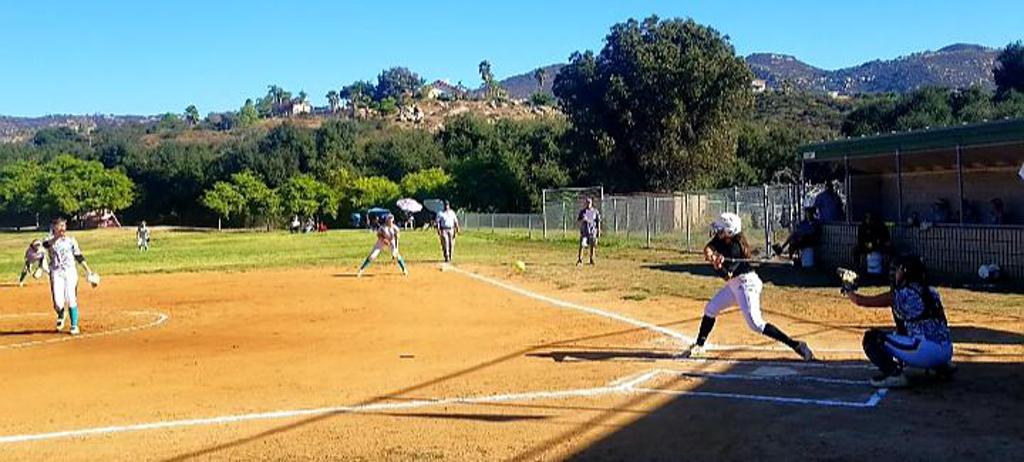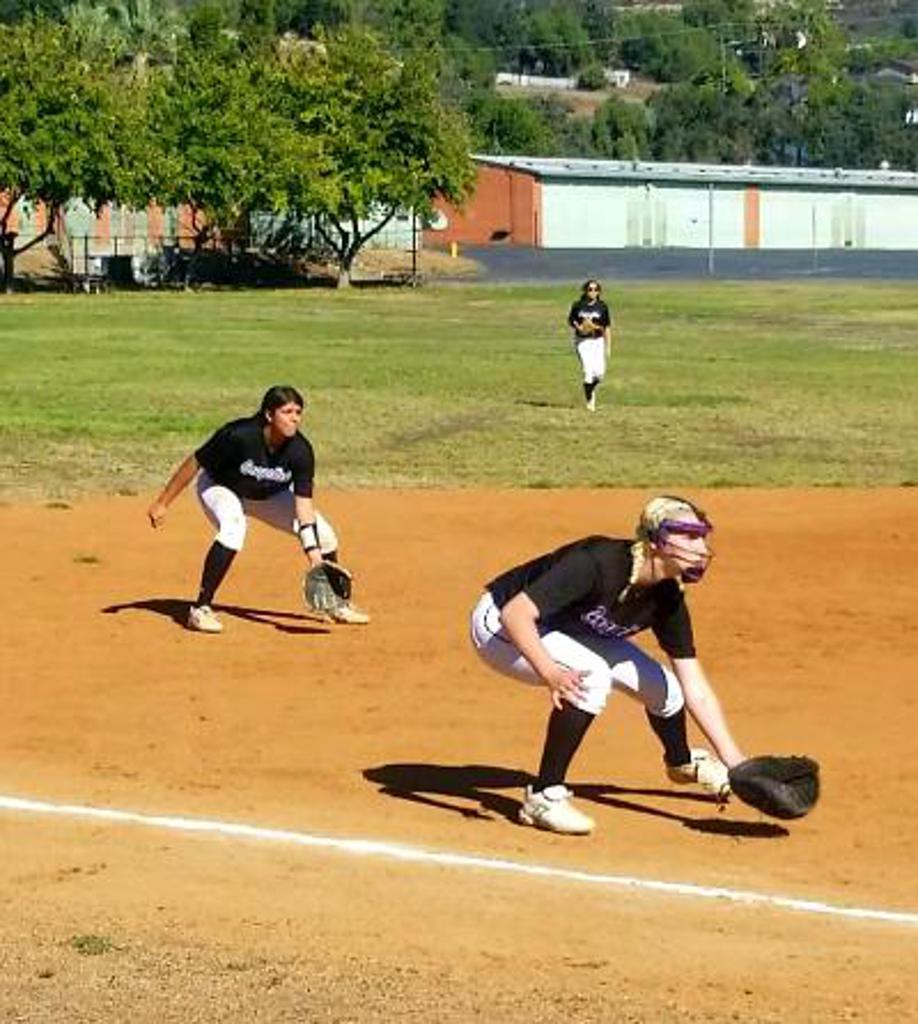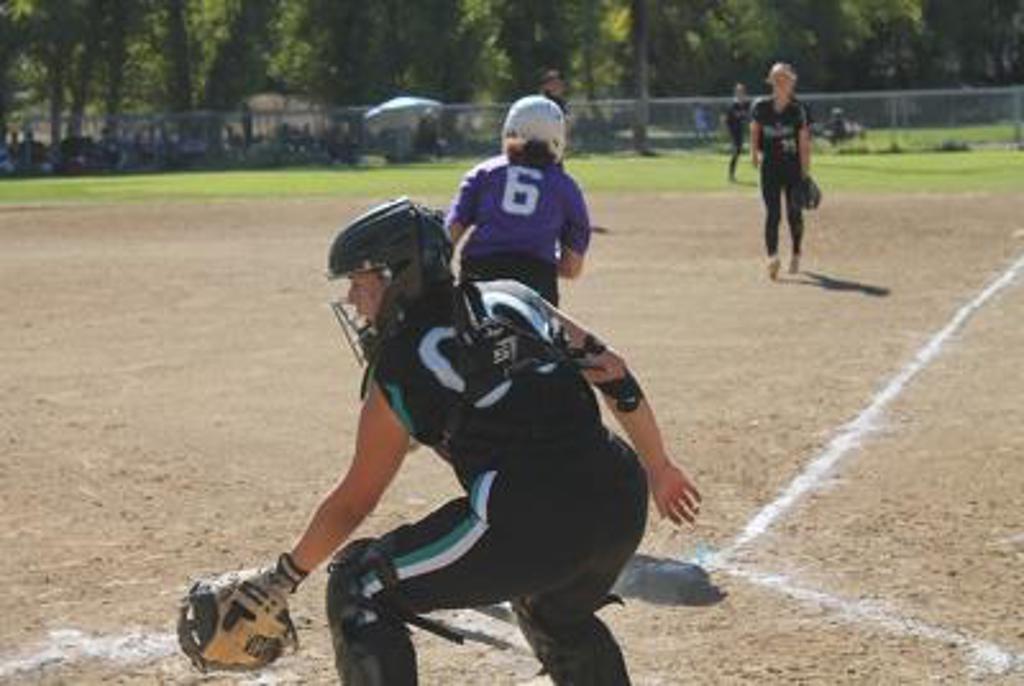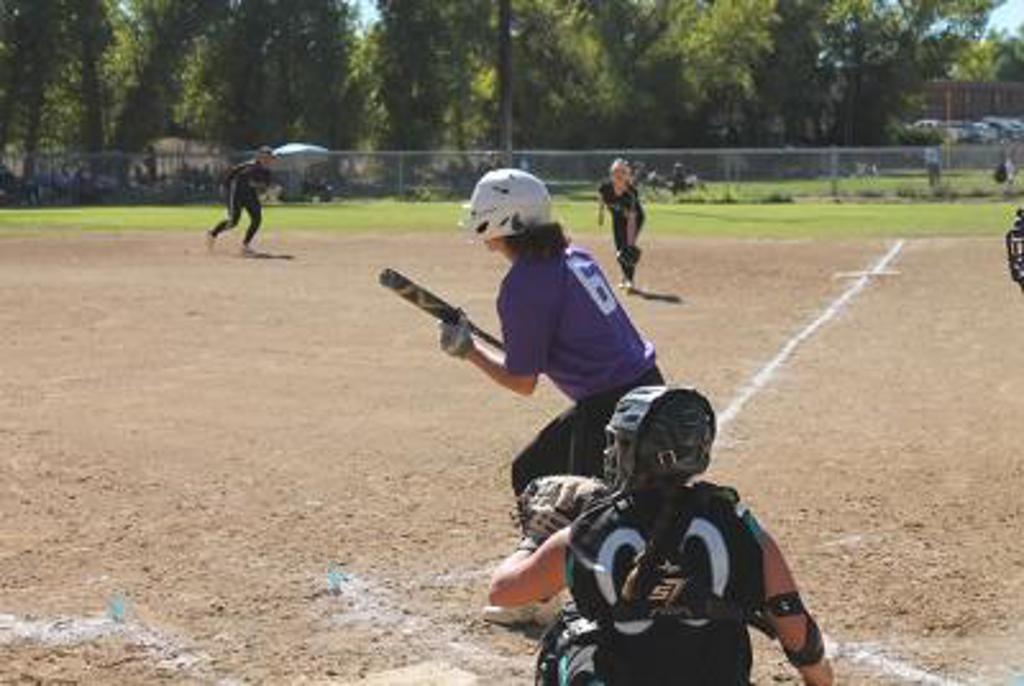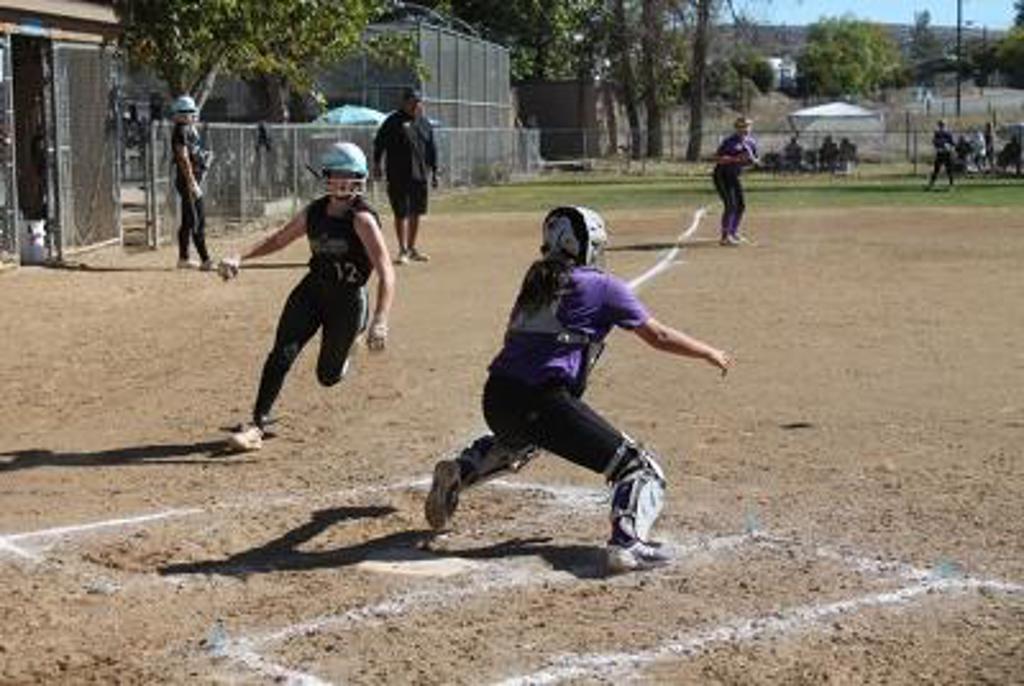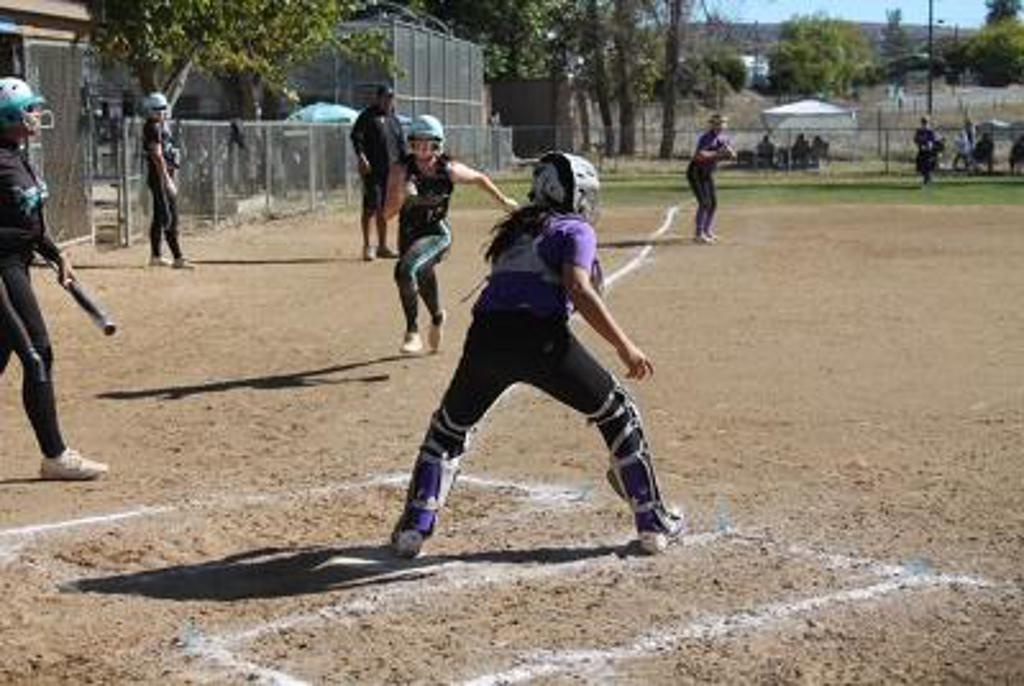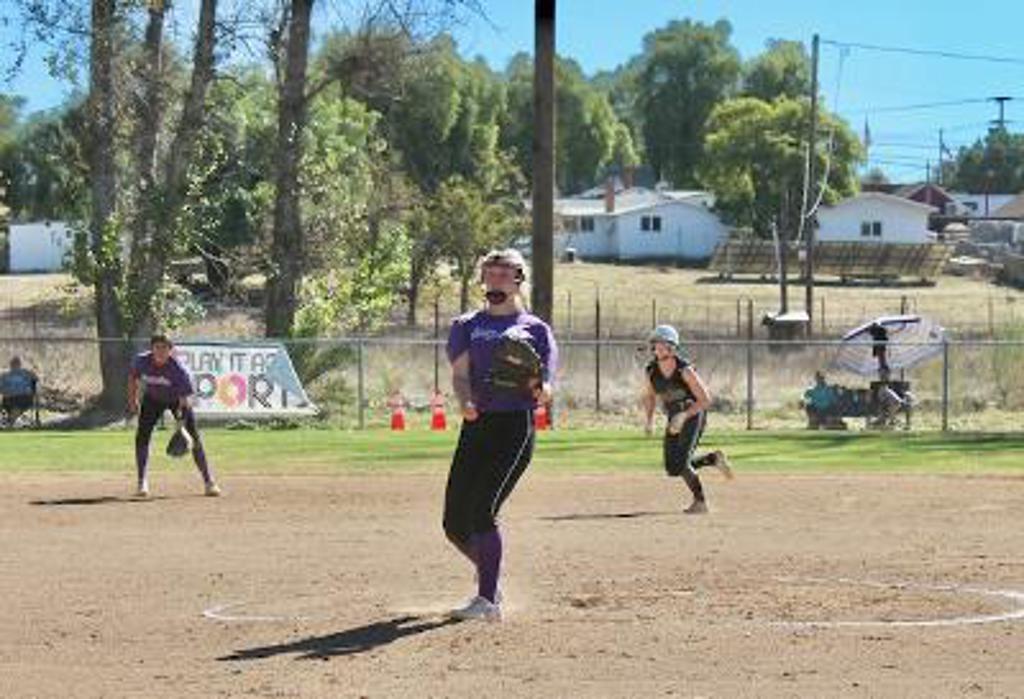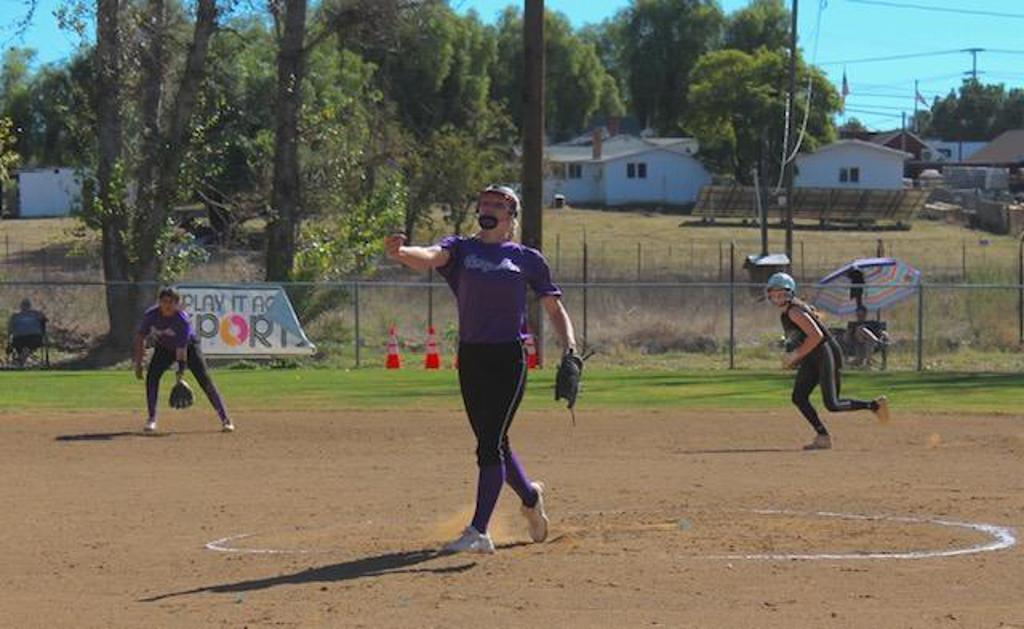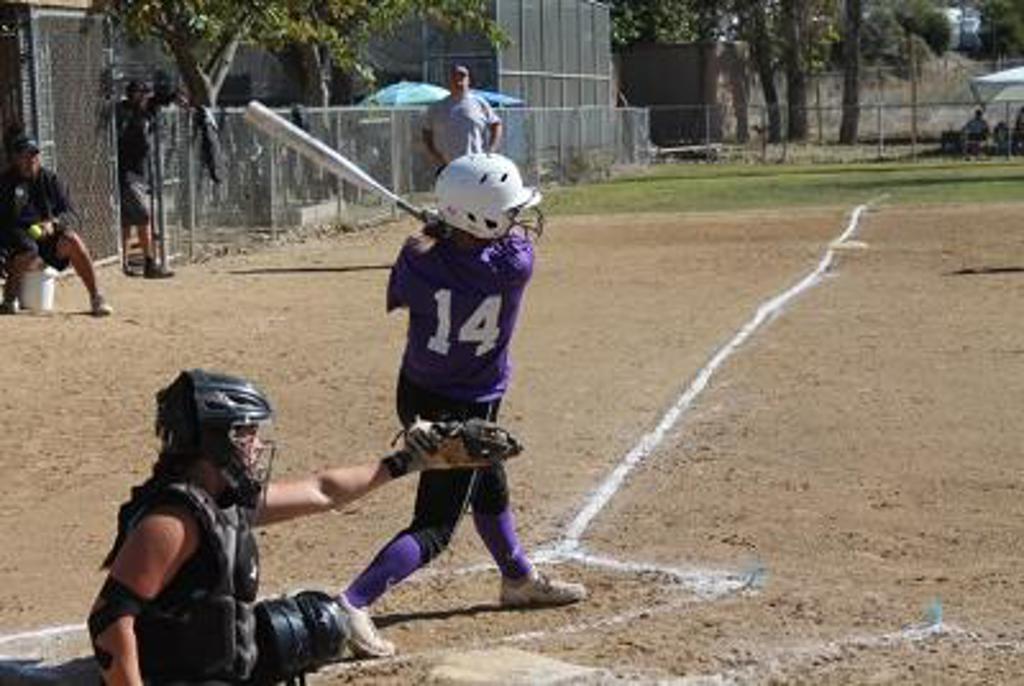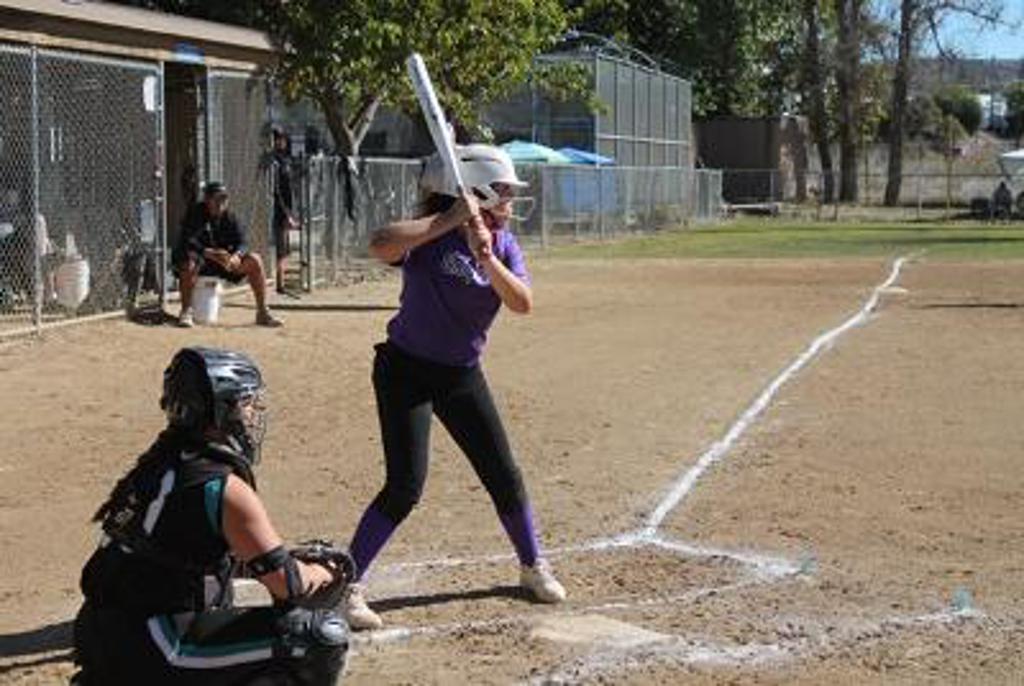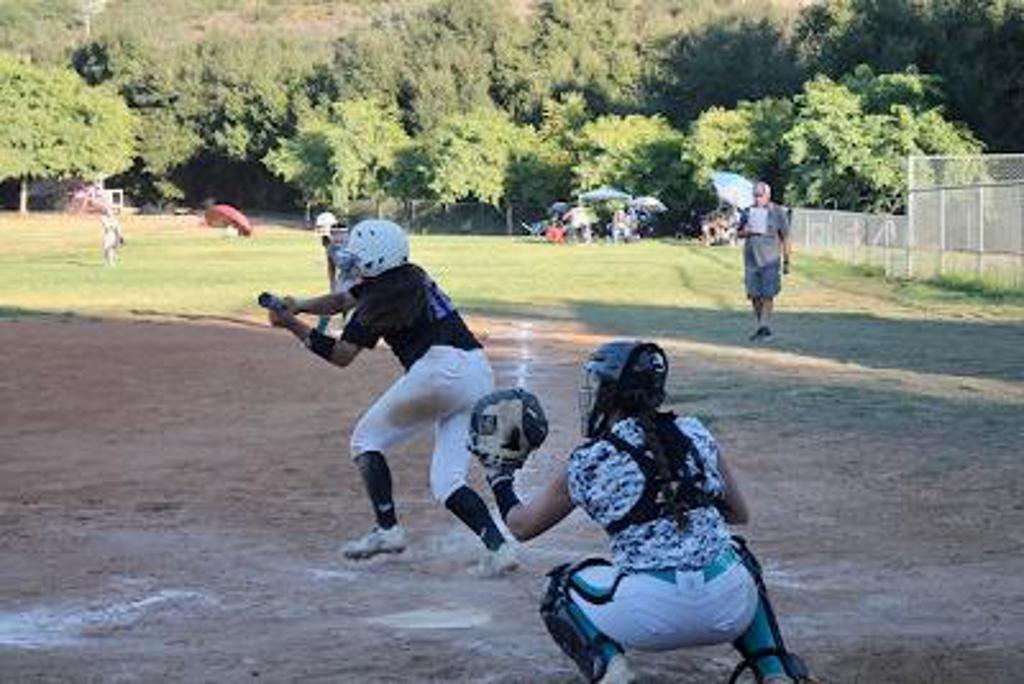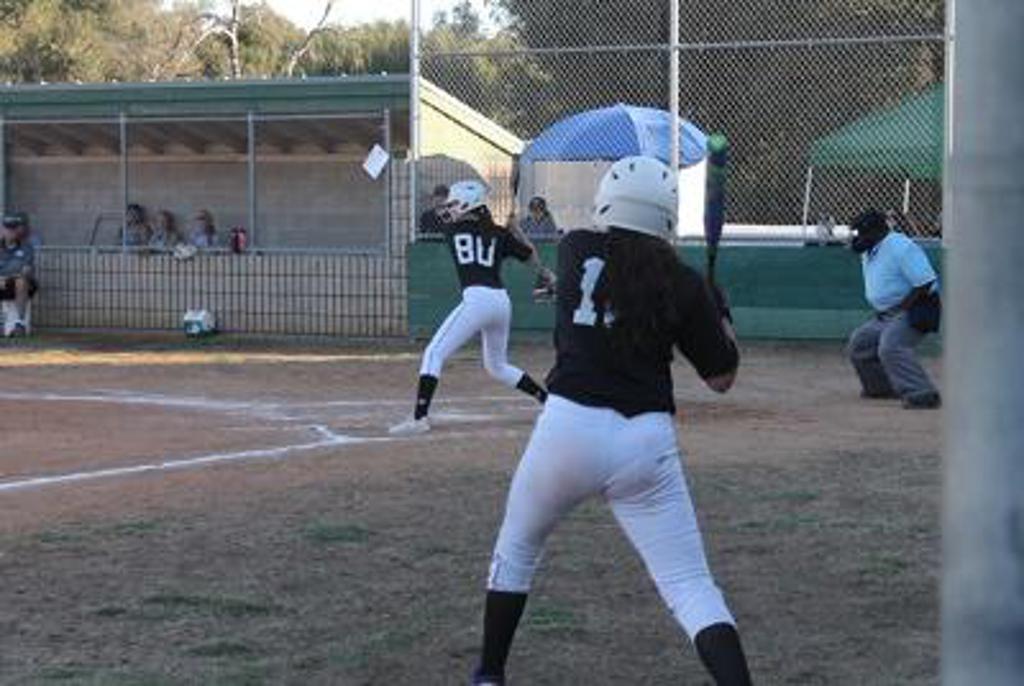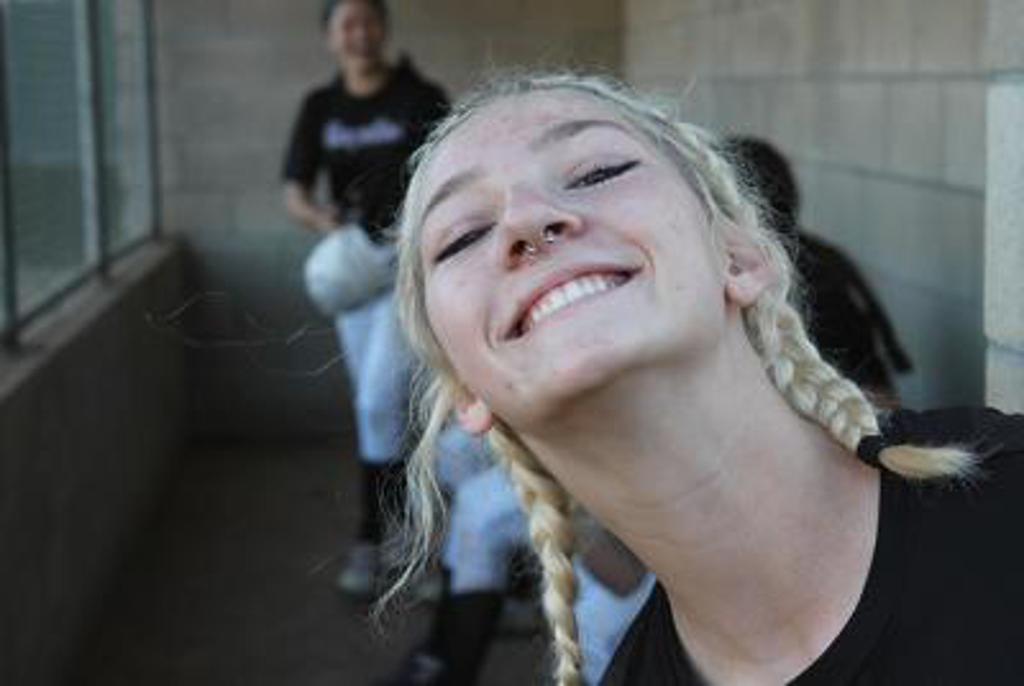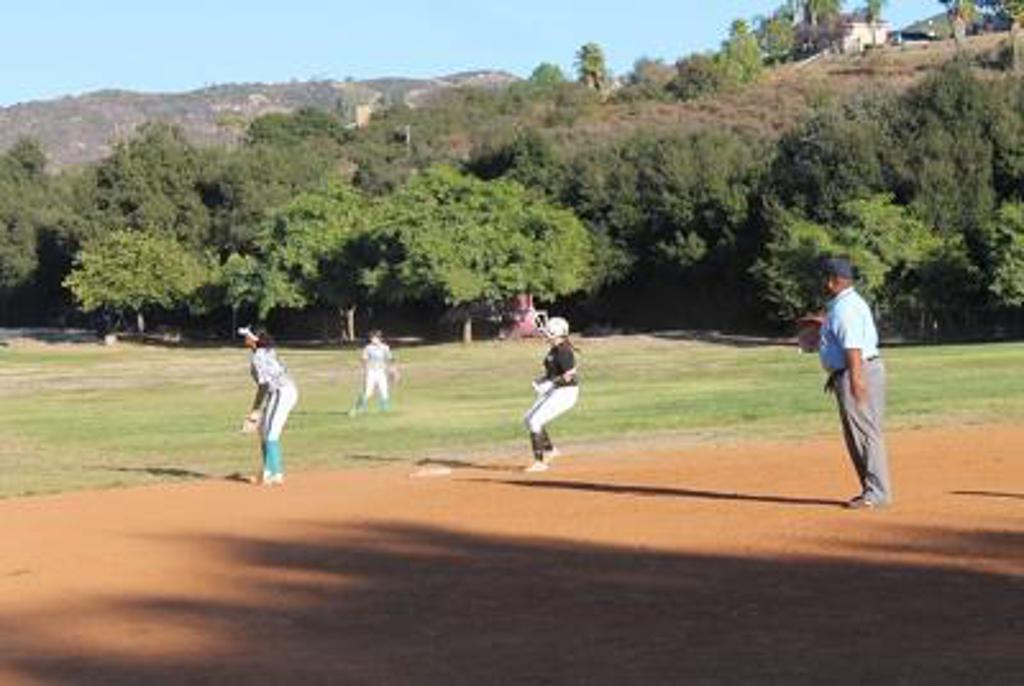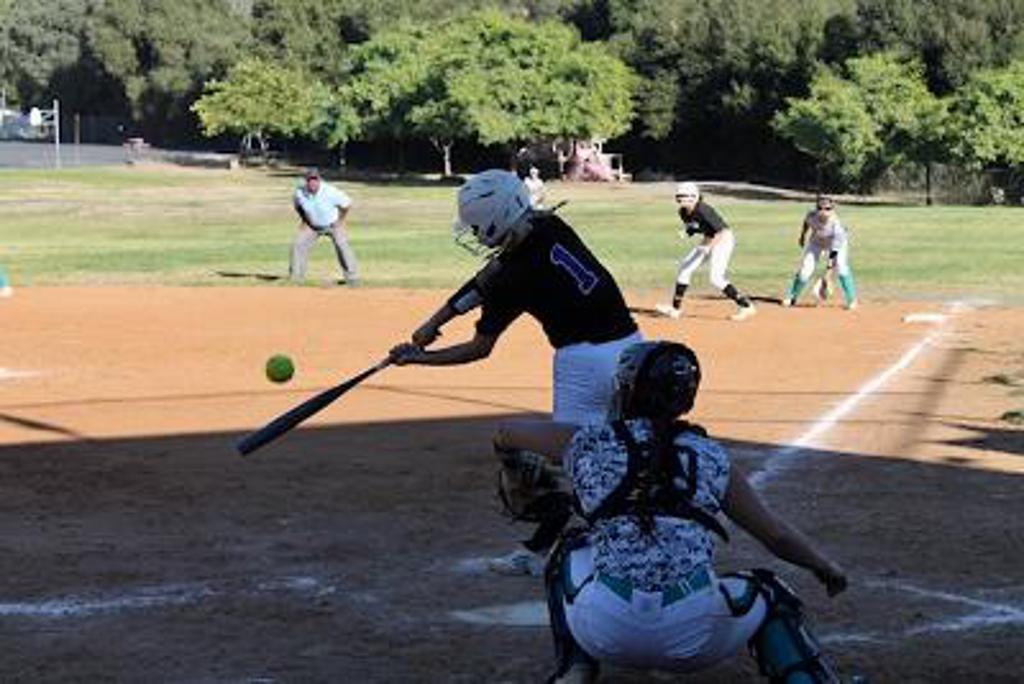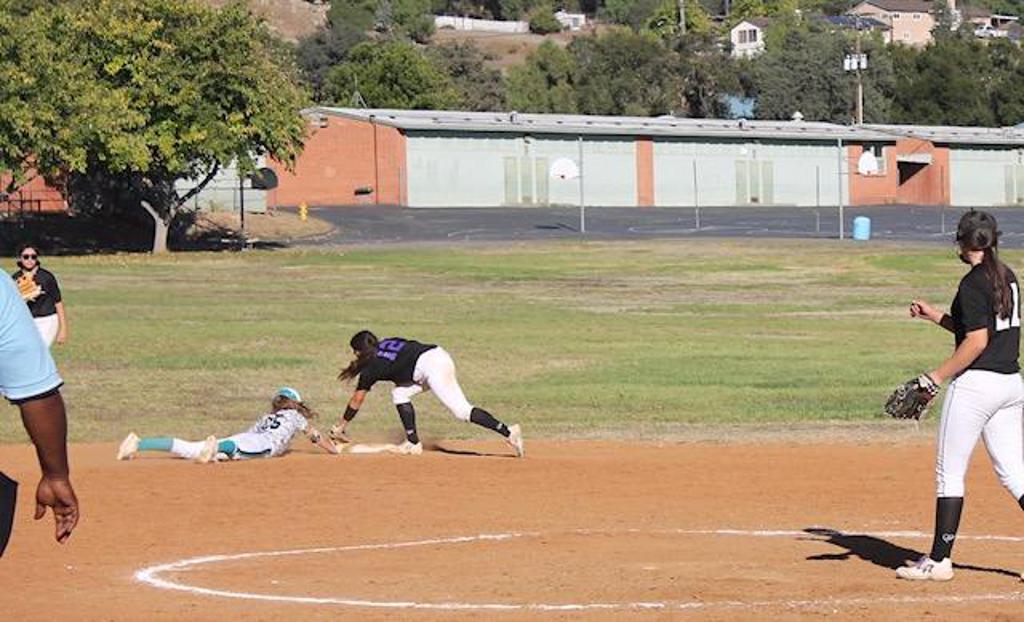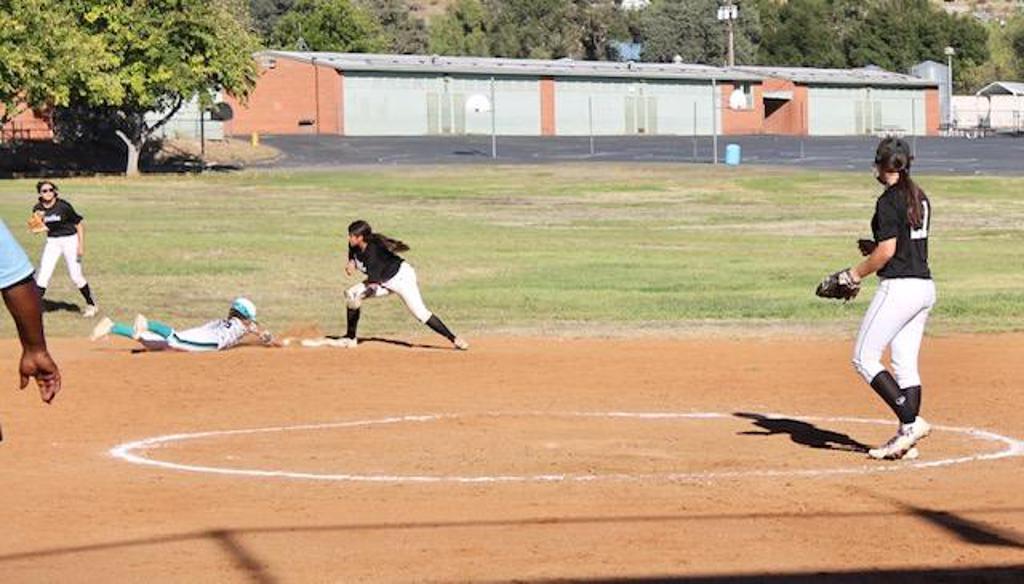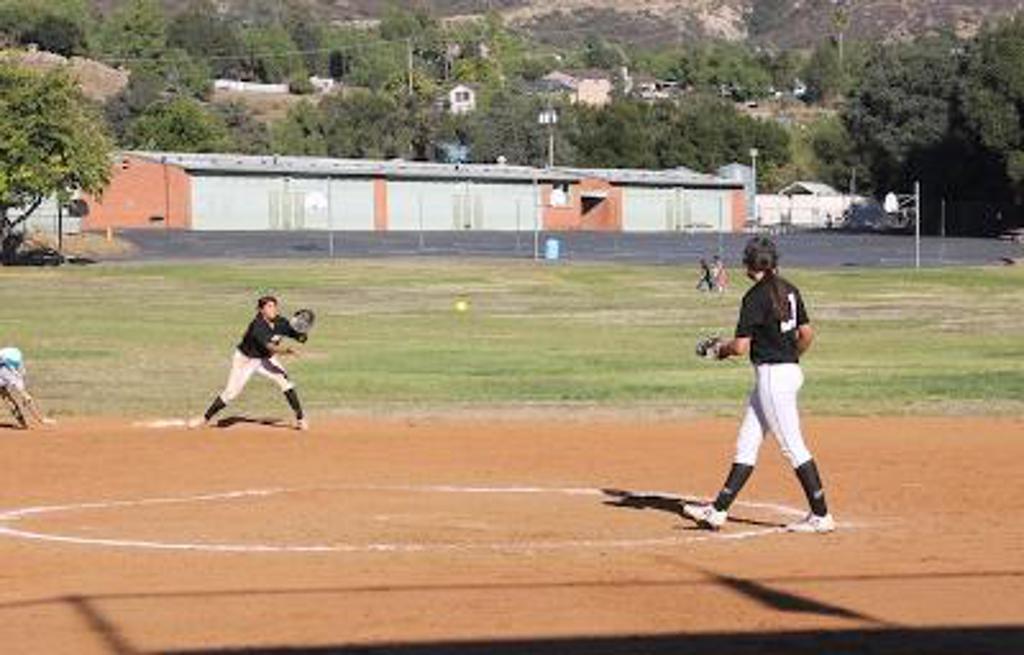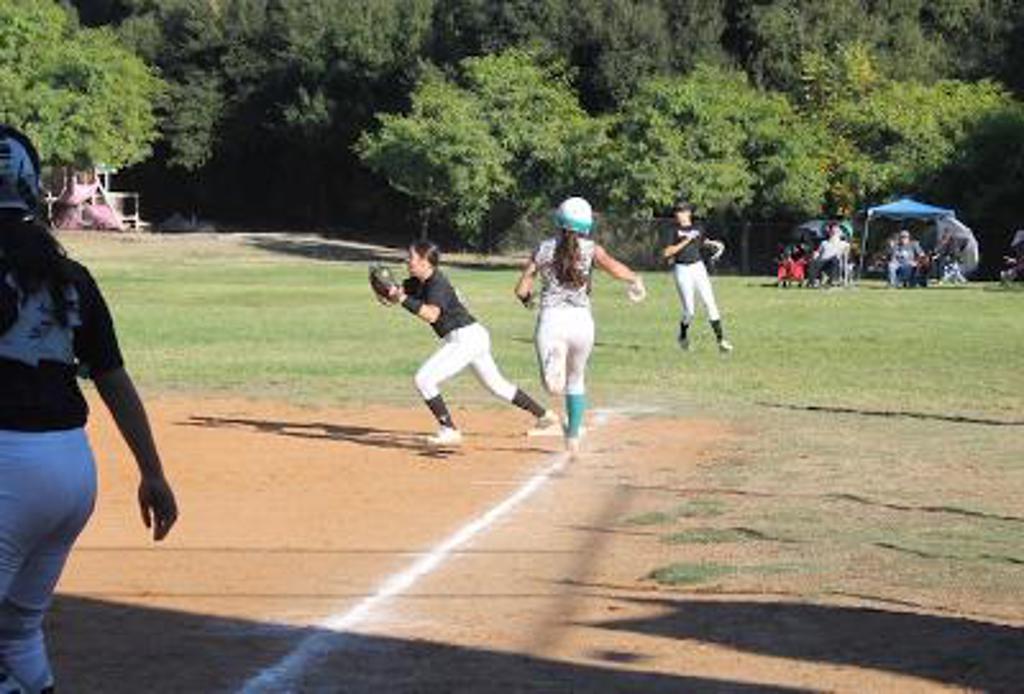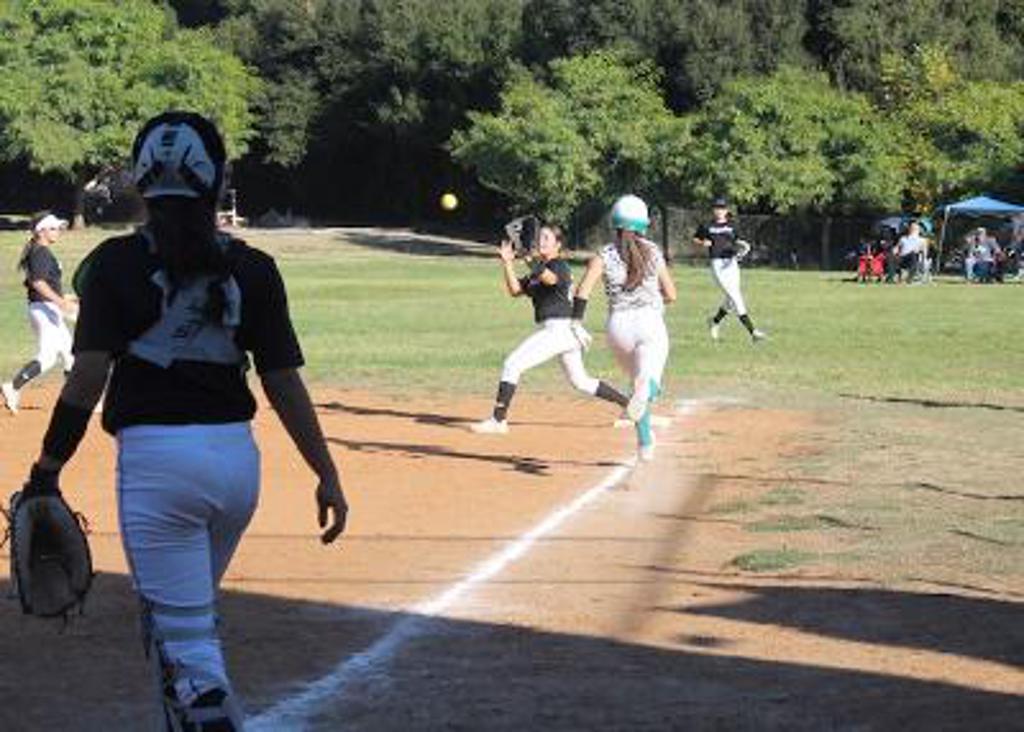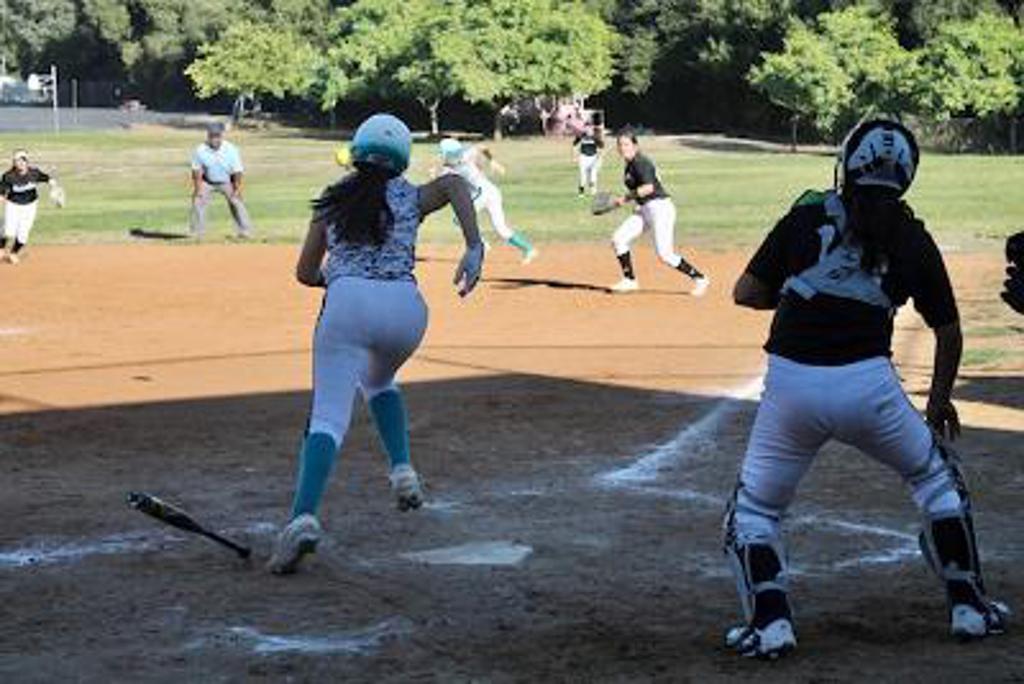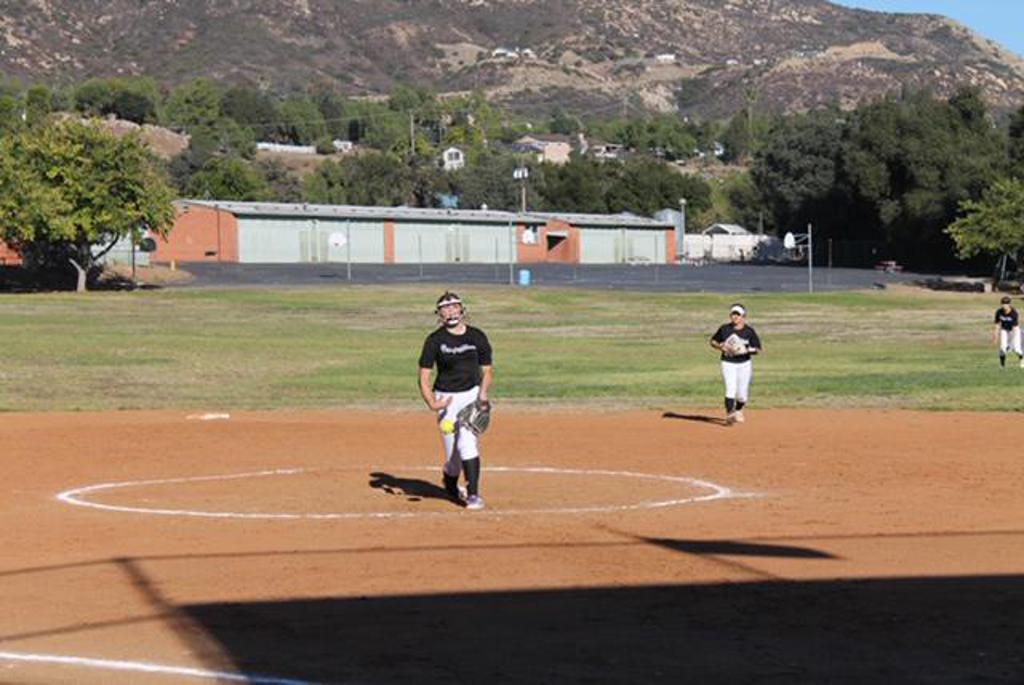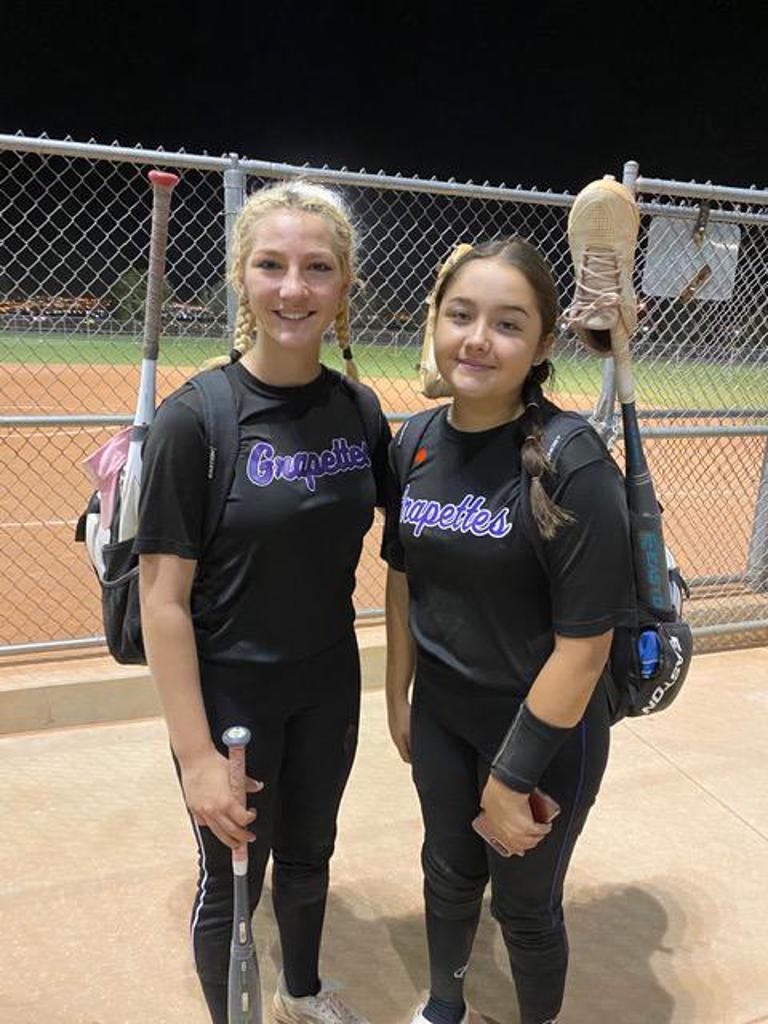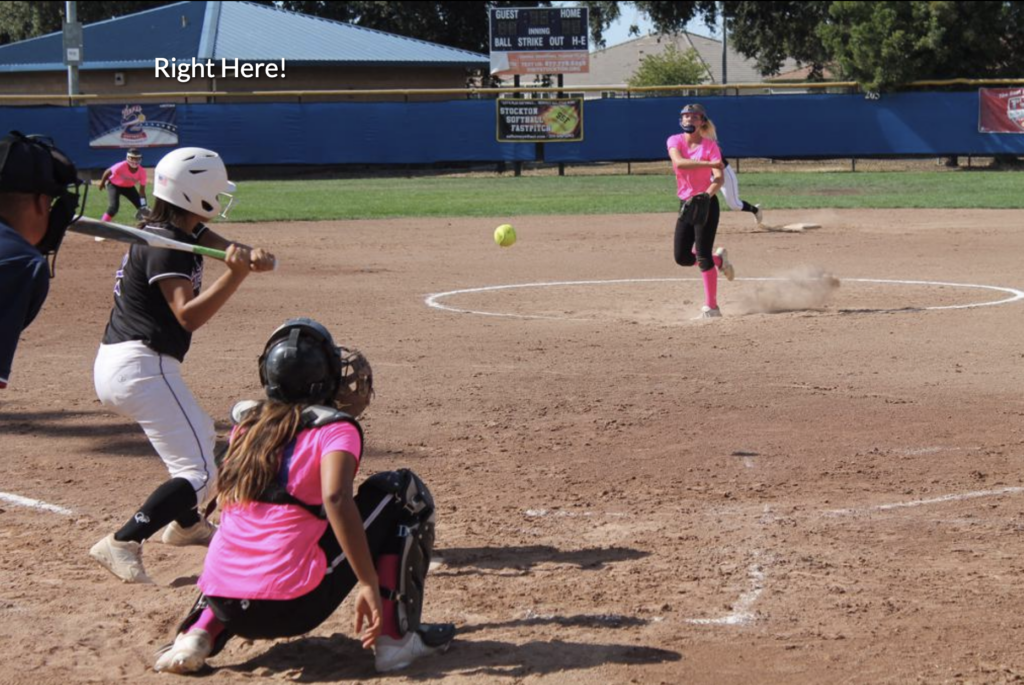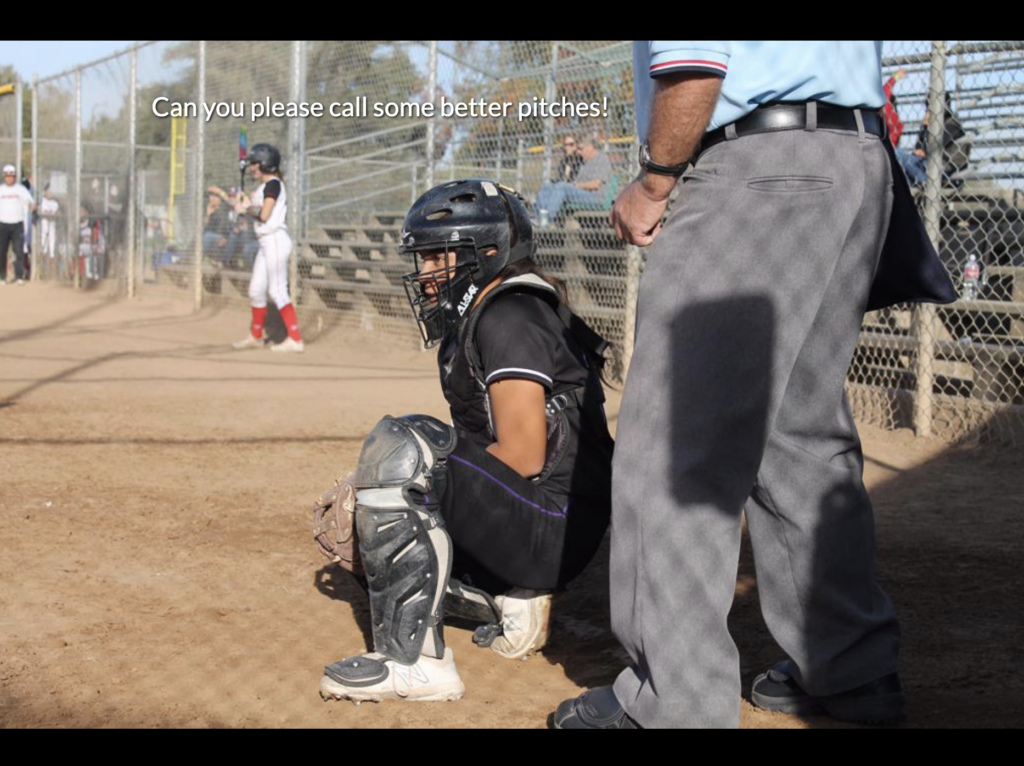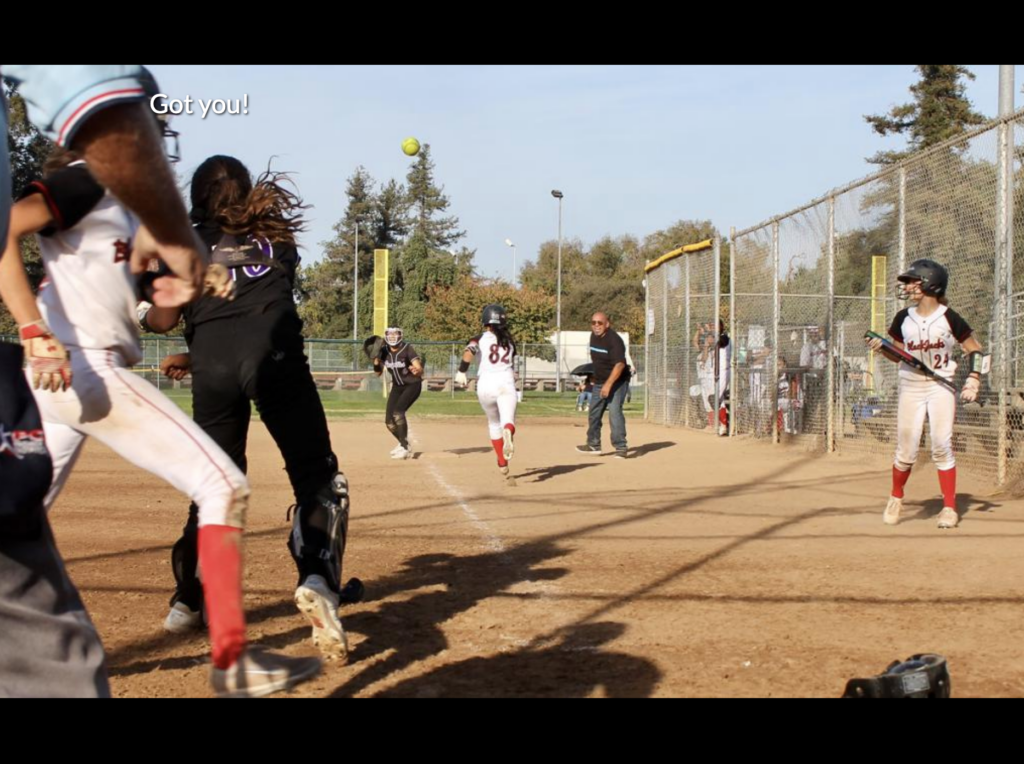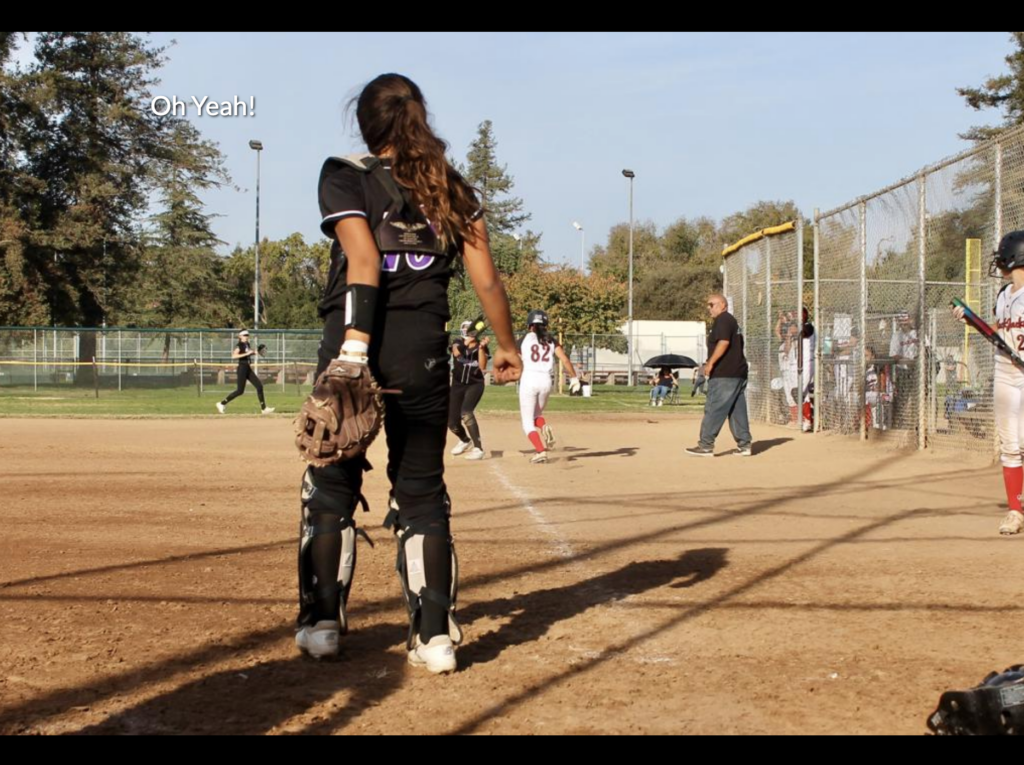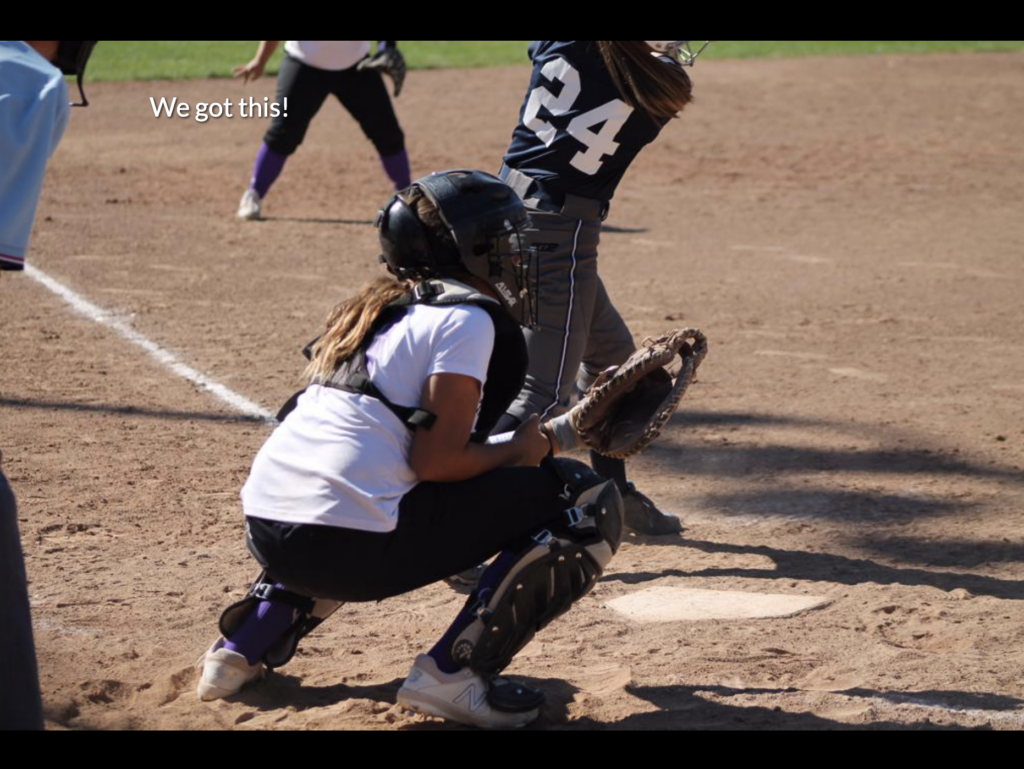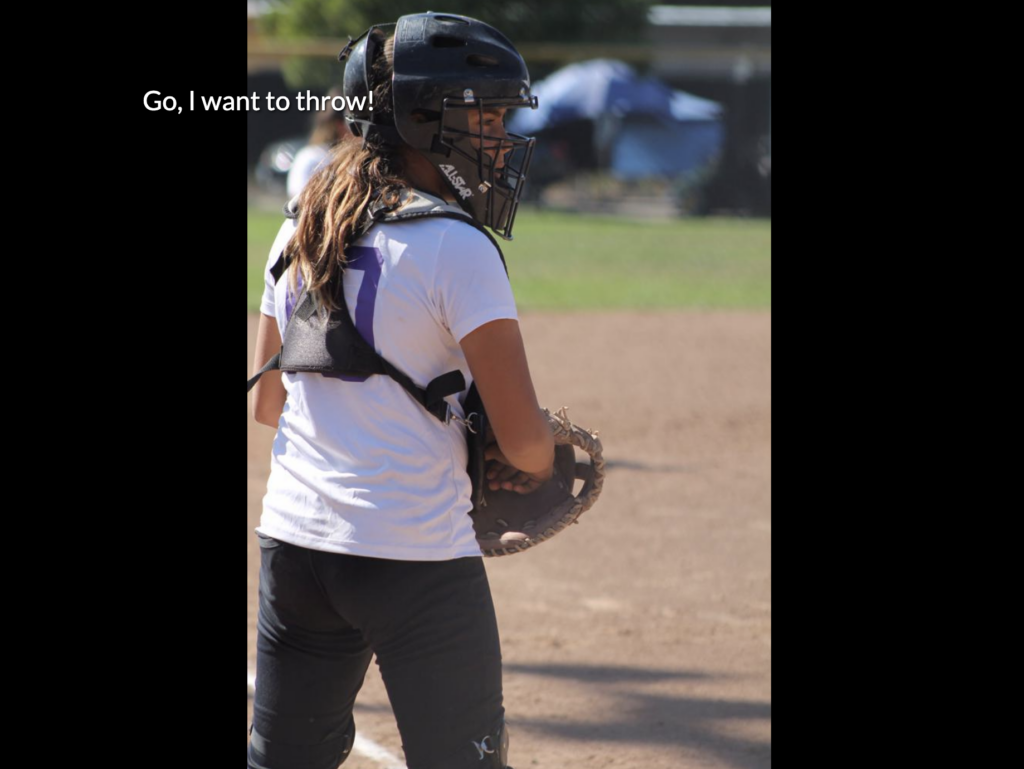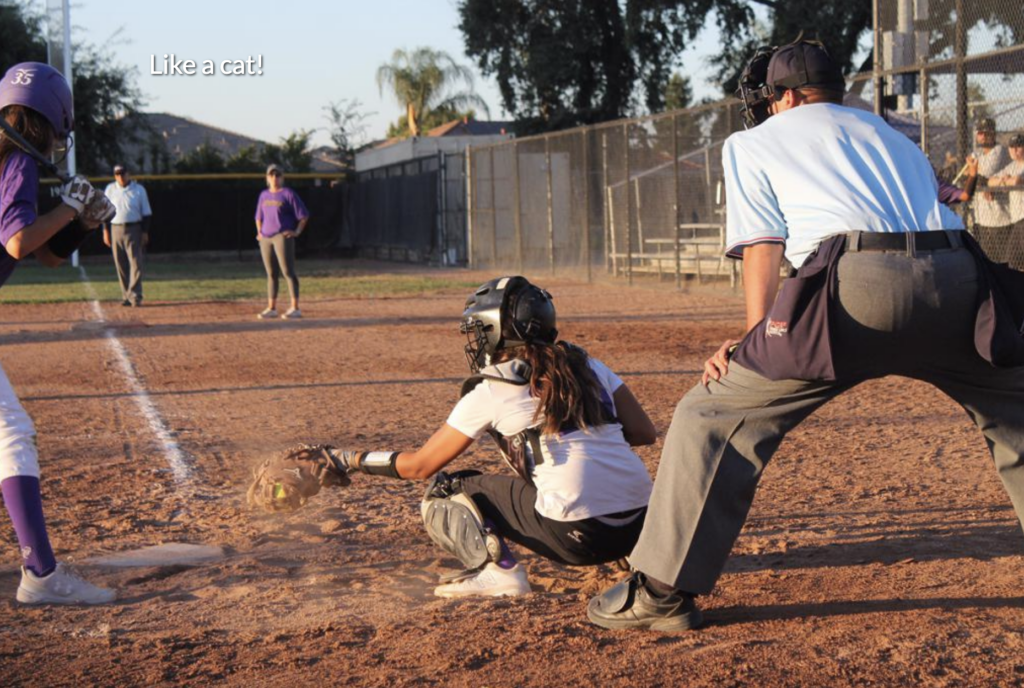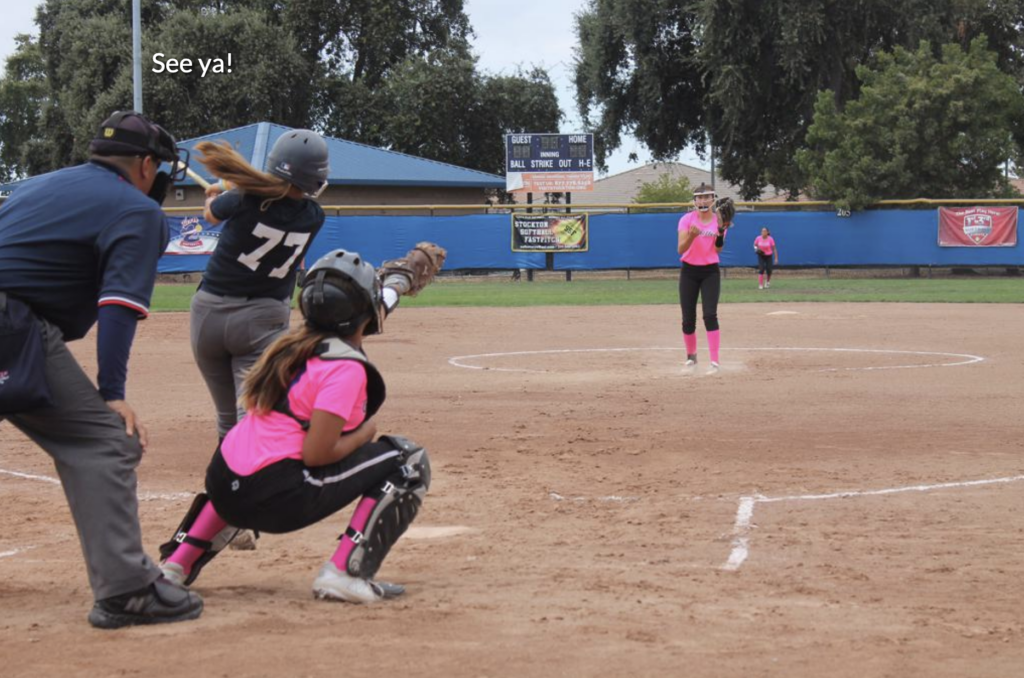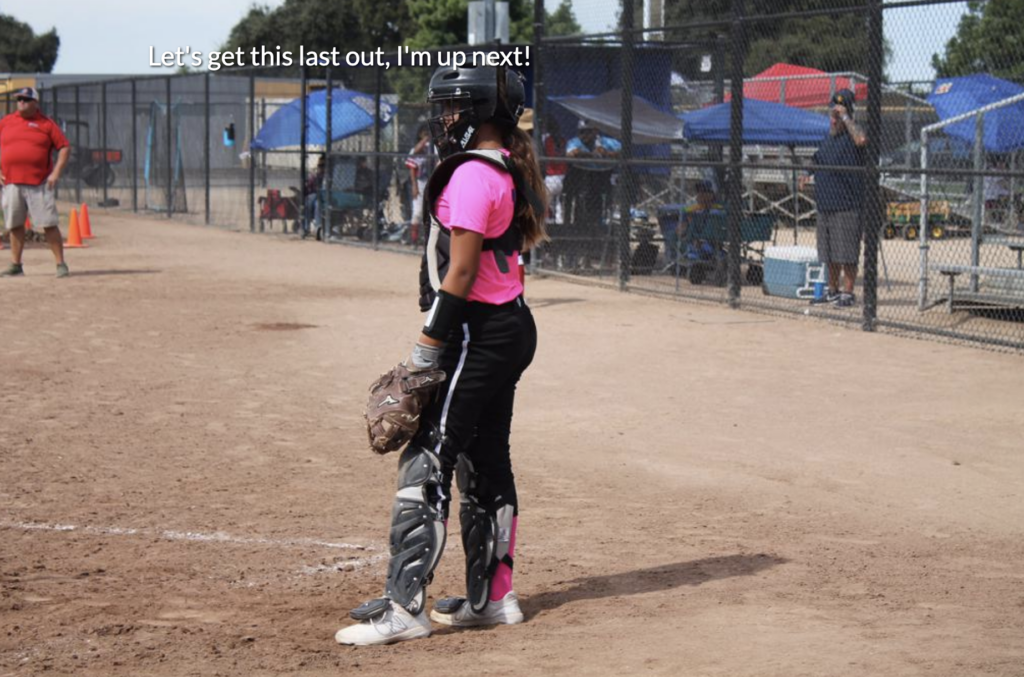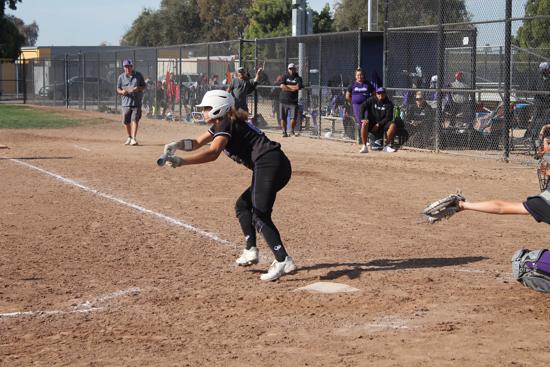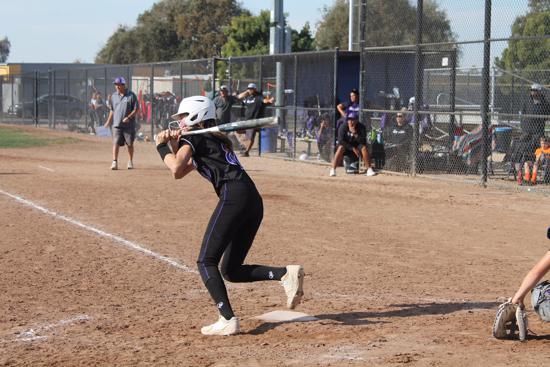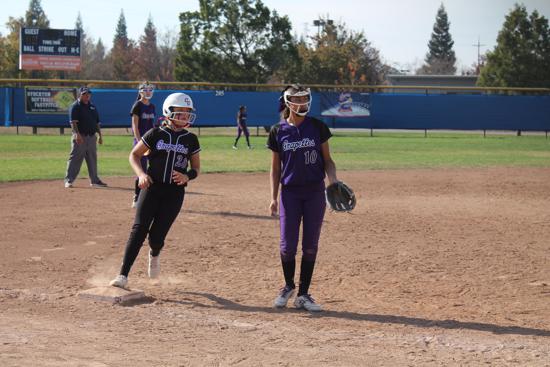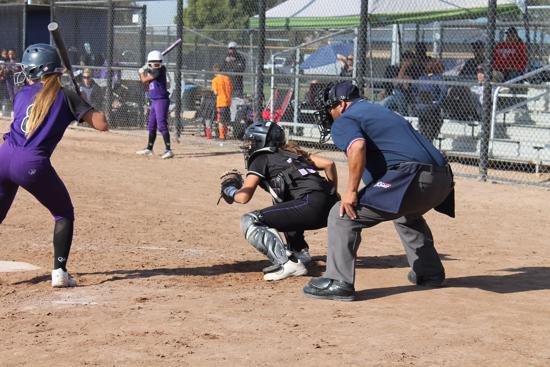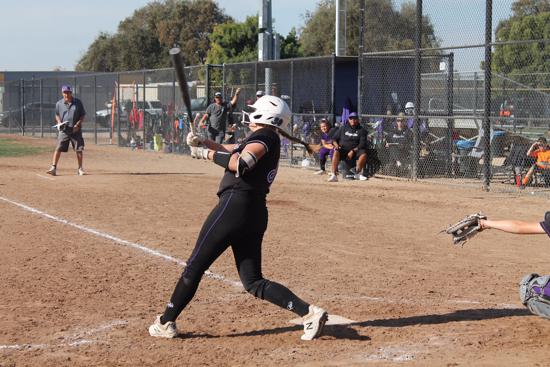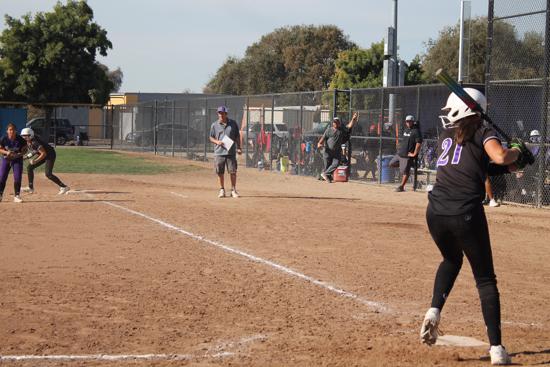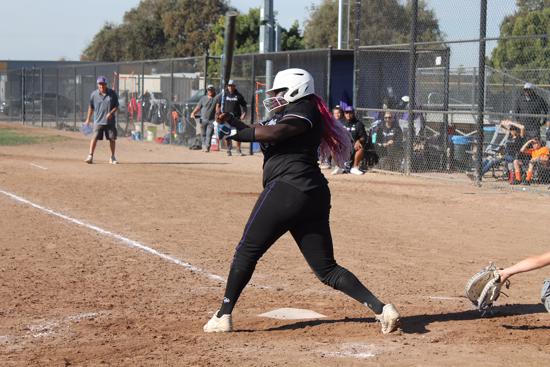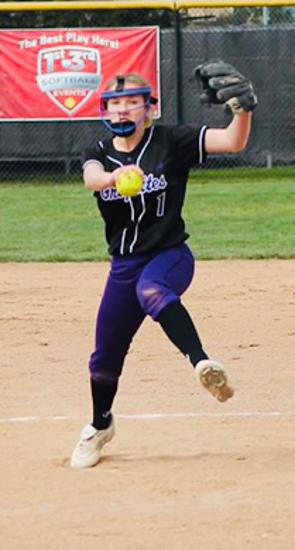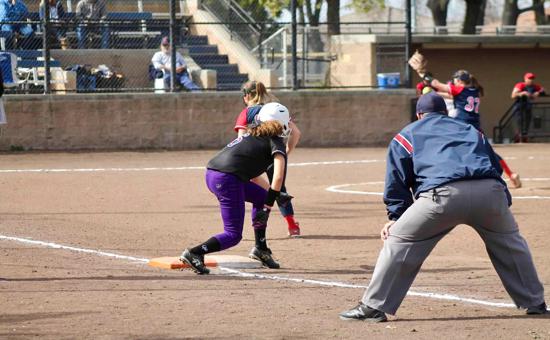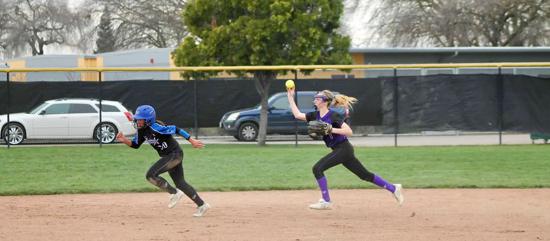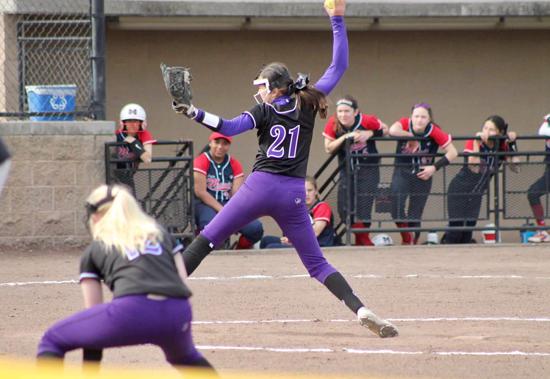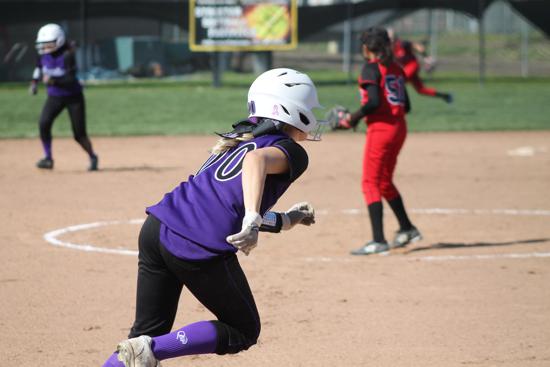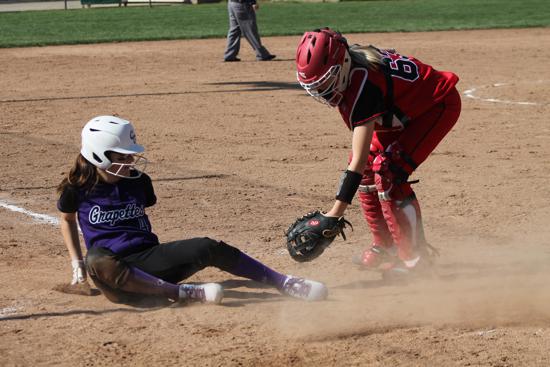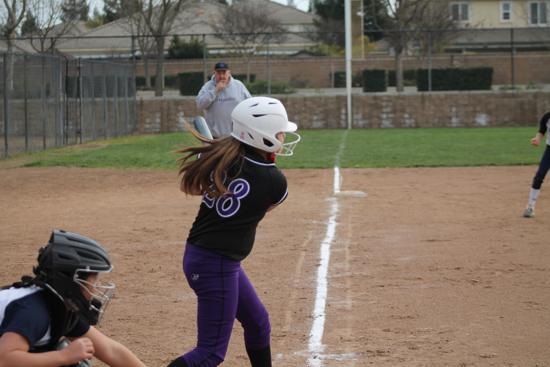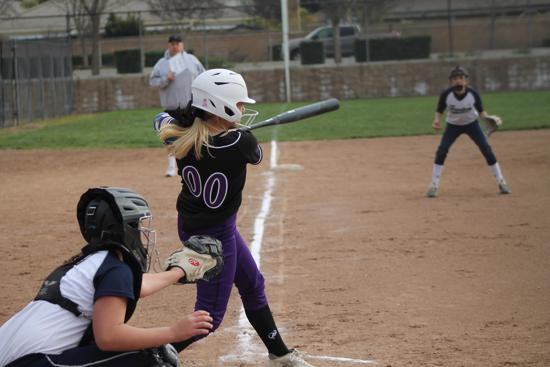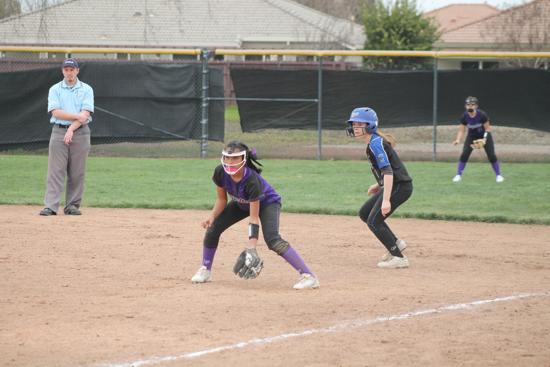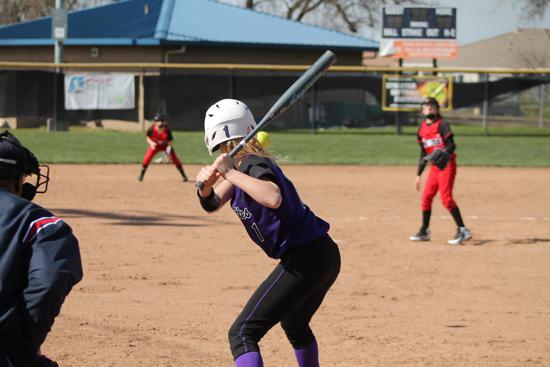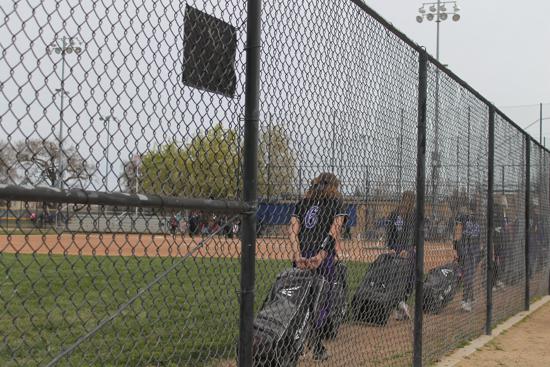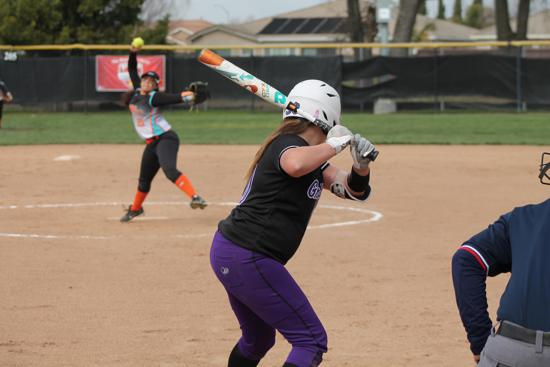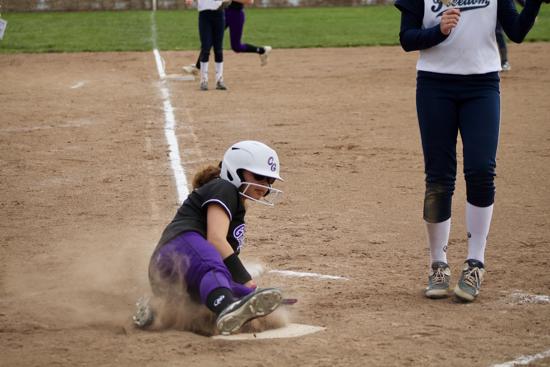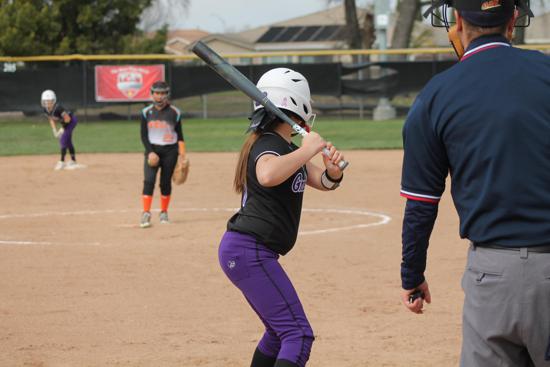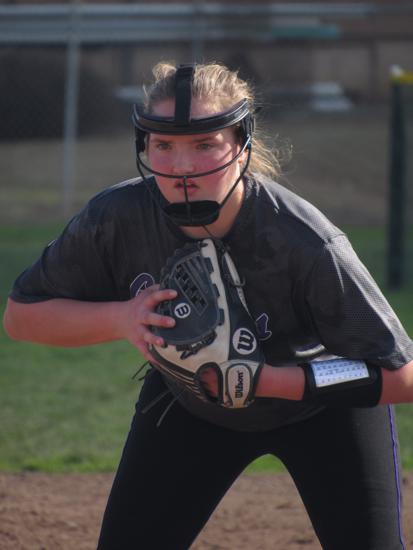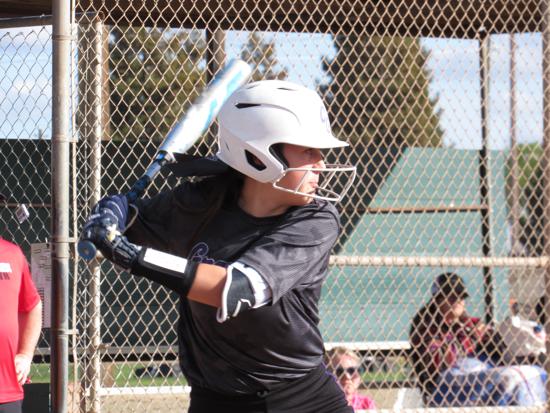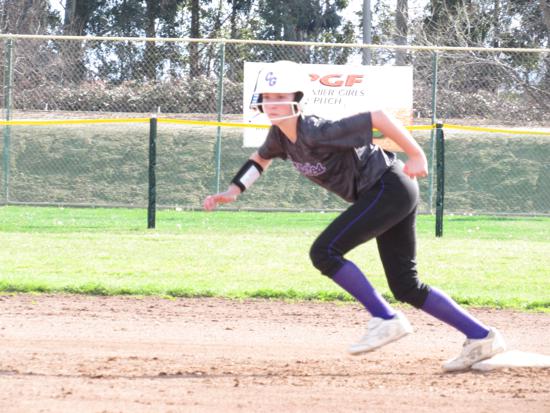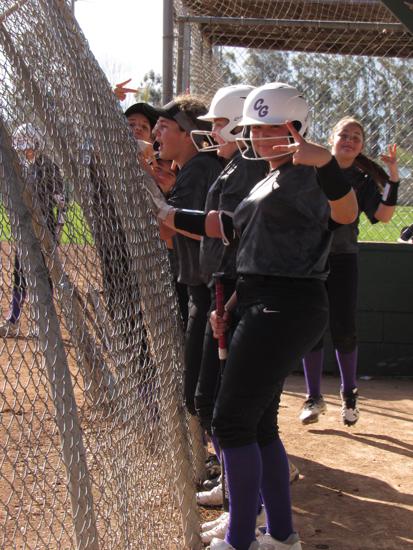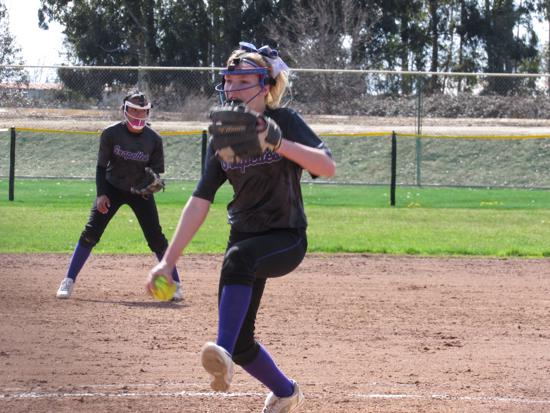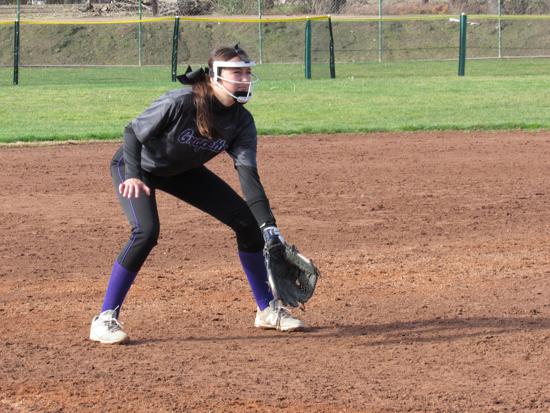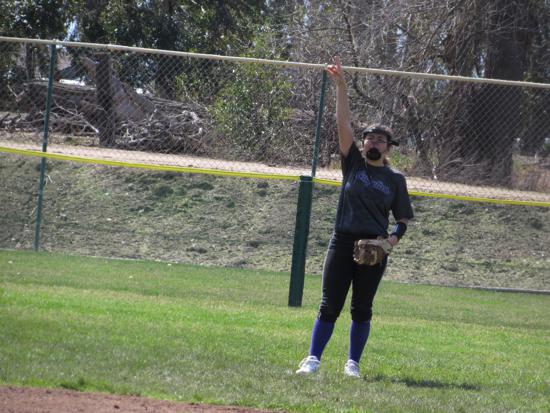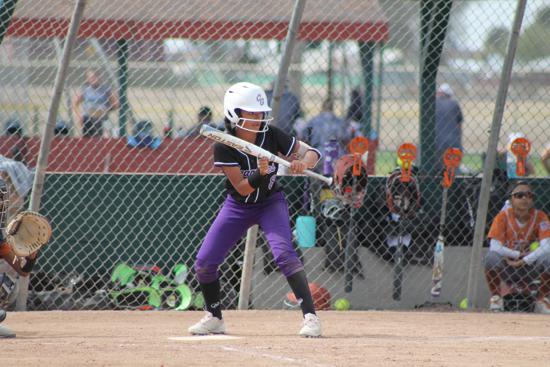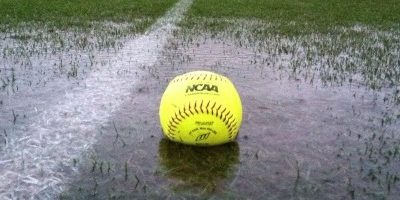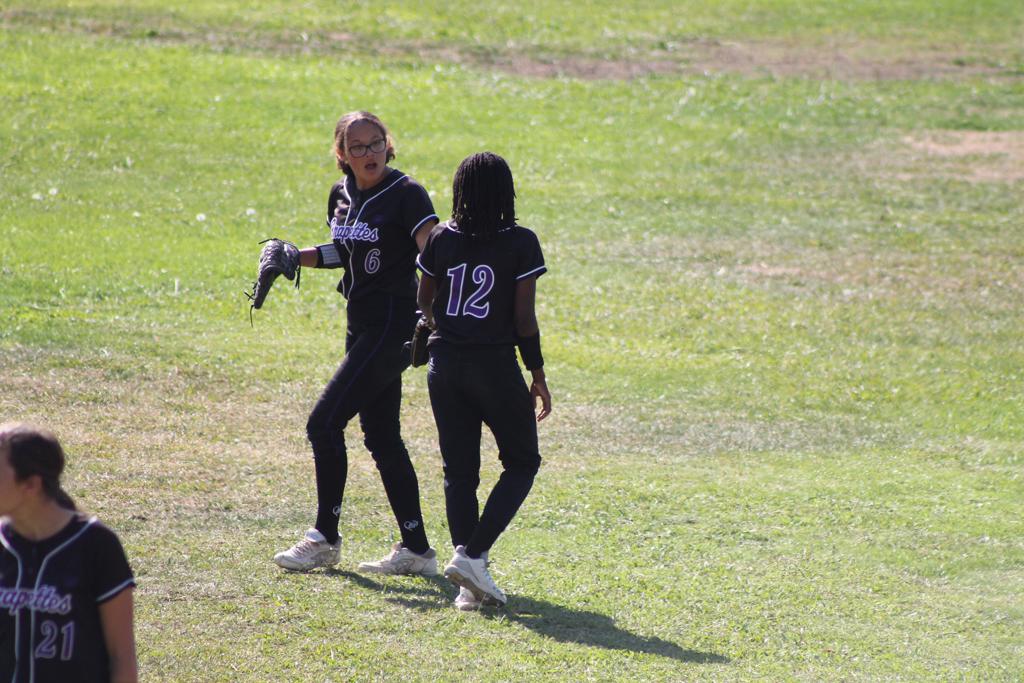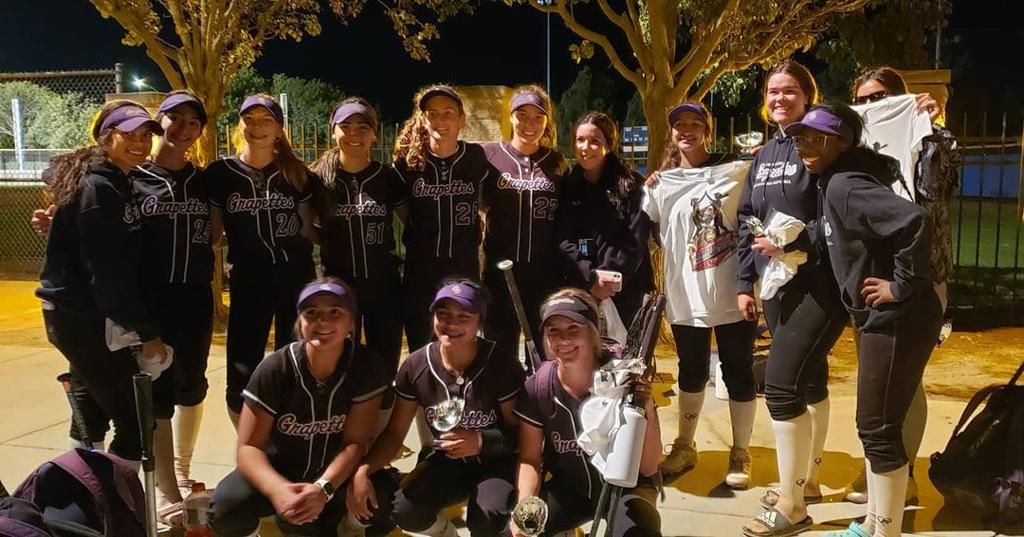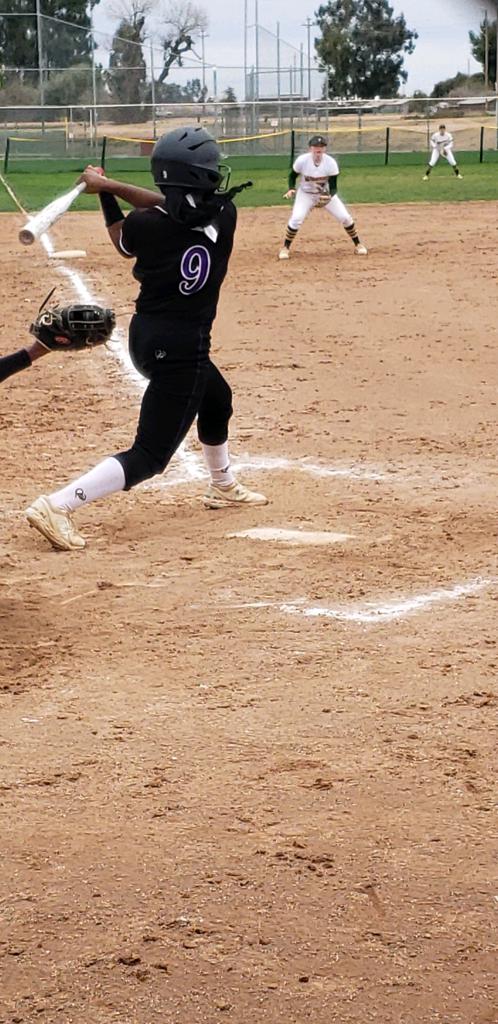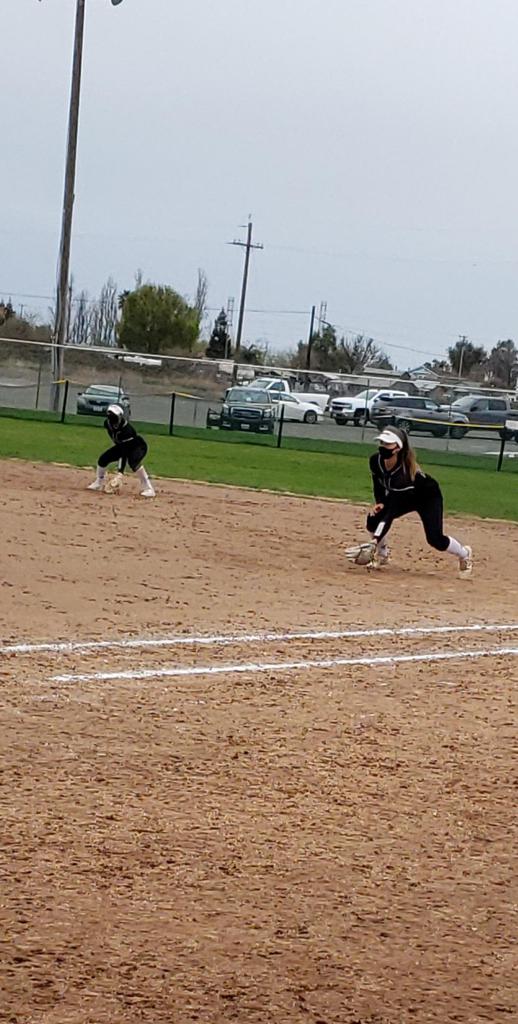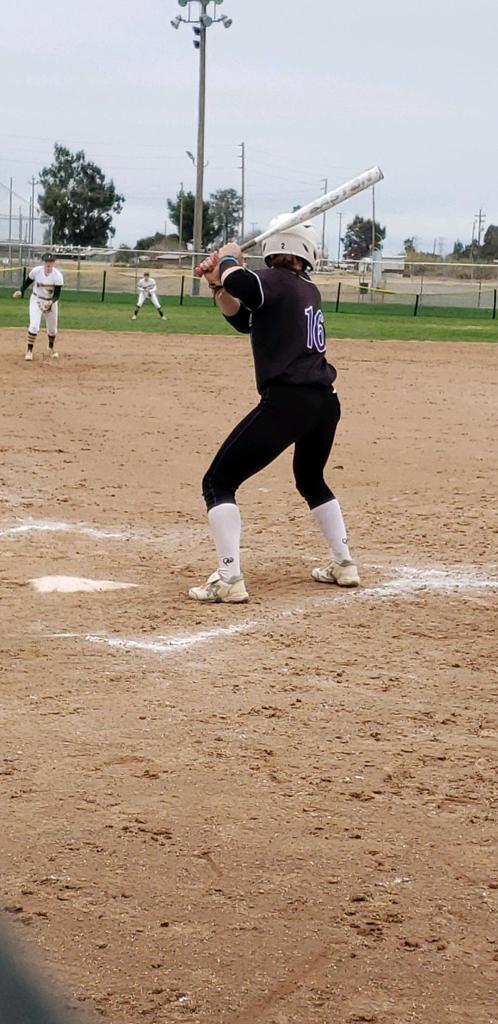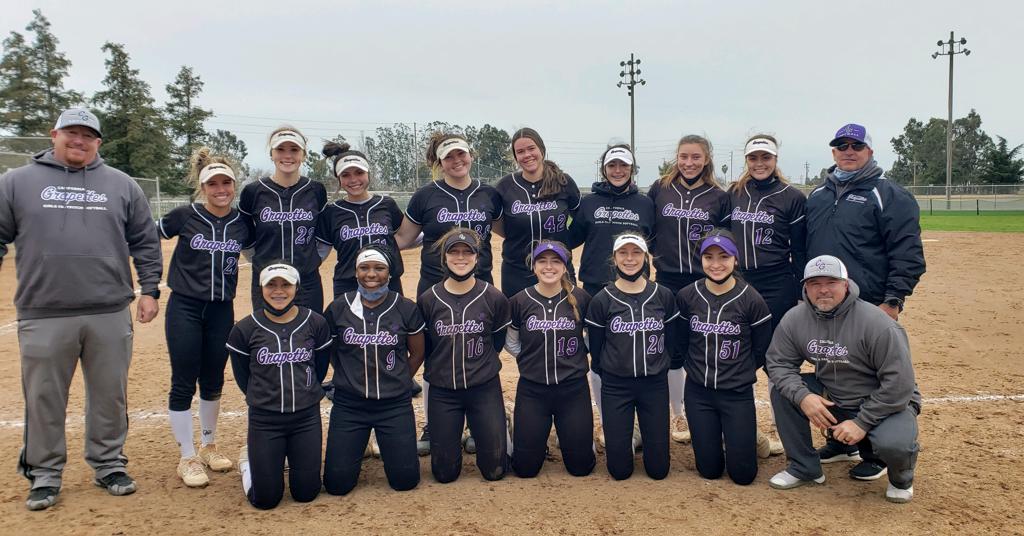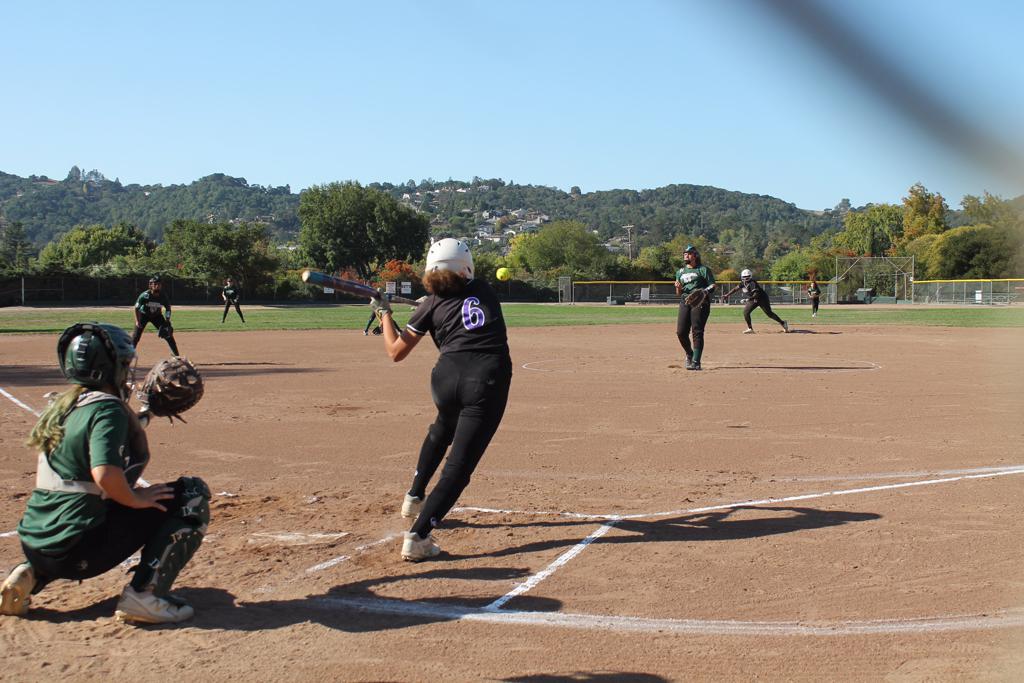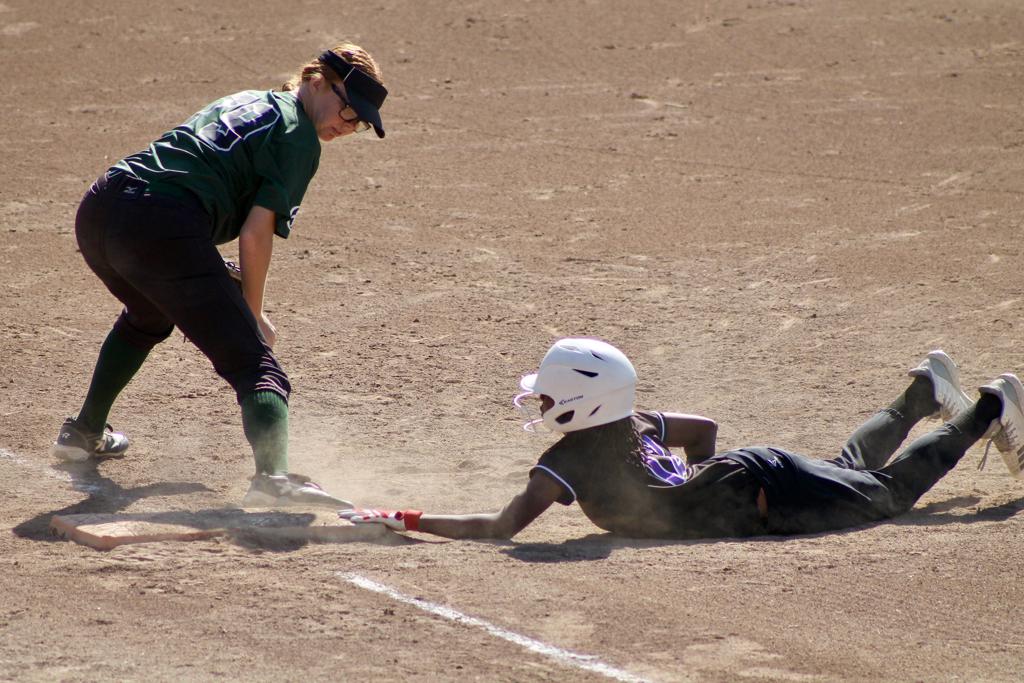
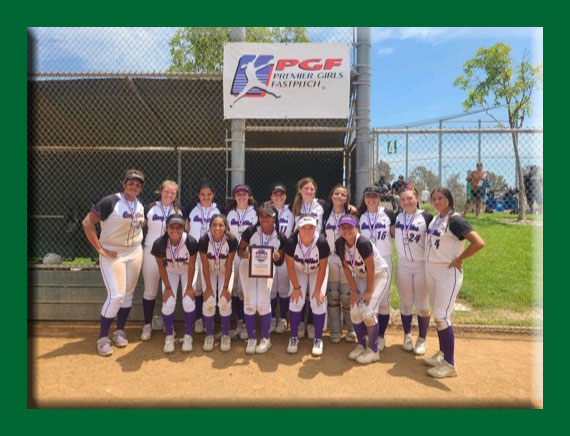
Grapes McNair '06 Finish 5th at 2022 TCS Fireworks
16U Supplemental Power Pool in Colorado!
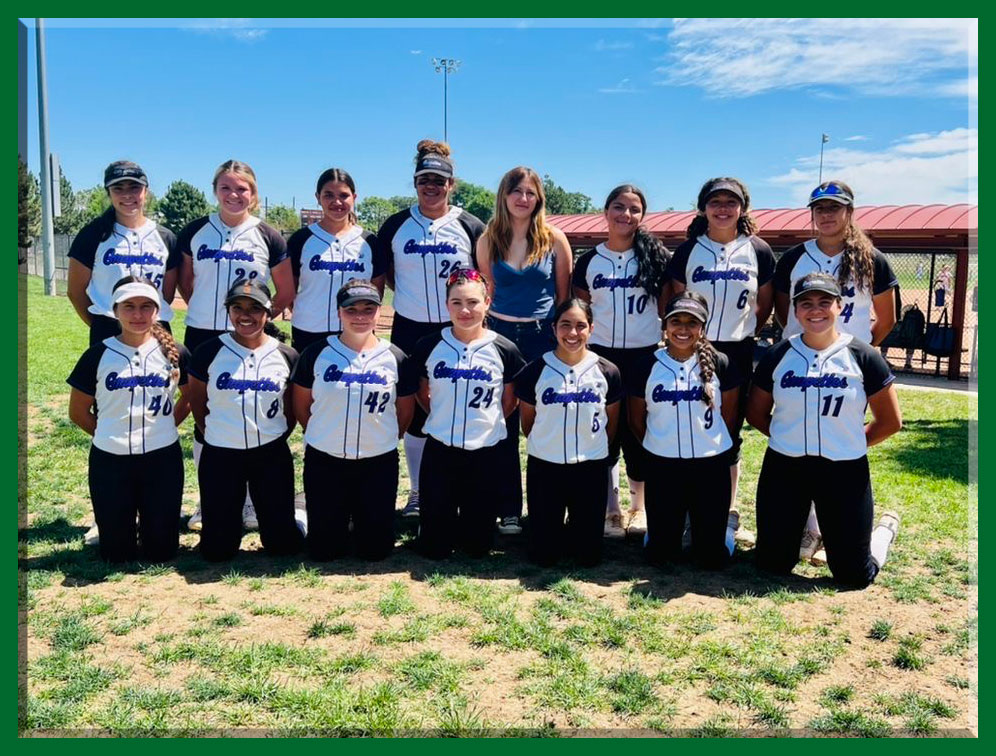
2021 PGF 14U Premier National Championship 2nd place
CALIFORNIA GRAPETTES 06 MCNAIR FINISHES #2 IN THE NATION AT THE 2021 PGF PREMIER NATIONAL CHAMPIONSHIPS!!! (9-1)
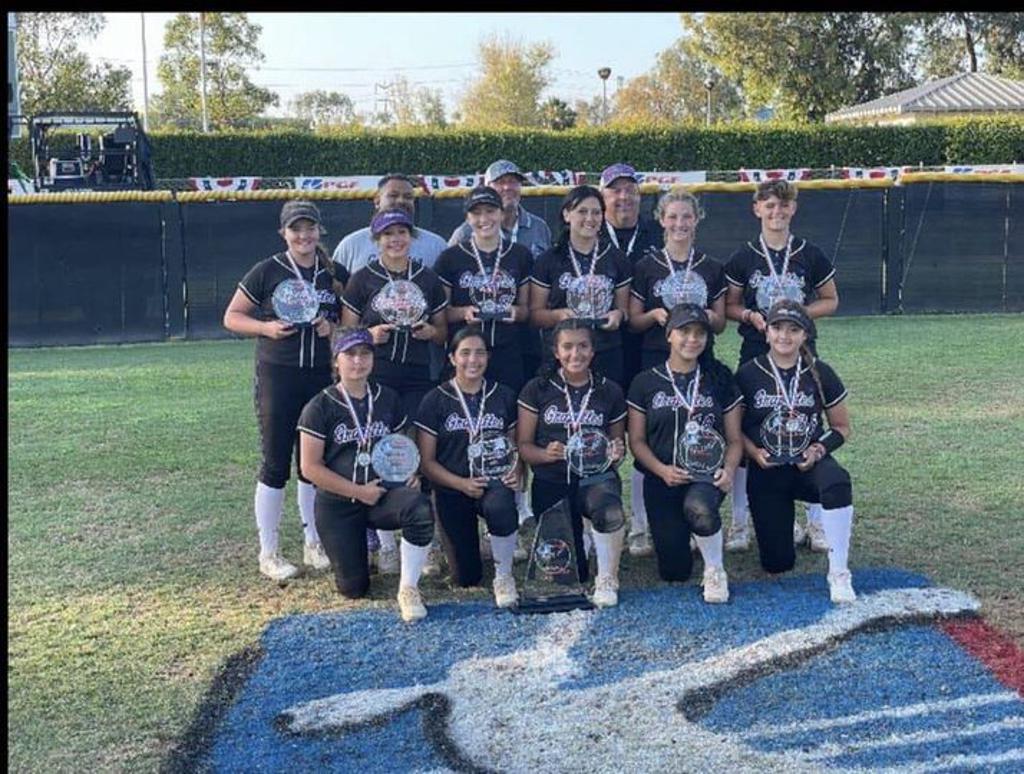

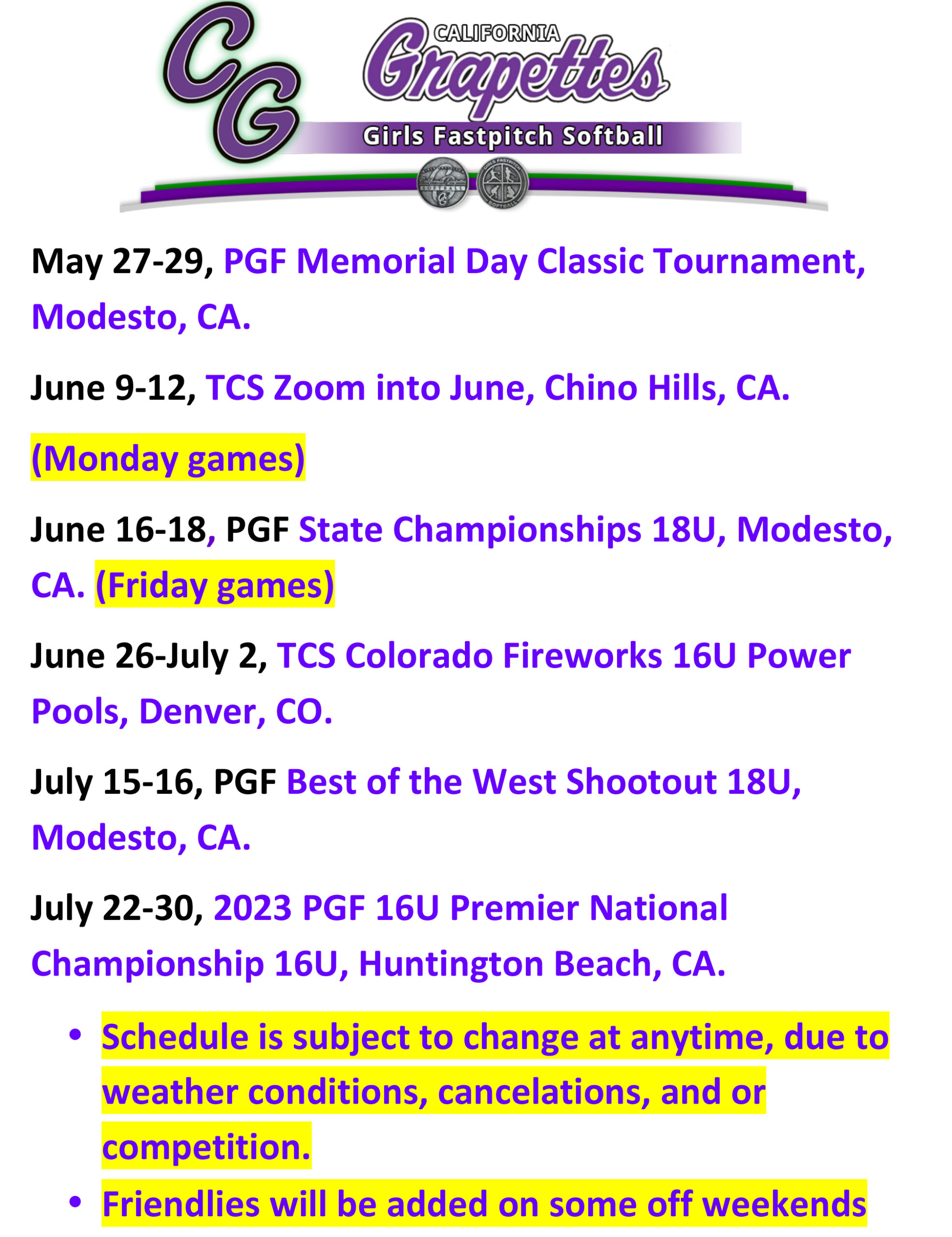
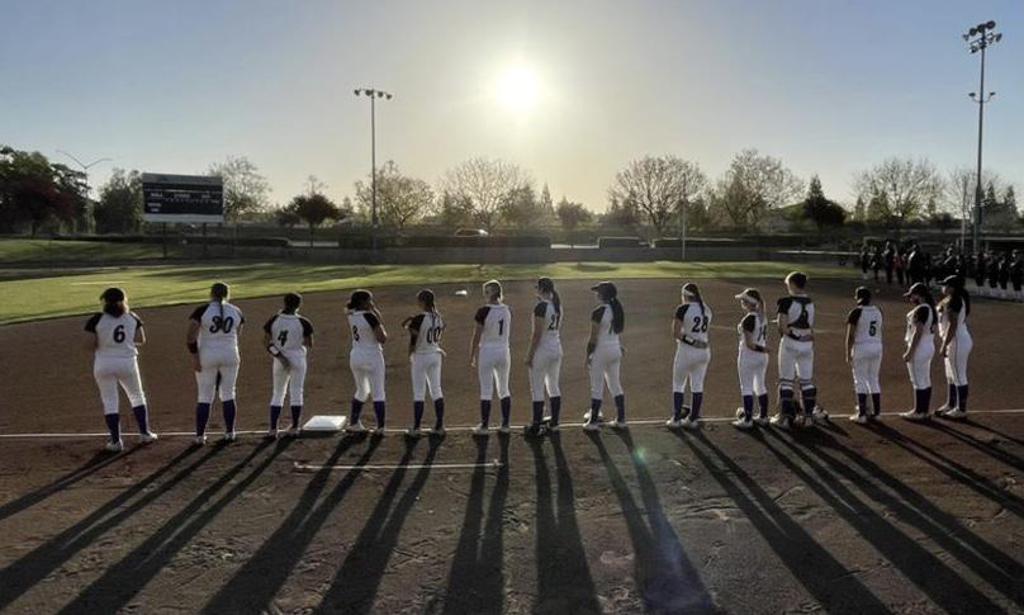

Grapettes 06 McNair went undefeated to win the PGF Headed to the Beach Tournament, getting their 2021 PGF National berth paid. 5/16/21
CALIFORNIA GRAPETTES 06 MCNAIR, CHAMPIONS OF THE 2021 NORCAL'S FINEST BEST OF THE WEST TOURNAMENT 4/18/21
These girls showed amazing teamwork, mental focus, and individual skills, going 7-1 to finish Champions!
Headed To The Beach Again!!!
A big congratulations to the Grapettes 06 McNair girls and families for receiving a 2021 PGF Premier berth! Thank you as always to the Grapettes Organization for supporting us and giving us the opportunity to be Grapettes!
SEE BELOW FOR 2021 SUMMER SCHEDULE!!!


SHOUT OUT TO INDIA & TIANNA
Grapettes 06 would like to thank India Chiles, and Tianna Batts (University of Tennessee) for their informative Zoom call with our players this week. We thank you for bringing your fantastic enthusiasm to teach young players and sharing your expertise about the game we all love!
THANK YOU TO THE GRAPETTES!!!
I want to thank the California Grapettes family for all they do for the girls and this organization. The amount of love and support, is what makes the Grapettes, a great place to play! I am really enjoying being part of such a well run and organized group! Feeling good wearing the purple! A special thank you to Chris Kappmeyer and Roy Taylor, for giving our girls and families the opportunity to be part of such a long lasting tradition, which is the Grapettes (31 years and counting)! It's a great time to be a Grape!!!
Thank you, Coach Moose
THE WINNING HITTER USING A YES, YES, NO, ZONE HITTING APPROACH!!!!
Zone Hitting!
I want our hitters to use the zone hitting approach. This is how we become disciplined hitters and learn to swing at good pitches. We do not want to help opposing pitchers by swinging at pitches that are hard or impossible to hit. Hitters who are ahead in the count are much more successful hitters at any level. Let’s make the pitchers throw the ball in the zone where we can hit it hard. By staying ahead in the count, it forces pitchers to throw us more pitches in the strike zone, that are easier to hit. It also forces pitchers to throw us more fastballs and less off speed pitches. When a hitter is ahead, they should look to a smaller strike zone. When a hitter is behind in the count, the batter needs to expand their strike zone. So, on a 3-0 count, the batter should be looking for one speed to a specific spot, or small hitting zone. On 0-2, the hitter needs to cover any possible pitch thrown, that could be called a strike by the umpire and different speeds as well.
The Hitter also needs to study the tendencies of the pitcher. This is done by paying attention to their teammate’s at bats and communication with your teammates. What does the pitcher like to throw on the first pitch? What do they throw when behind, or on a full count and to what locations? Many pitchers and pitch callers are predictable. Pitchers and pitch callers will tend to throw the same pitches in the same situation. This is because it is the pitchers best pitch or a pitch that the pitcher can throw for a strike consistently. Knowing more about the pitcher, and having a strong hitting approach, can help the hitter to make small adjustments that can give the hitter an advantage. This knowledge should help the hitter be aggressive, rather than reactive. Many times, just fouling off any pitch with a 2 strike count is a win for the hitter. The pitcher could make a mistake and throw the next pitch right over the plate, and every pitch thrown, helps the hitter with their timing!
Yes, Yes, No Approach!
With a Yes, it’s going to be a strike to the zone I’m looking(not the whole strike zone, with less than 2 strikes), Yes, I’m swinging, and No, that pitch is not in my zone that I’m looking to swing, so I will hold up or check swing. This is called the Yes, Yes, No approach! The Yes, yes, no approach is a way to always be aggressive. It helps the batter have better timing and makes it easier to hold up on pitches out of the zone, which forces the pitcher to throw more pitches over the plate. By seeing pitches over the plate and being ready to swing, the hitter will be more successful.
When Facing a Top Pitcher!
Top pitchers are good because they have good velocity (speed), can locate their pitches (hit their spots), and have different pitches (change ups, curves, and rise balls). These top pitchers are trying to throw strikes early in the count. They want to get ahead of the batter. As they get ahead, they will go more to the edges of the strike zone, making it harder to hit their pitches. They will also throw more change ups, rise balls, drop balls, and curve balls.
One way to be successful against good pitchers is to look for a strike early in the count, to hit. You can not be as patient against top pitchers, or you will be playing into their plan. It is hard enough to hit when behind in the count, let alone facing a pitcher with, velocity, great location and numerous pitches when behind in the count.
Being Successful Against Good Pitchers
Having a successful at bat against good pitching doesn’t always have to be a hit. When facing a good pitcher, we may only be able to score 2 or 3 runs. What is important is that we reduce our strikeouts, especially with runners on base and hit the ball hard.
A successful at bat against great pitchers could be a hard grounder for an out that moves runners up. Hard hit grounders force the defense to make good plays to get us out. Getting a bunt down on the first pitch will also force the defense to make a play and can move runners up or score a run.(missing or bunting a ball foul, is helping the good pitcher get ahead in the count and prepares the defense to make a play by making them extra aware). A hard hit fly ball out can also score a run (tag up) or move a runner up. Hard hit fly balls, force the defense to make plays, relay balls and makes them have to play deeper, giving us more chances to get hits to drop in front of them and be able to be more aggressive on the bases when we do get a hit. Lastly by being aggressive early in the count to great pitchers, they might not be able to throw fastballs in the zone to get ahead in the count. This will cause them to throw for edges early and might make them to start behind in the count. Great pitchers hate to pitch from behind and will have to throw more pitches over the plate late in the at bat, giving our hitters an advantage.
Let’s make sure we use a Yes, yes, no zone hitting approach. Let’s also look to swing the bat early against great pitchers, when they throw us a strike!!!!!
COACH MOOSE
Batting Terminology by Mike McNair
Lets get Technical
Bat lag - Leading with the knob of the bat, or taking the knob directly to the plane (height) of the ball while keeping the barrel of the bat behind the knob. Creates bat speed and allows hitters to adjust to different locations and speeds.
Casting - Swinging with elbows straight at contact point. This greatly reduces bat speed, and has the barrel of the bat in the hitting zone, for a reduced amount of time. Casting robs batters of all upper body power and lower body torque.
Coiling - Transferring body weight from front side to the back side of the body in preparation to swing. Also called Load or Reverse load
Connection - Connecting the upper part of the body with the lower part of the body while getting to and through contact point and finishing your swing.
Contact position - Making contact with the ball out front with lower half engaged, head down, and elbows bent.
Extension - Getting both elbows straight as the hitter goes from bent elbows at contact point (hitting V) to arms pointed out with bat and extension of both arms just after contact point.
Heel Plant - Moving out of the 'toe touch' or ready position and planting the heel of the front foot just before rotation.
Linear hitting - The focus of hitting is more on the arms, hands, and wrists as the main sources of power.
Loading - Also called 'cocking' and 'triggering', position taken in preparation for swinging the bat.
Negative motion - Loading body weight onto the rear leg prior to move into a forward swinging motion; sometimes called cocking, triggering, or loading.
Plane - The plane that the bat takes through a hitters swing. There should be some upper cut action in the swing finishing high, even on a low pitch.
Pop-up - batter's most dreaded hit; the ball goes very high and usually stays in the infield.
Rotational hitting - Using the entire body, particularly the hips and core, to power a hit.
Slot position - The arms drop on plane with the softball, allowing the legs and hips to power the hit.
Stride - Step taken in order to build momentum needed to power a hit.
Toe touch - Also called 'step', getting on the toe of the front foot during stride.
Short to- Having elbows bent at contact point. Also called Hitting V, or Power V
Long through- Get arm extended after contact on follow through
Bat Speed- How fast your bat is traveling on your swing
Tilt-The angle of your bat with handle above barrel on your swing (not level). Also can be the position of your body, when swinging, good tilt is leaning slightly back, with the top half of your body at the same angle as your locked front leg after stride.
Knocking knuckles- Aligning your knuckles on your grip, to help not roll you wrists at contact point.
Driving your knee- Driving your back knee to the ball at contact point, which creates power.
Separation- Extending the bat in your reverse load, stretching out your rib and stomach muscles, to fire those muscles on the swing. This creates separation of the upper and lower body. Adds bat speed and power to your swing.
Yes, yes, yes- Yes it is going to be a strike, yes I'm swinging, and yes I am going to hit the ball hard.
Yes, yes, no- Yes, it is going to be a strike, Yes, I'm swinging, No, I will hold up, because that's not a strike.
Palm up, palm down- having your top hand palm up and your bottom hand palm down at contact point. You want to stay palm up and palm down as long as possible through the swing to avoid rolling over your wrists.
Driving the knee- To drive your back knee through the pitch, transferring you weight and power into your swing.
Pushing, not spinning the back foot- Pushing off the back foot means that the batter is pushing off the ball of their back foot and their big toe, spinning is just spinning the back foot(squashing the bug), which allow the batter to get their hip through the swing, but with very little weight and power. When pushing properly, the back foot will come up on the toe, pointing directly at the pitcher.Sometimes the foot will move slightly forward.
Over rotating- When the batter over rotates the back foot, making it hard to leave the batters box fast.
OUTFIELD COMMUNICATION
Communication & Coverage
Tips for Outfielders in Softball
In softball, three players are responsible for the entire outfield, which means communication is crucial. Talking in the outfield allows player to evolve from thinking your teammate will get the ball to knowing she’ll get it. Likewise, if a wild throw is made in the infield and no one is there to stop it from rolling to the fence, a run can be easily scored — outfielders are incredibly important. This softball guide covers important communication and coverage tips that will make everything a little easier in the outfield.
Communication
Nothing is worse than seeing two outfielders looking each other in the eyes as the ball falls between them, especially if the game is on the line. These errors happen because of a lack of communication between the outfielders. Below are a few communication tips that can help prevent fly balls from dropping and lost opportunities to get the out.
The Centerfielder is Chief
Balls that fall between outfielders are sometimes the hardest to catch because there is always some uncertainty as to who should get it, who will get it, and if a collision will occur in the process. Uncertainty leads to hesitation, and hesitation leads to dropped balls. So instead of playing the guessing game, one player has to take charge — and that’s the center fielder.
A good center fielder will approach the position with an aggressive mentality. She should want any ball she can get to. But even if she could get every ball in the outfield, it doesn’t mean she should. If a ball is dropping between two outfielders, one usually has a better read or play on it, and it’s not always the center fielder.
Even if the center fielder is calling for the ball, another outfielder can call her off if she feels she has a better read and play on it. In these situations, the other outfielder needs to call the ball louder than the center fielder and the center fielder needs to acknowledge the call by yelling “Take it! Take it! Take it!,” and then immediately backing up her teammate. Whatever the case, the ball cannot drop. The center fielder needs to ensure everyone knows who is catching the ball.
Pop-ups between the Infield & Outfield
Balls that land between the infield and outfield can be confusing. If it’s on the dirt, it’s probably the infielder’s ball, but what about balls that land on the grass a foot away from the dirt? In these cases, it could be fair game for both the infielder and outfielder. An infielder with a good drop step has a good chance of getting it, but an outfielder who is running in will always have the best angle.
Unless she is playing at the fence, an outfielder should be able to catch these balls and call off the infielder. However, that doesn’t mean the infielder should sit back and assume the outfielder has it. She should sprint back as hard as she can until called off, and then run to back up the outfielder. Working together, no ball should drop between the infield and outfield.
Hot Tip: Always Call for the Fence!
One of the most important forms of communication between the outfielders is letting each other know where the fence is, or how close a player is getting to the fence before she hits it. Especially when the game is on the line, you don’t want to see an outfielder miss the ball after hesitating because her teammates didn’t help her.
Coverage
Every outfielder has an inherent backup responsibility:
The center fielder backs up second base and shortstop
The right fielder backs up first base and second base
The left fielder backs up third base and shortstop
All the Outfielders, need to back each other up, on every play
Each outfielder should be sprinting to back up their respective bag after every pitch, depending on where the lead runner is. That is, if there is a runner at first base, the center fielder should be heading to back up second base on the chance that a throw is made there. Likewise if a throw is on its way to first base, the right fielder should already be in position to back up a wild throw.
The outfielders also back each other up. If a ball is hit to right field, the center fielder will be the right fielder’s back-up. The same goes for left field. If the left fielder is going for the ball, the center fielder should be sprinting to back her up; the same goes for the right fielder. If the center fielder is going for the ball, the right fielder should move to back her up if the center fielder is in right-center, and vice versa for the left fielder.
The Last Line of Defense
The outfield is truly the last line of defense against any hit. If a ball gets past them, only the fence can stop it (assuming there is a fence!). The easiest way to cover the most green is to communicate with your teammates and act as each other’s back-ups. Communication and teamwork are absolutely crucial for having a successful outfield, so always make sure everyone knows their role and is ready to go all out for the ball!
Lastly, always remember to have good back up distance and be in line with the angle the ball is thrown from. If your back up position is too close, or off line, then a bad throw will go right by both players, that are trying to catch the ball and that would defeat the whole purpose of backing up!
Always back up, Coach Moose
PITCHERS POEM
Eighty-eight red stitches spin off my finger tips almost every day. The choreography of how the yellow ball dances, is under my control. The axis, tilt, and speed of rotation, allows the dance to come alive. To the North, East, South or West, which way will it break is every hitters guess? To add to the mix, I vary the angle and hit a location. I love the art of keeping batters off balance.
By Melissa McNair
SOFTBALL PITCHING TIPS - A PITCHER'S CHECKLIST
Softball Pitching Tips - A Pitcher's Checklist
By Don Sarno
Here are some pitching points to remember to help you be the best you can be.
1) Pre-Game Warm-up
- Elevate body temperature by jogging and stretching.
- Soft toss overhand, then soft toss underhand to build tempo and timing.
- Work down the middle of the plate before concentrating on corners.
- Establish your primary pitch first.
- Work outside the strike zone as well as in, and on the corners.
- Practice a few pitch-outs
- Concentrate on proper spin for breaking pitches, before throwing at top speed.
- Warm-up in the same direction as you will pitch in the game. Use a new or game ball, if possible.
- Work on visualizing path of pitch, and successful pitches. Warm-up mentally as well as physically.
- Develop concentration: focus on targets and areas.
- Don’t struggle with a pitch which is not working--go back to the basics, or use as a waste pitch. Adjust--always adjust!
- Rehearse your game plan.
- Pace your warm-up to coincide with the start of the game.
- Develop a calm, alert, focused, and positive state of mind.
- Wear a jacket after warm-ups
5 JUMP ROPE DRILLS TO IMPROVE QUICKNESS
One staple in any sport and conditioning program has long been the jump rope. While every tool has its place, the jump rope is a tool that is used for two reasons:
- The natural rhythmic pattern of having to turn the rope and jump/bounce at the same time; there is a major coordination factor involved.
- Quick contacts with the feet force athletes to stay on the front half of their foot - thus improving the "elasticity" of the lower leg (this means quicker and more explosive!).
Here are 5 of the most effective jump rope drills:
Quick Feet
While this isn't the most exciting variation of jump roping, it's perhaps the most important. You will simply start with both feet on the ground at the same time while you're turning the rope as quickly as you possibly can. Do not underestimate the effectiveness of this drill. This is a great starting point if you aren't able to currently jump rope; if you are a master, you can always work at improving your quickness.
Lateral Quick Feet
This variation is the exact same as the above drill except you're going to move side to side instead of just up and down. This will help improve your ability to move laterally. This is a great starting point for improving the foot/ankle complex to control stability (balance and control) while being quick.
Ali Shuffle
With this drill, you will start with your feet staggered (one foot forward and one foot backward). You will then jump up and switch the feet so that you now have your other foot forward. Continue in this pattern working at contacting the ground at the same time with both feet.
Hurdle Step
Start with one leg off the ground with the knee up toward waist height. You will hold that leg up and in position while hopping up and down on the other foot.
This drill is great for improving single-leg power and elasticity. Make sure you start with shorter times (or fewer reps) with this drill as the stress on the lower leg is much higher than the double-leg versions listed above. BE CAREFUL TO WEAR GOOD TENNIS SHOES, Too much single-leg jump roping can cause shin splints!
Lateral Hurdle Step
This is exactly the same as above except you are jumping side to side while on the one leg. This is very challenging as it incorporates stability in the foot/ankle complex.
Bonus Exercise - Double Jumps
If you're already good at jump roping and you're looking to improve your jumping ability, one of the best drills I know is the double jumps. Start like Quick Feet except instead of doing only one turn of the rope you will make two turns of the rope each time you jump.
Because of the height you are jumping it works great at improving the power in the lower leg (picture higher jumps).
As a general rule, FOR SOFTBALL, jump roping drills to last about 15-30 seconds if you're trying to improve your quickness or jumping ability. As you get better, do more sets/reps of the 10-30s intervals and shrink your rest time in between sets. Below you will find a sample 10-minute program:
- Quick Feet: 3 x 30s, rest 15s between each 30s rep
- Lateral Quick Feet 3 x 30s, rest 15s between each 20s rep
- Ali Shuffle 3 x 30s, rest 15s between each 30s rep
- Hurdle Step 3 x 5s, each leg, rest 10s
- Lateral Hurdle Step 3 x 5s, each leg, rest 10s
- Double Jumps 2 x 10 (20 total)

Grapettes 06 siblings hanging out together during a game 2019

Smashing

Diving back into first

Catch me if you can!!!

Throw it already!

Speed is cool!

You better watch out fence!
STOCKTON SUNSET!



